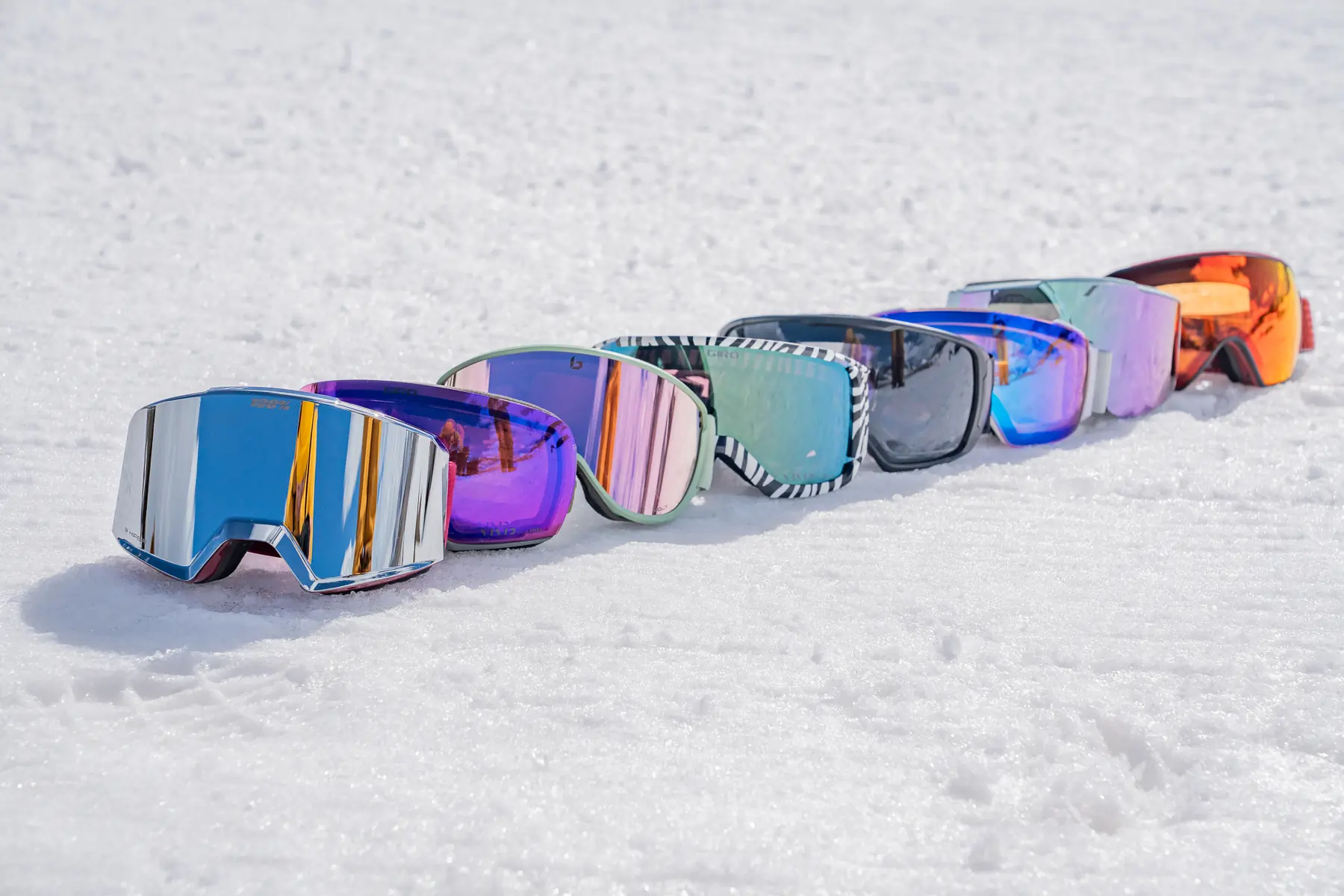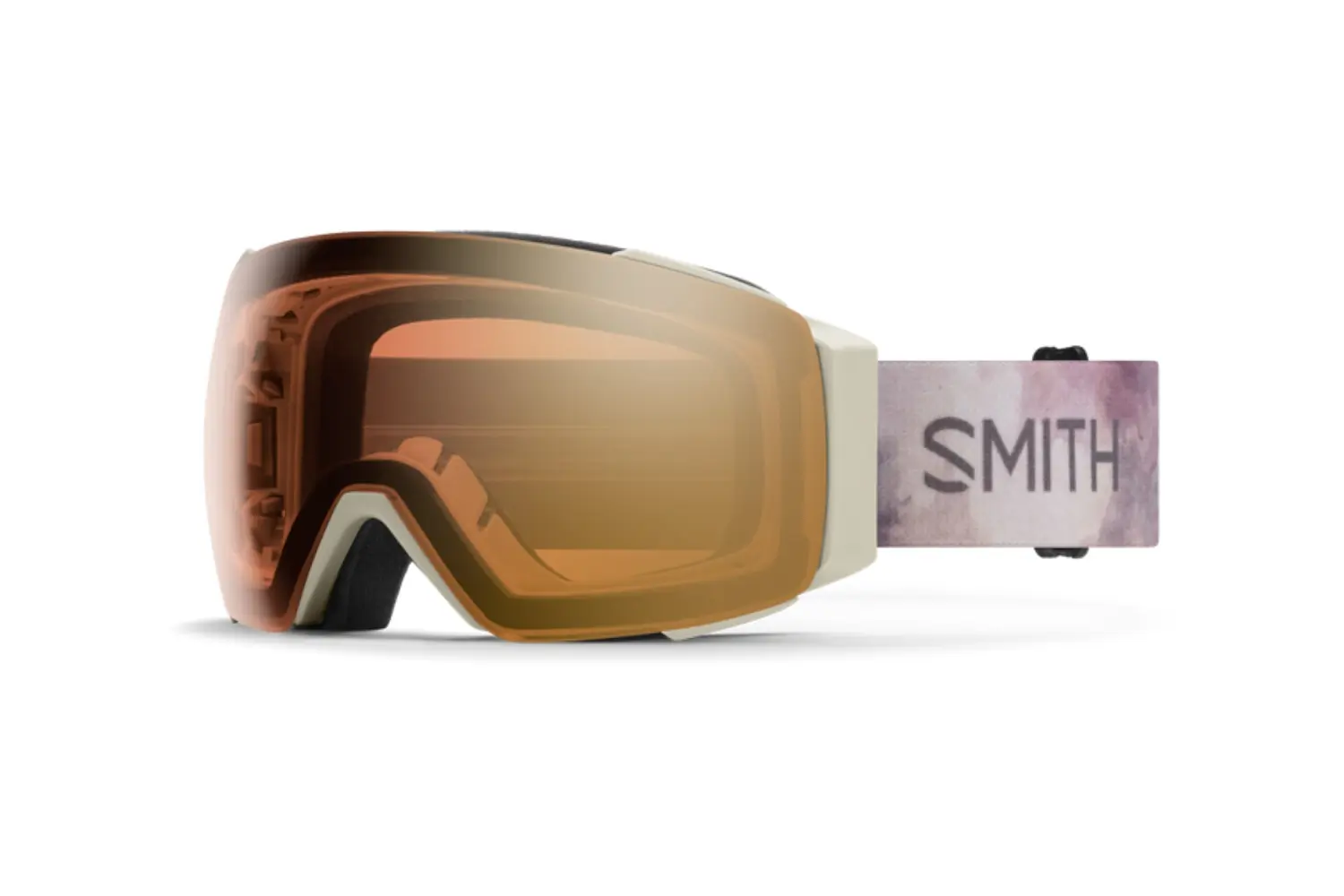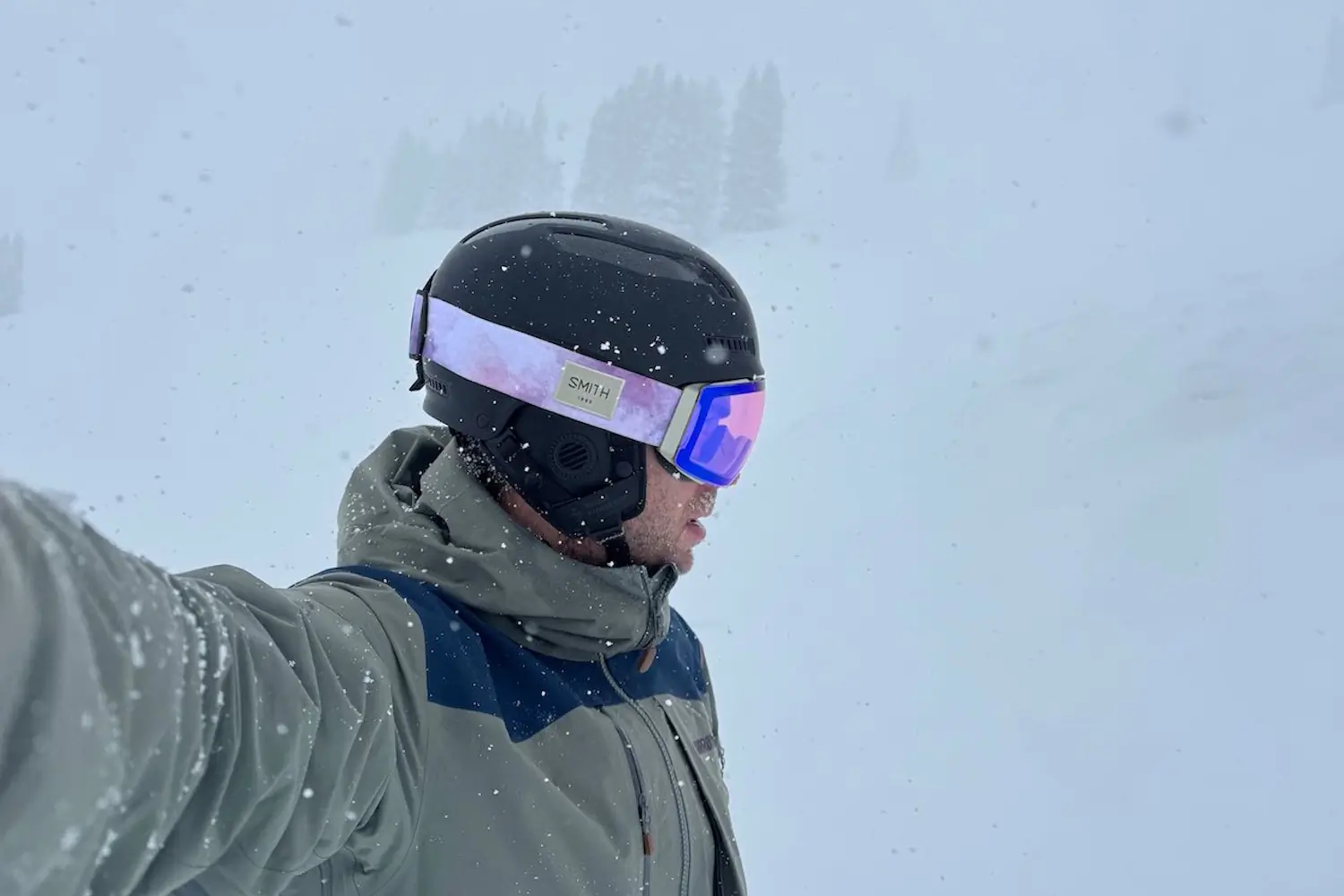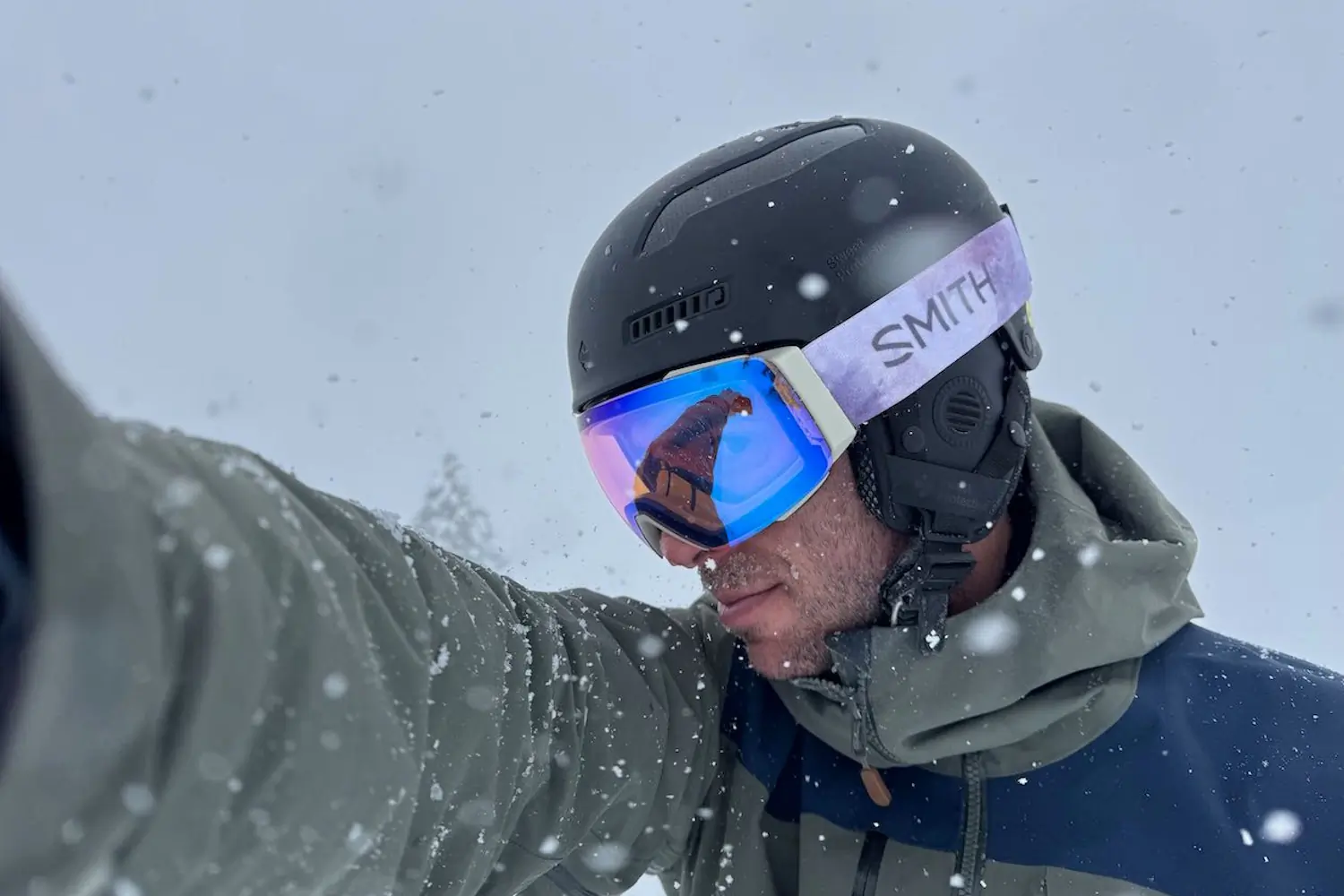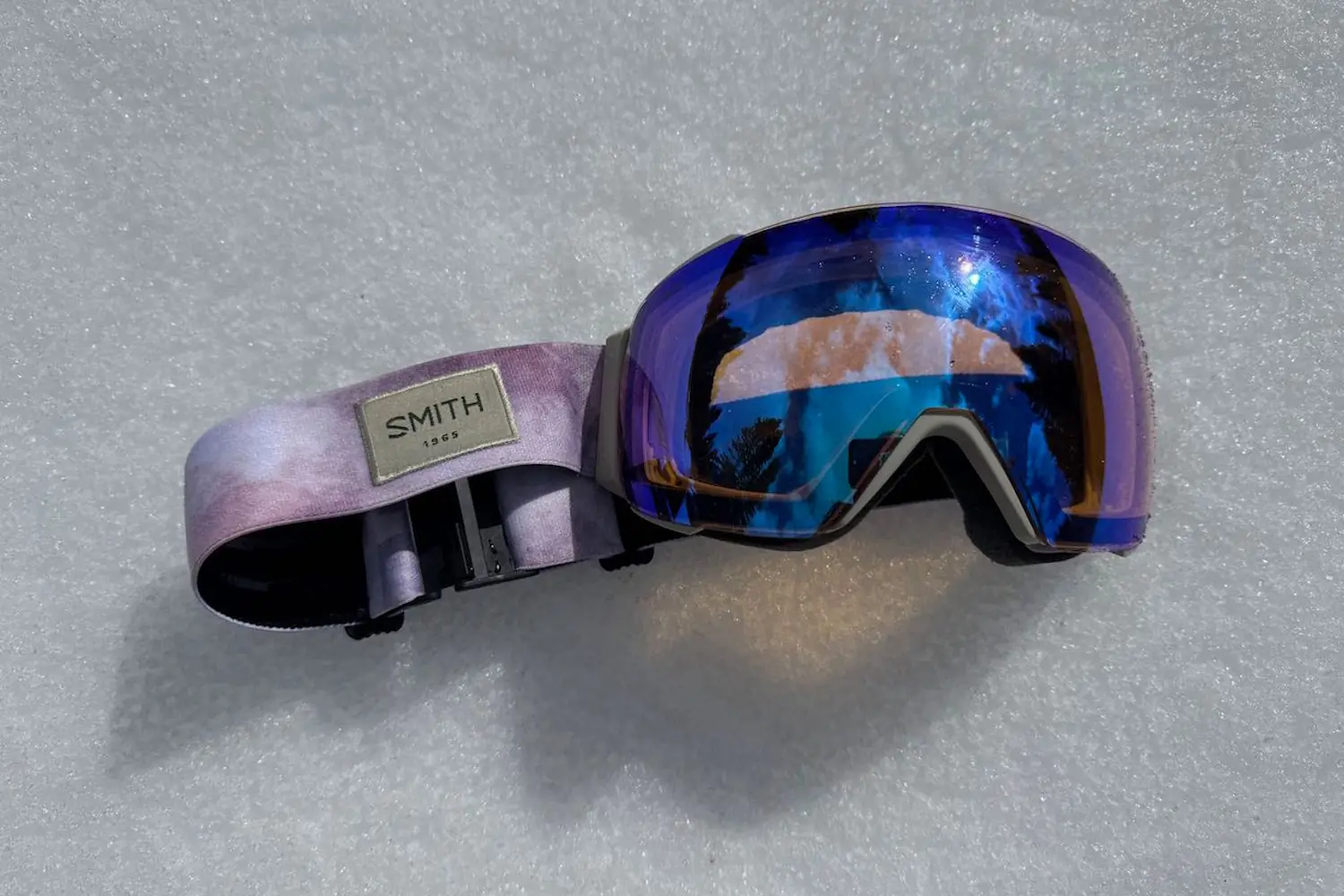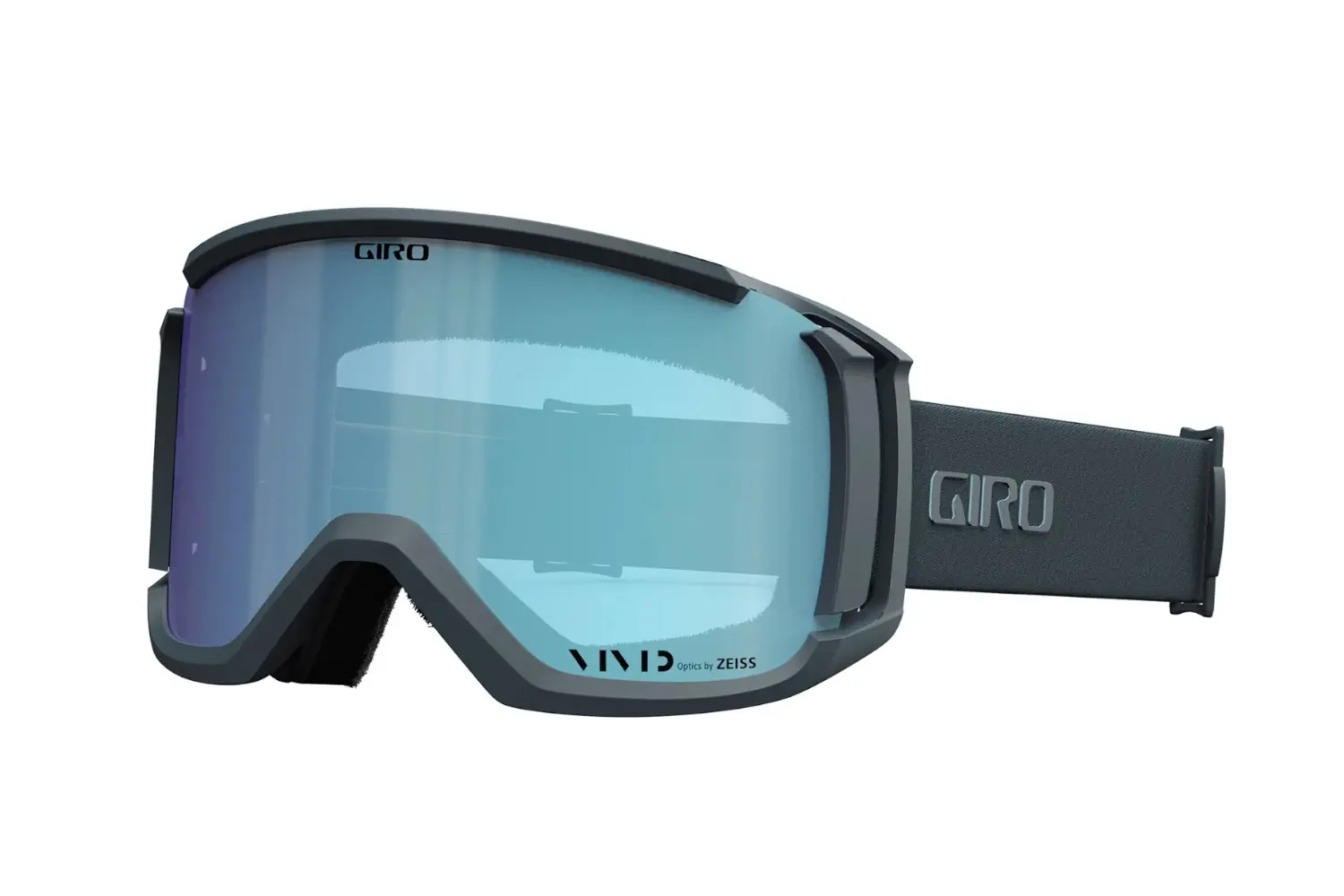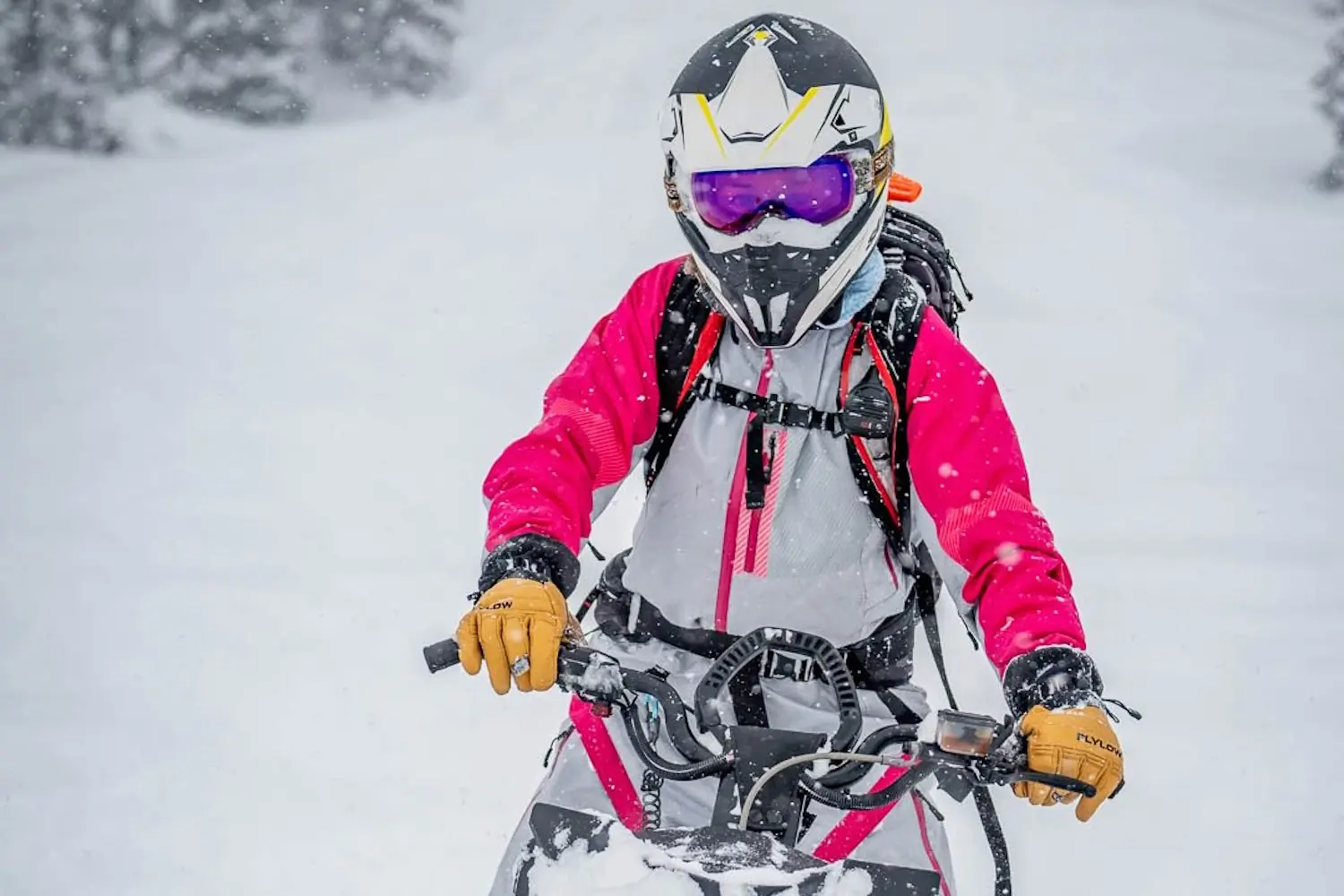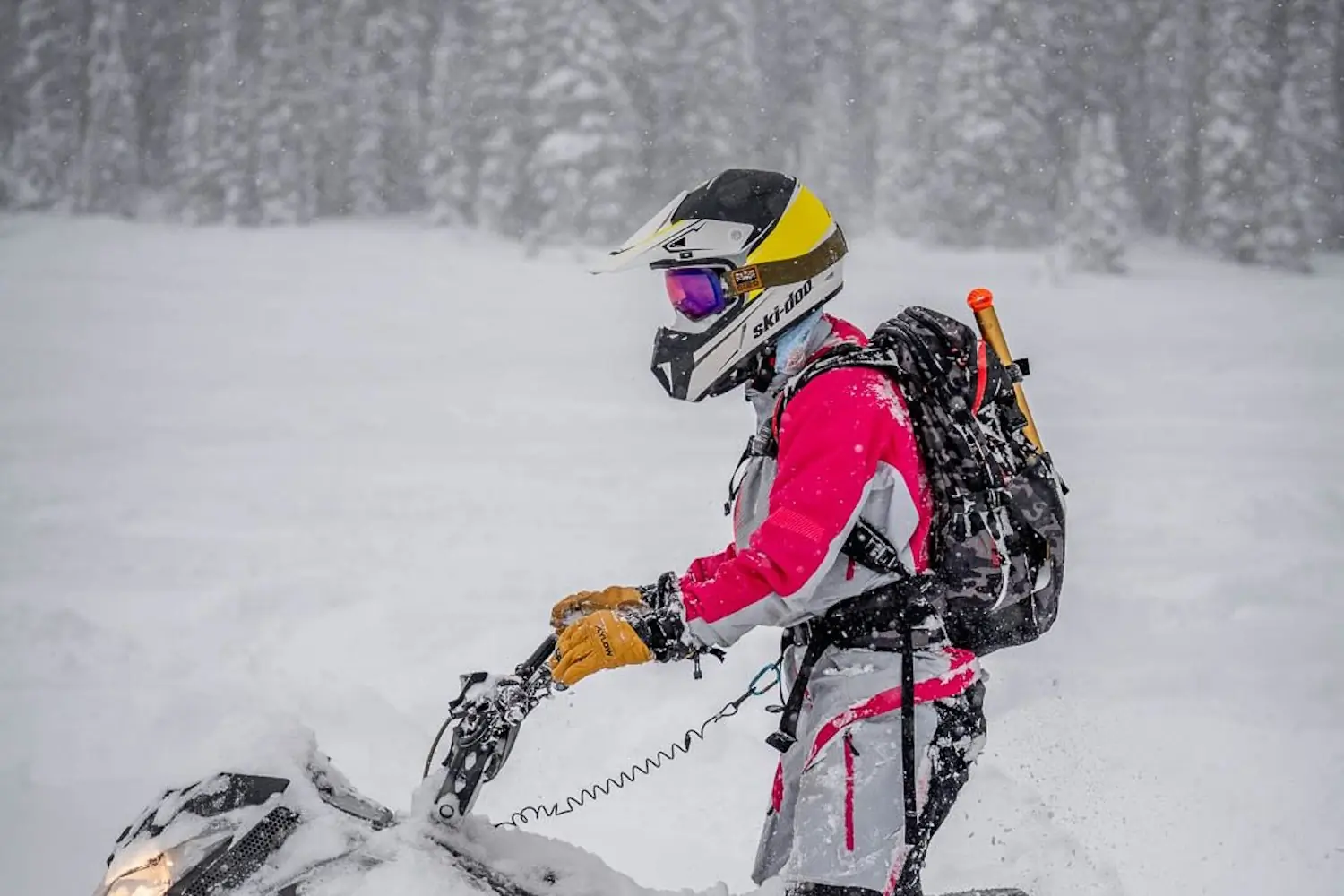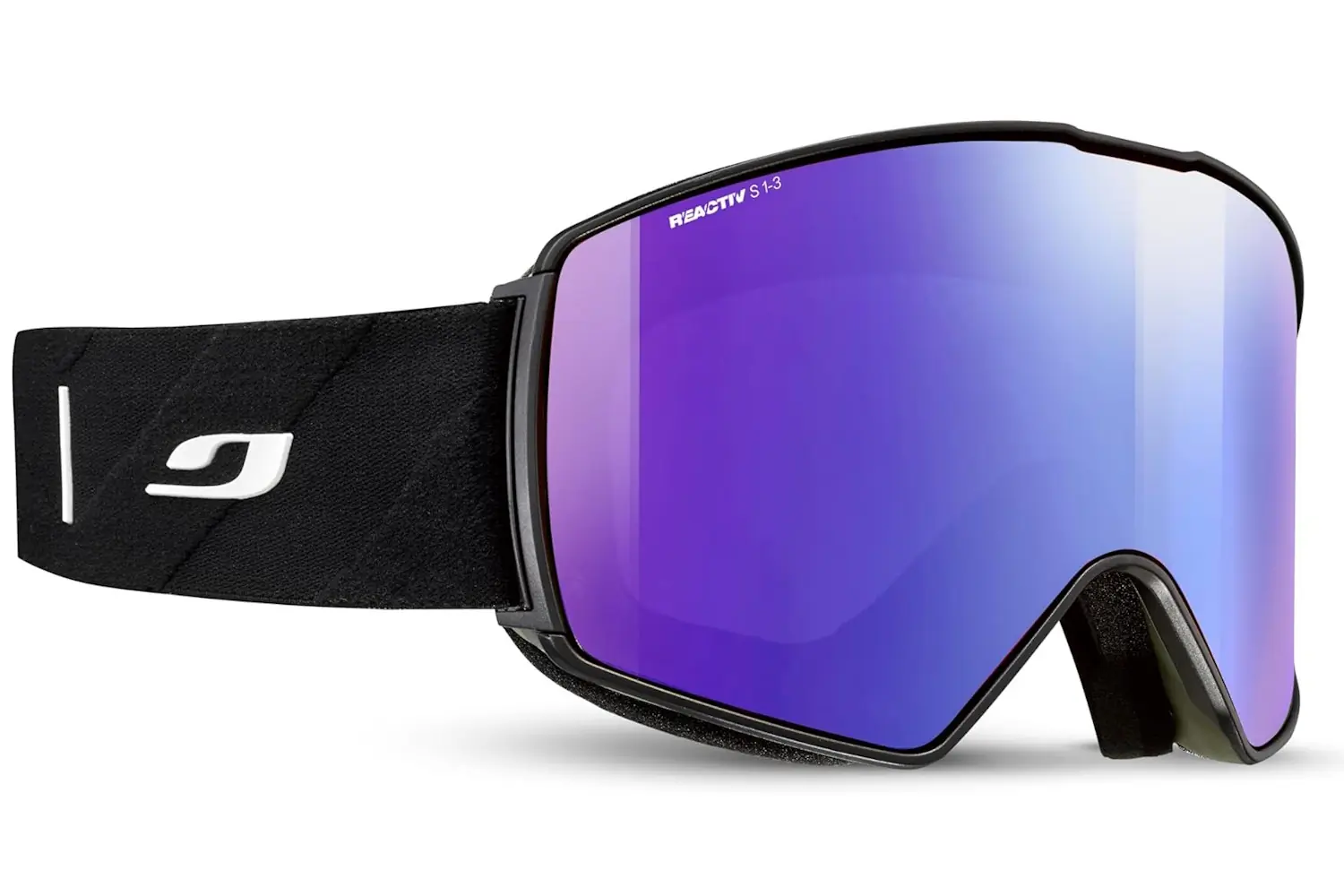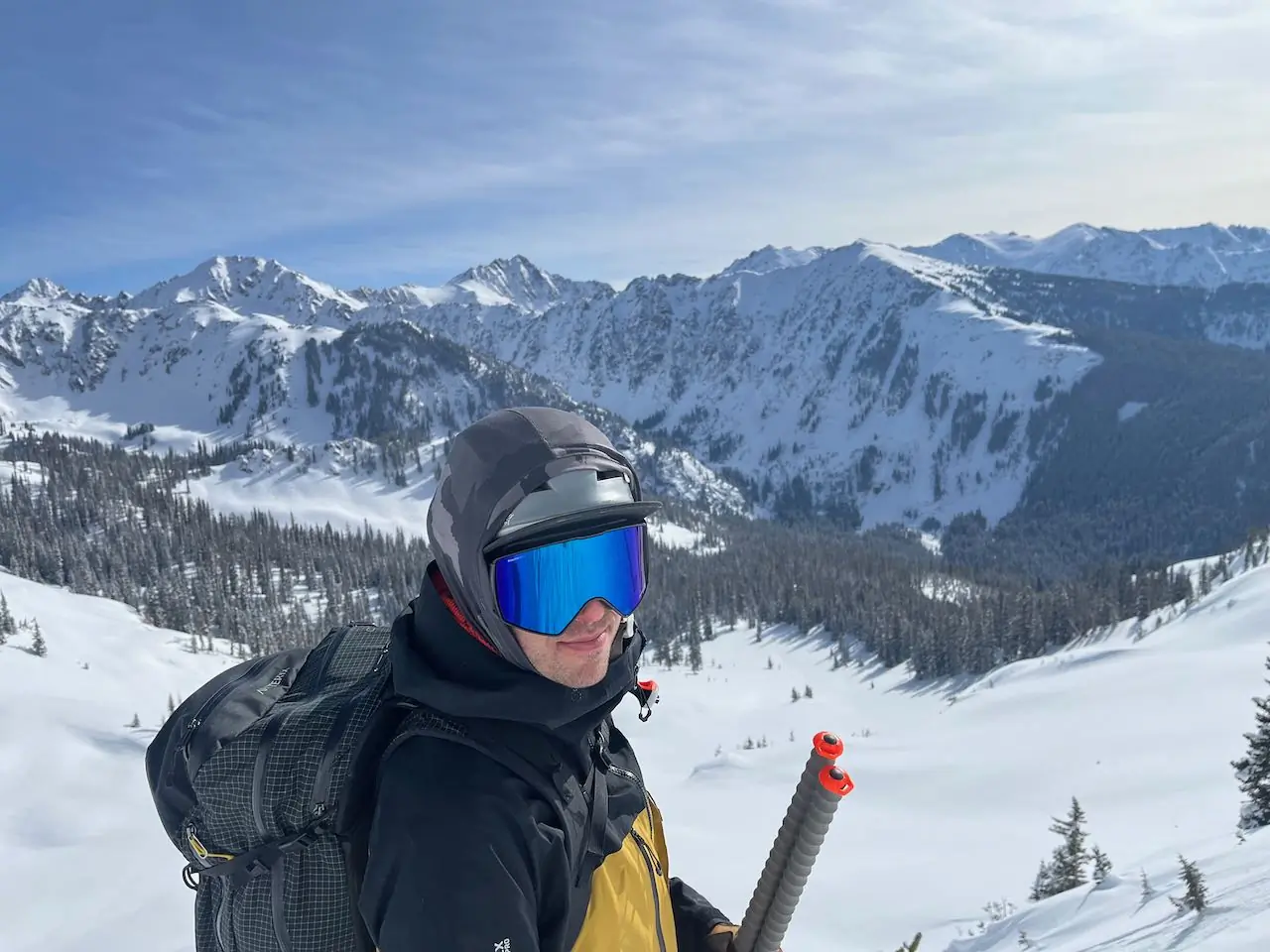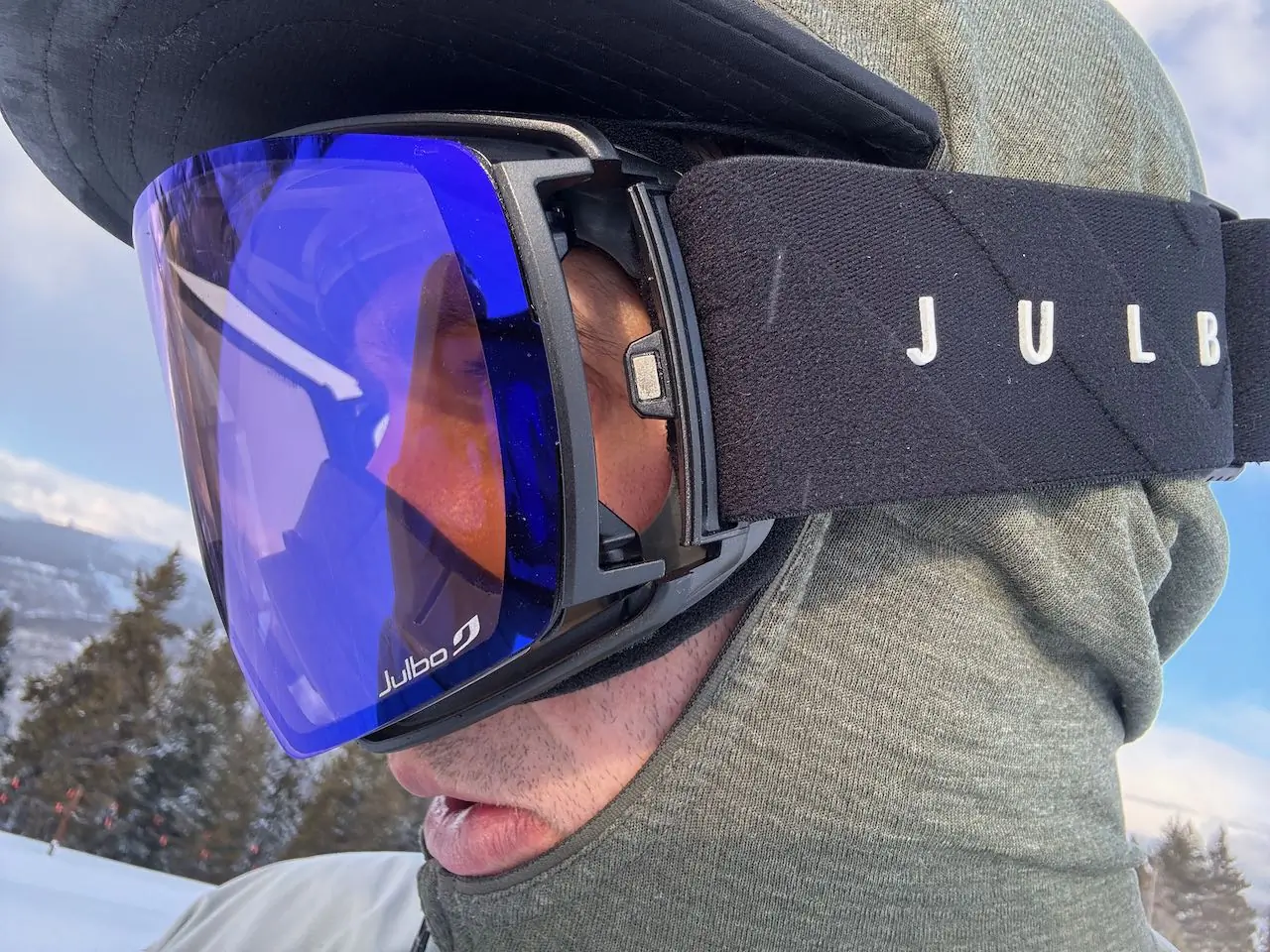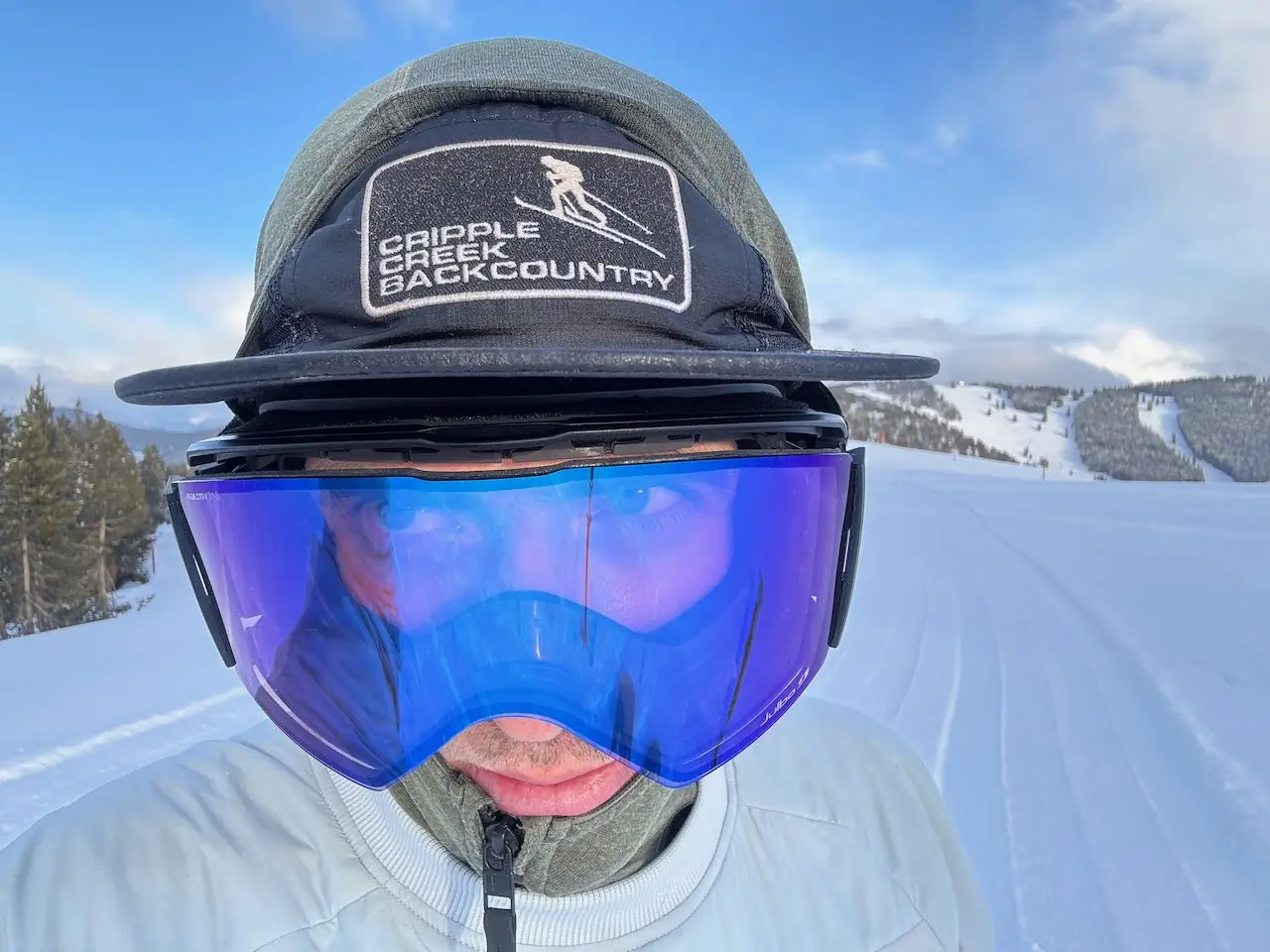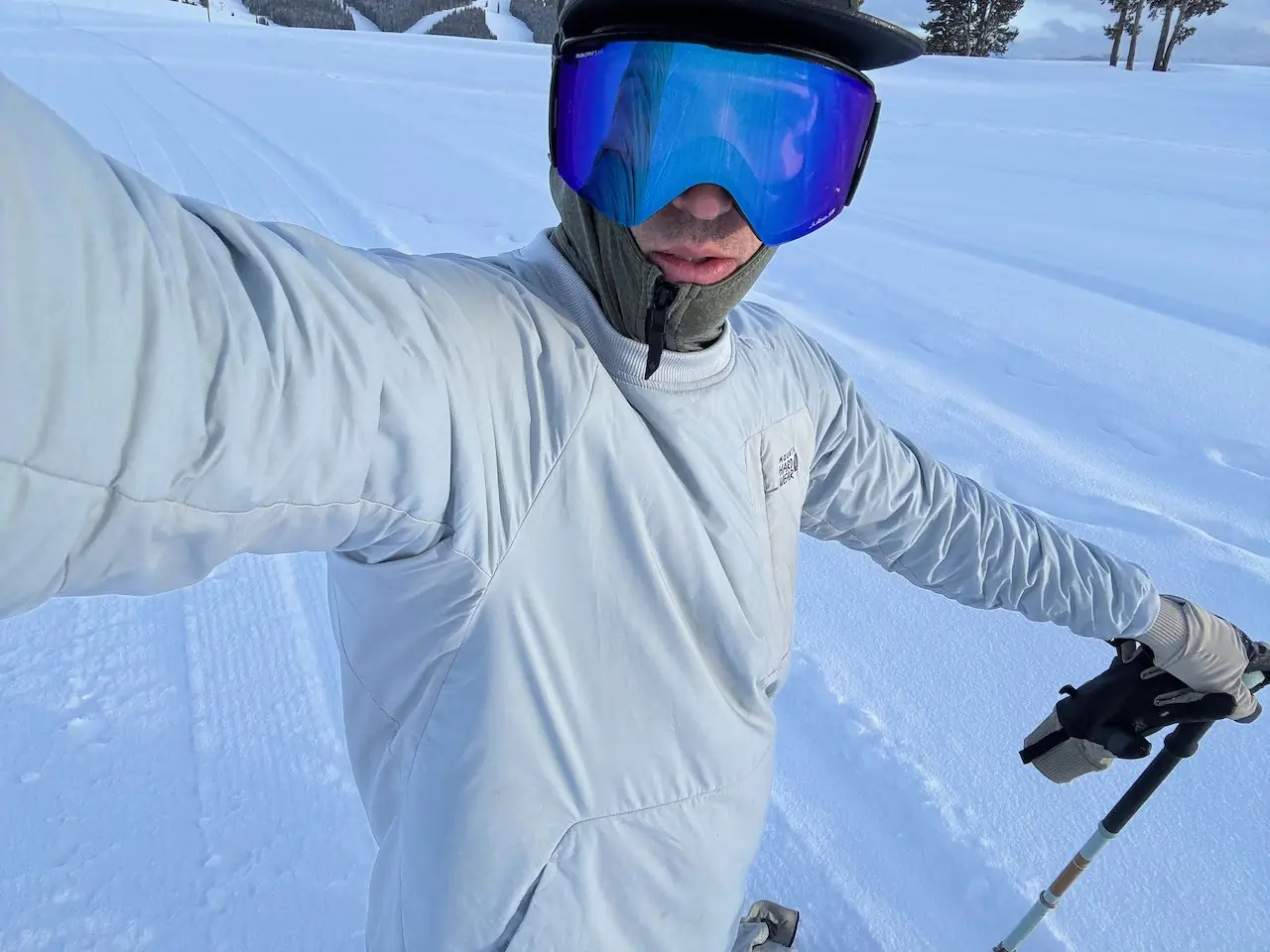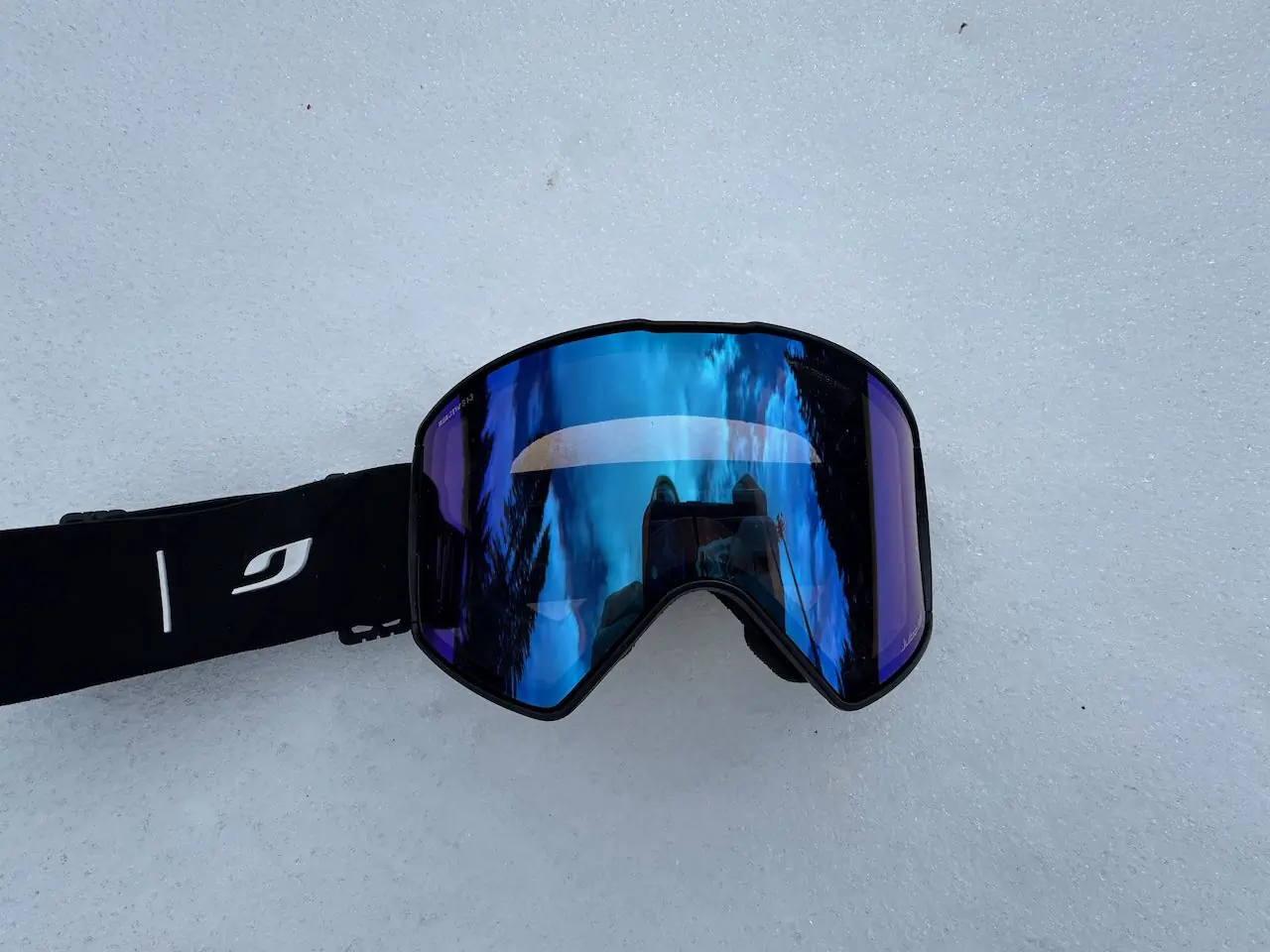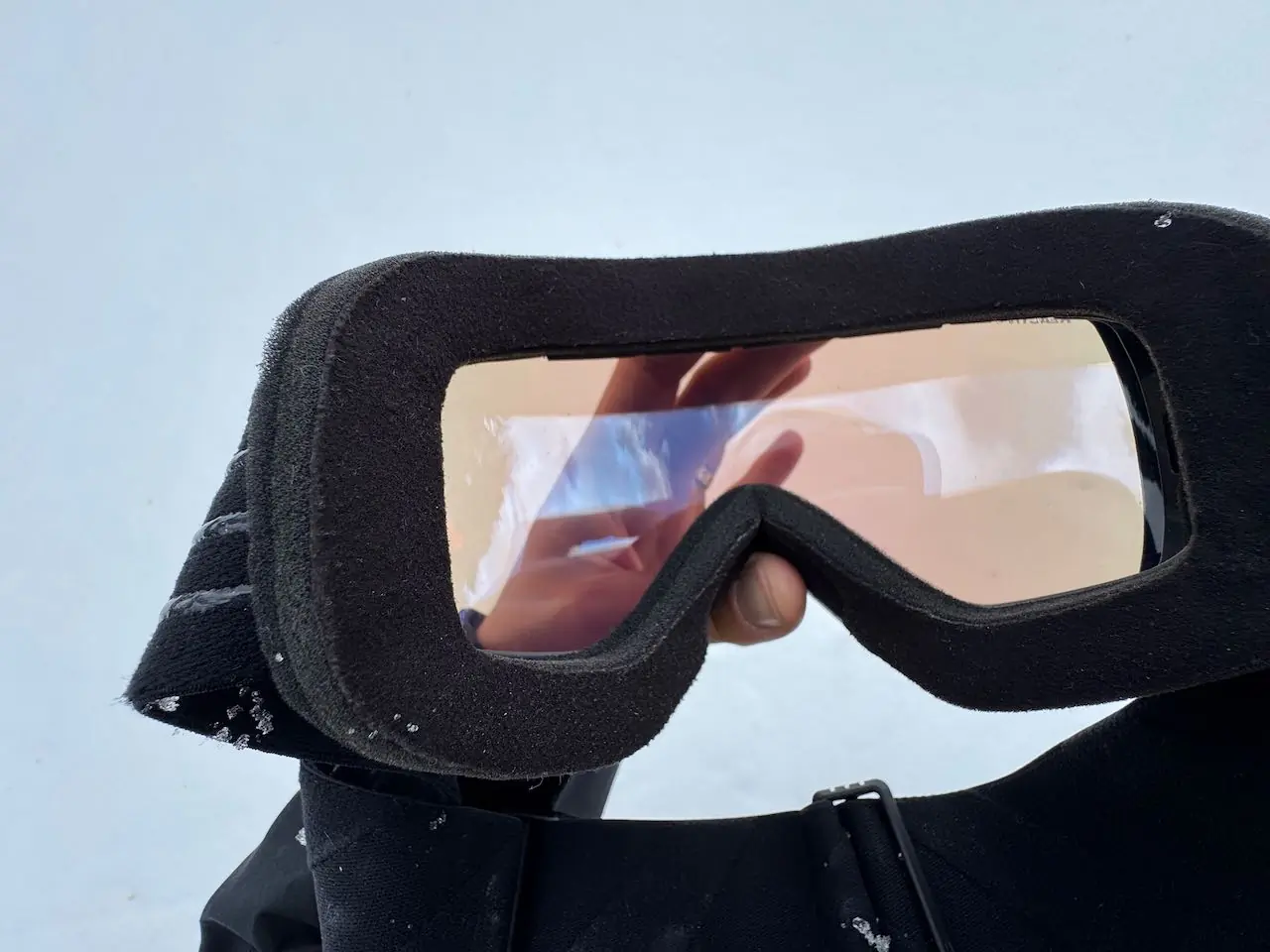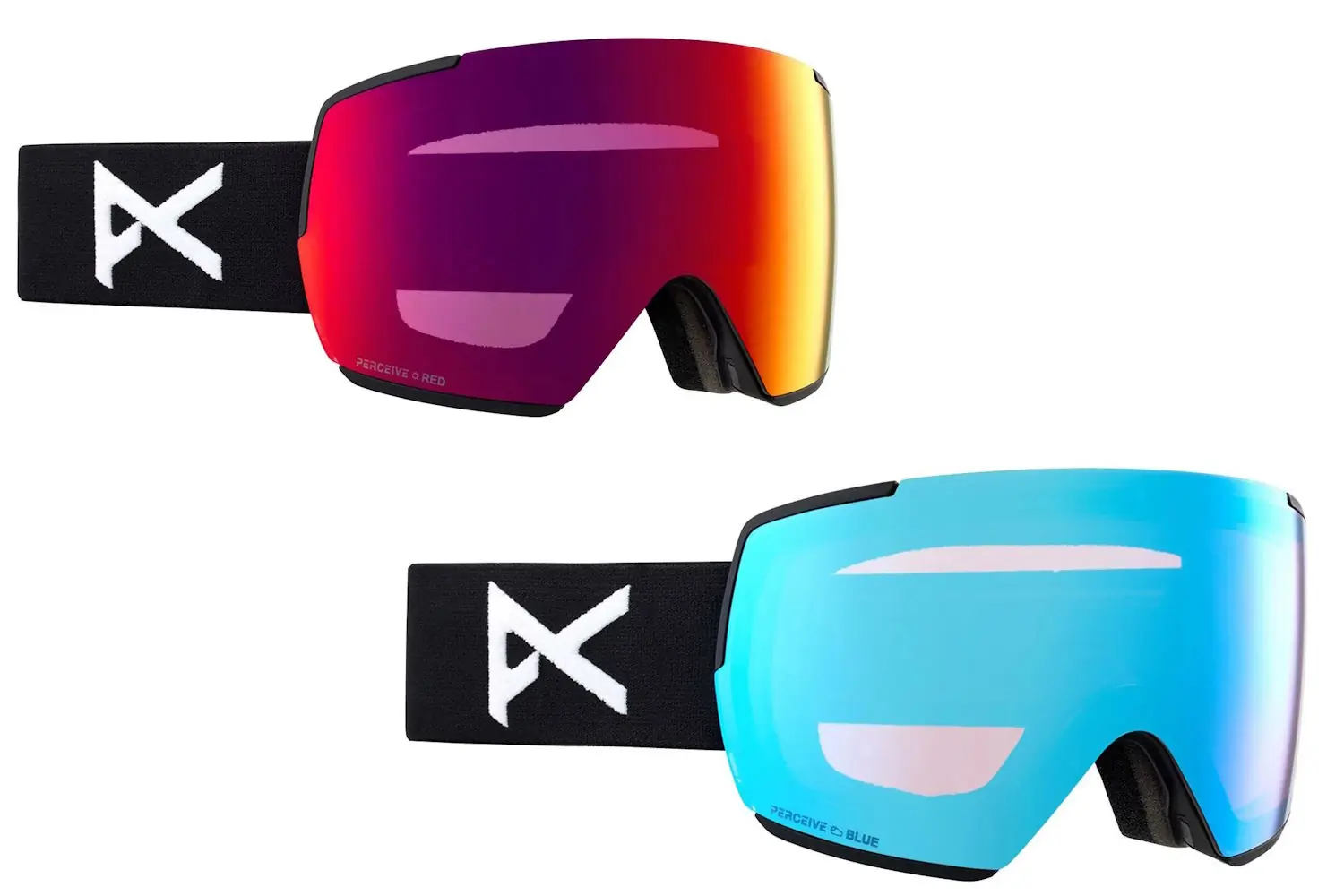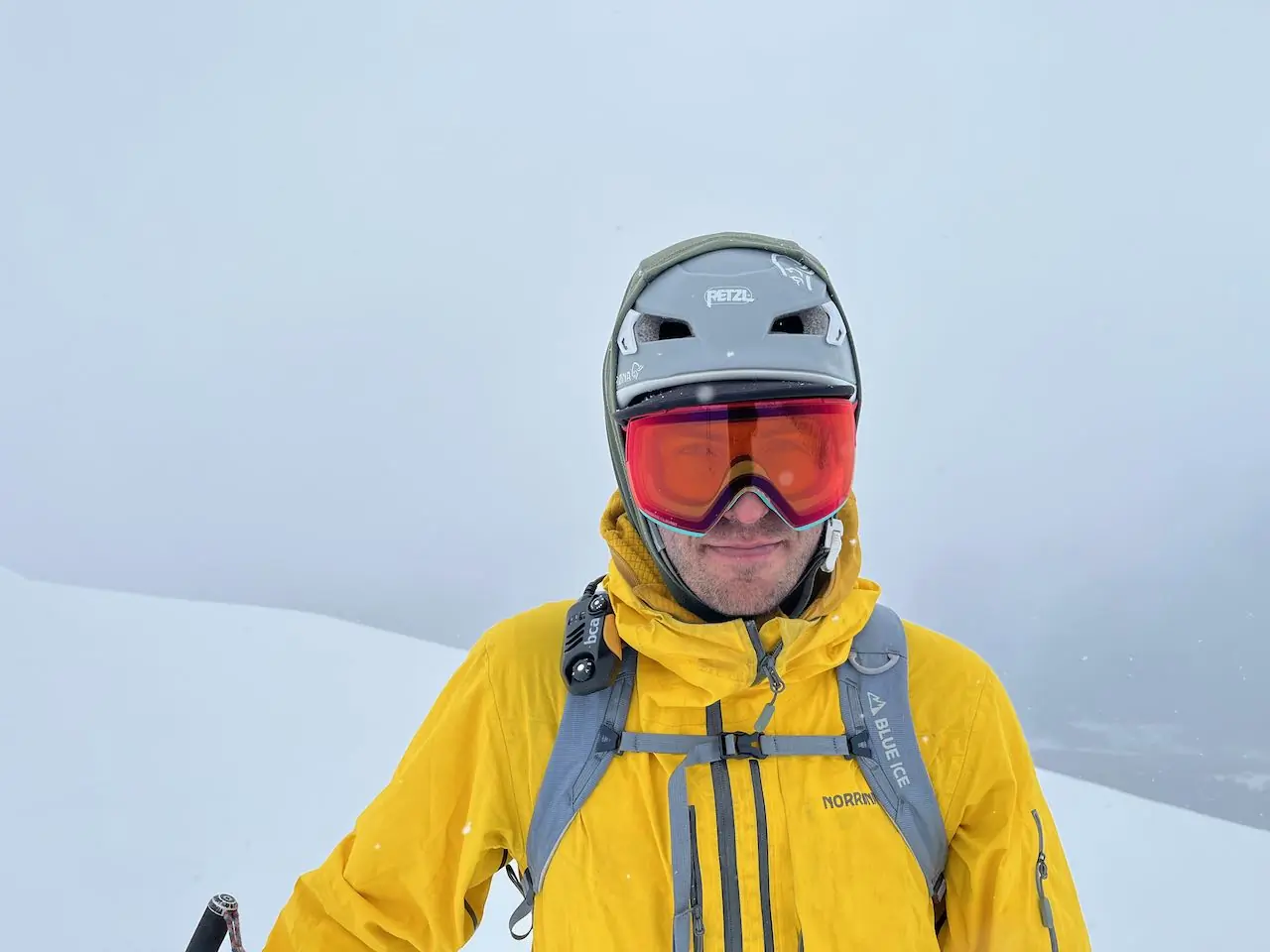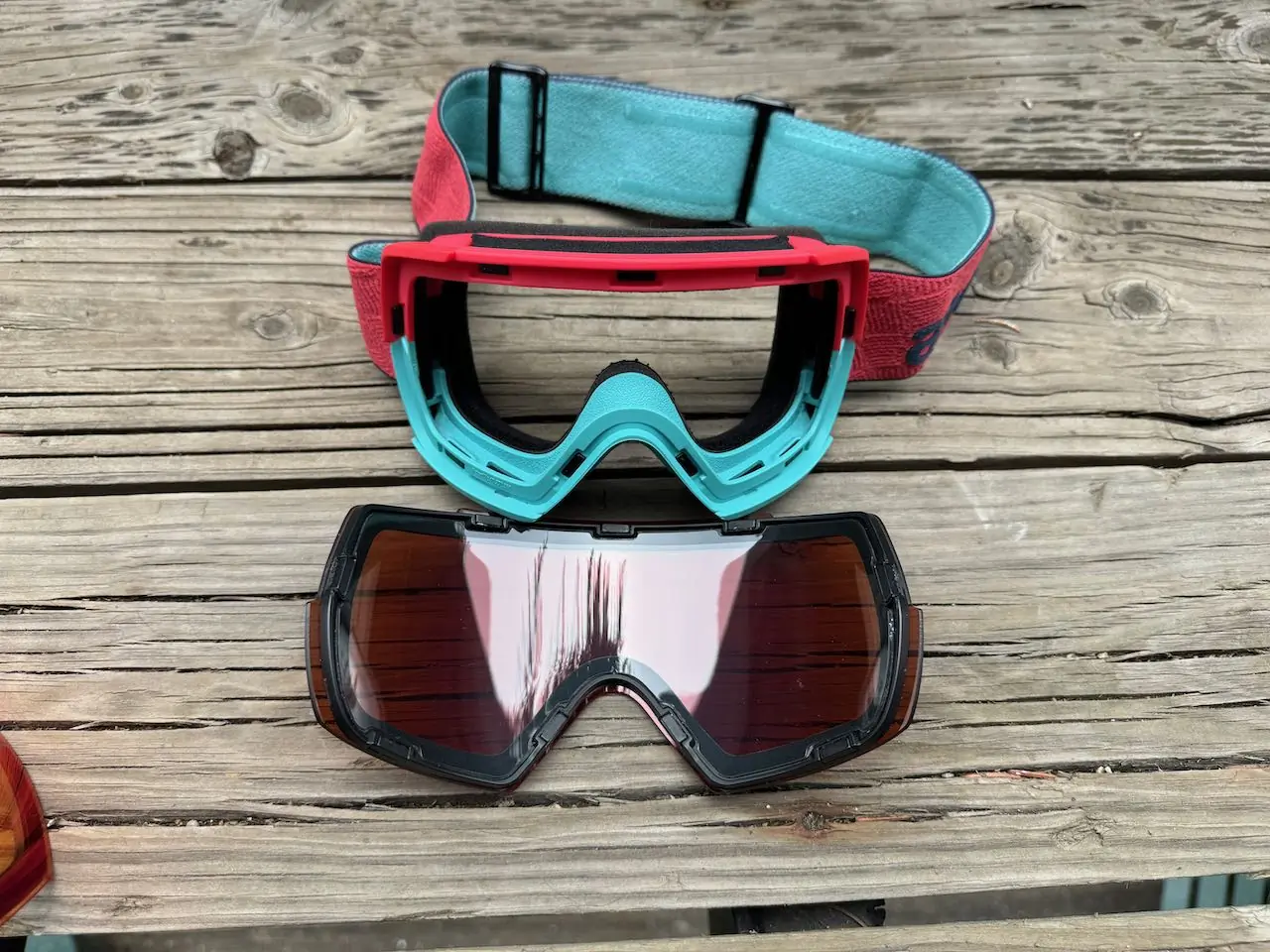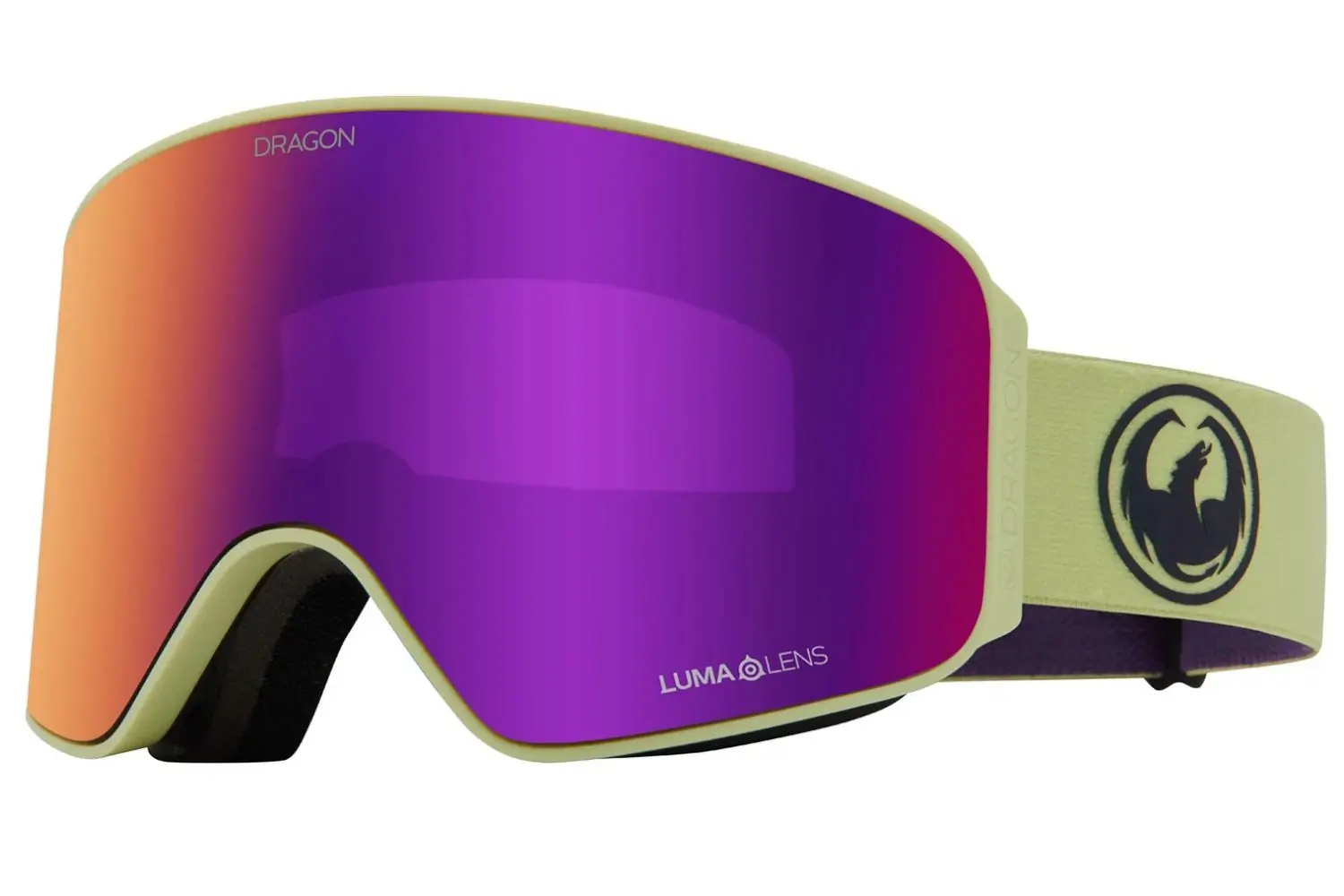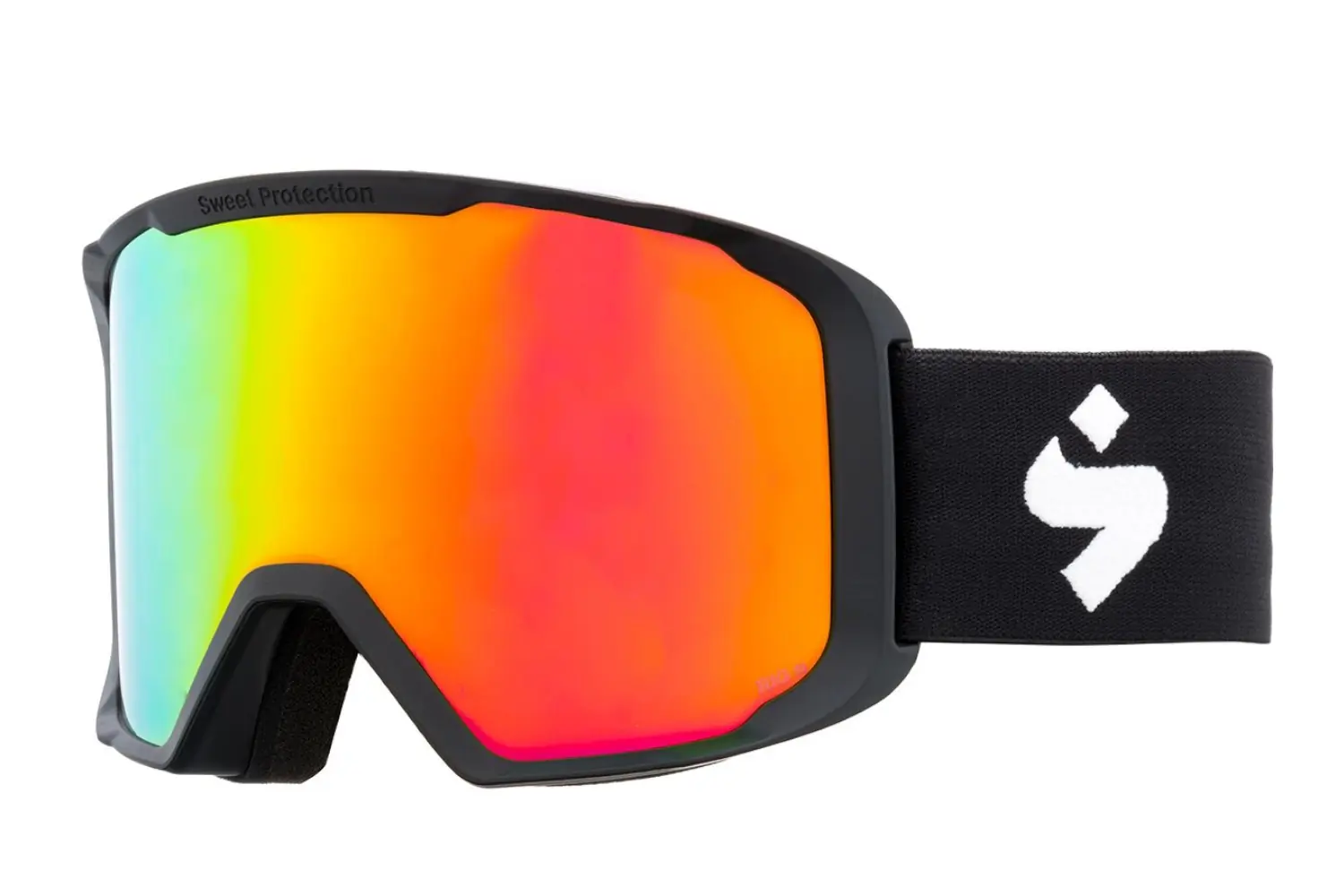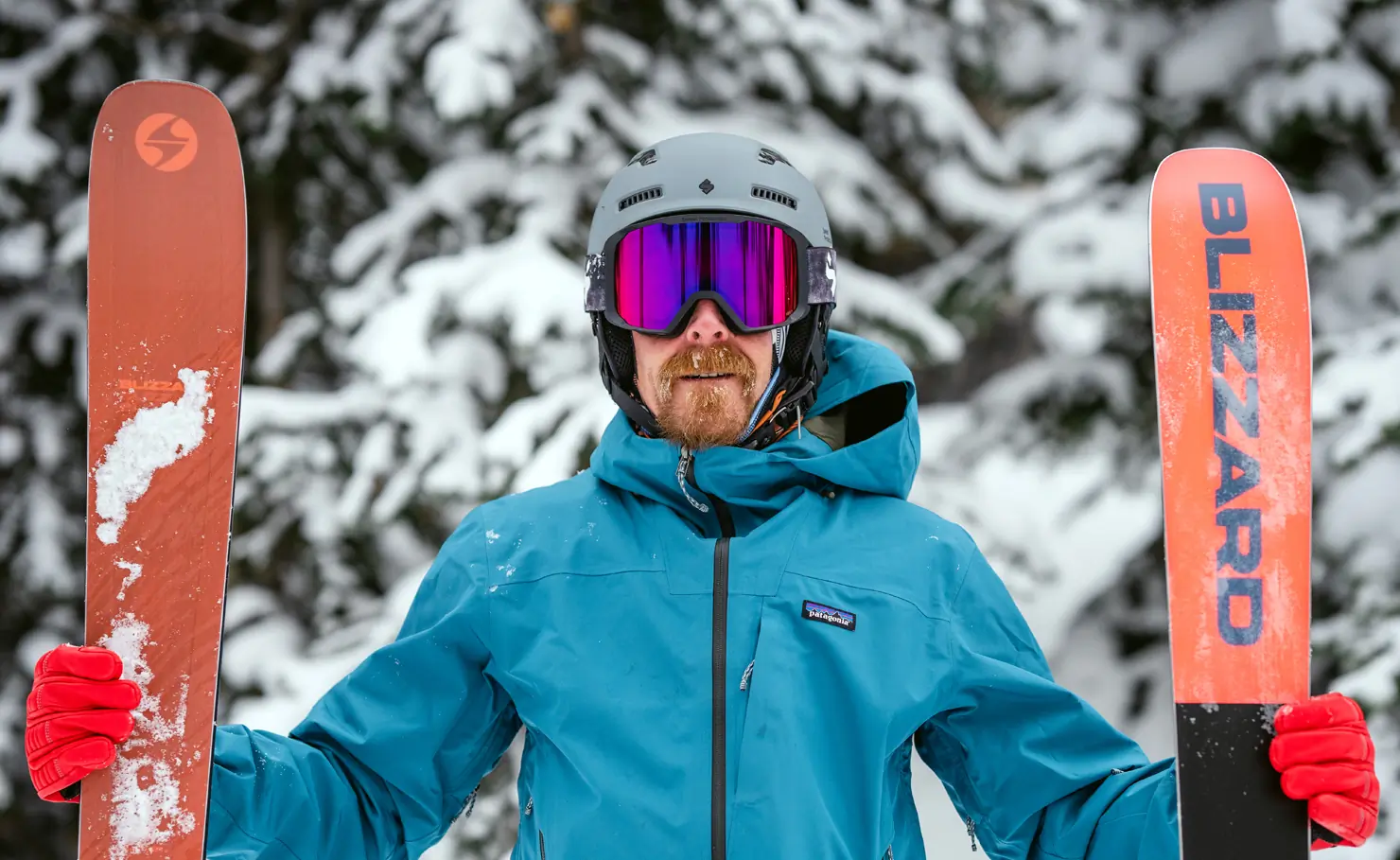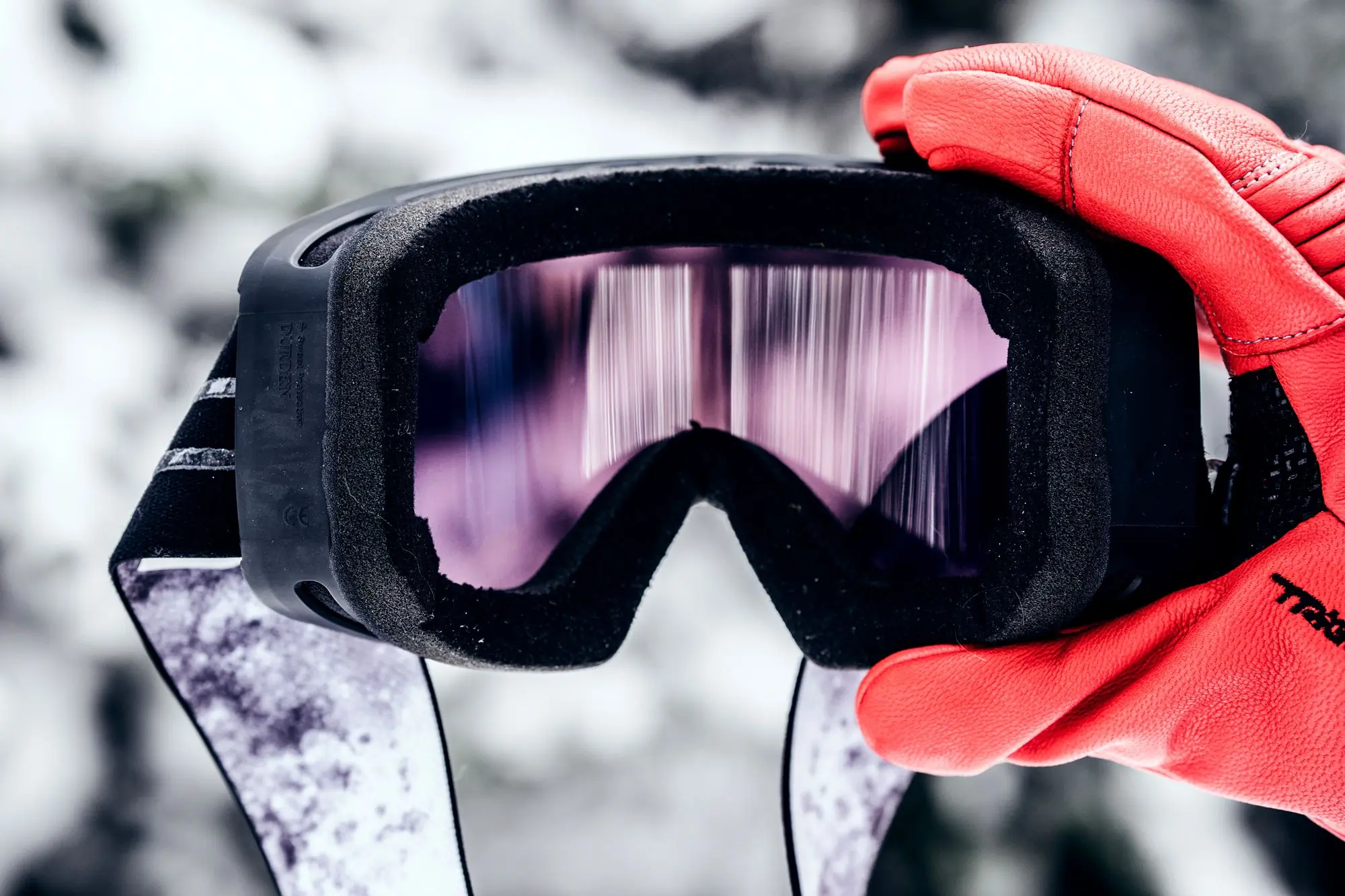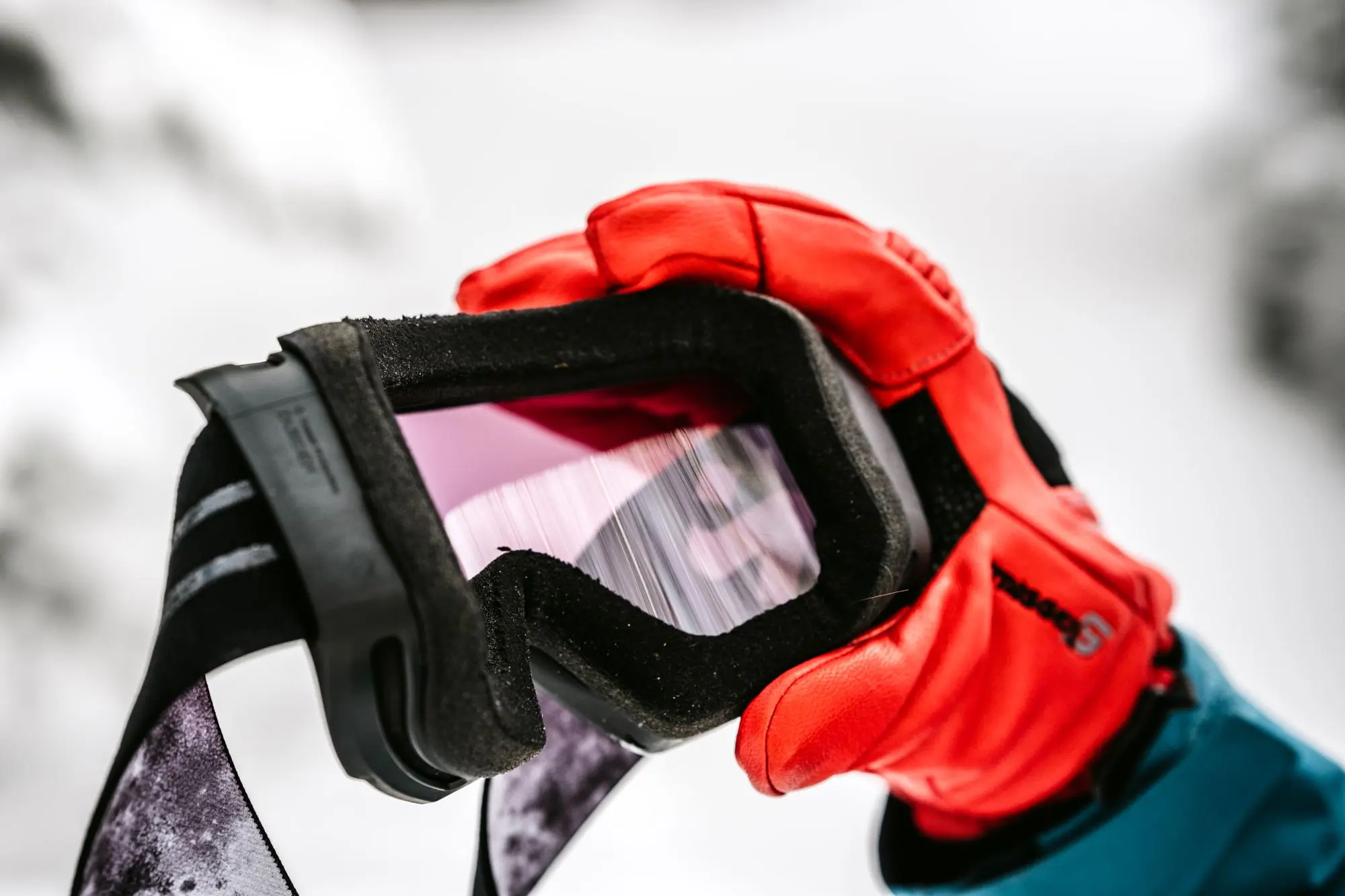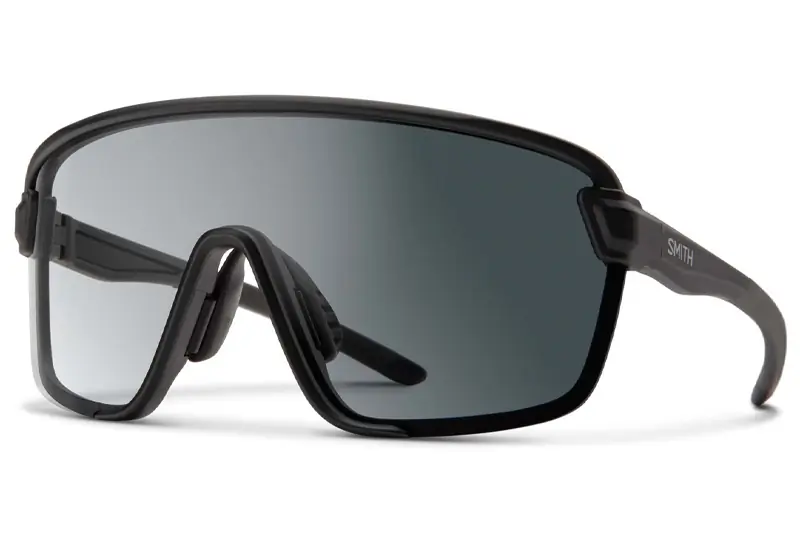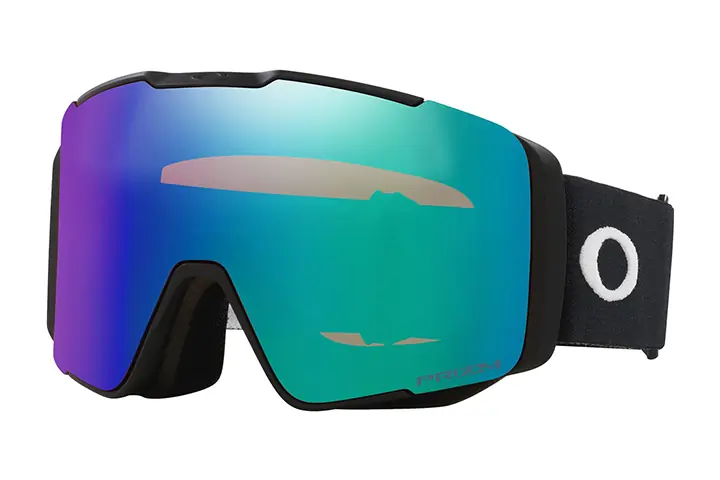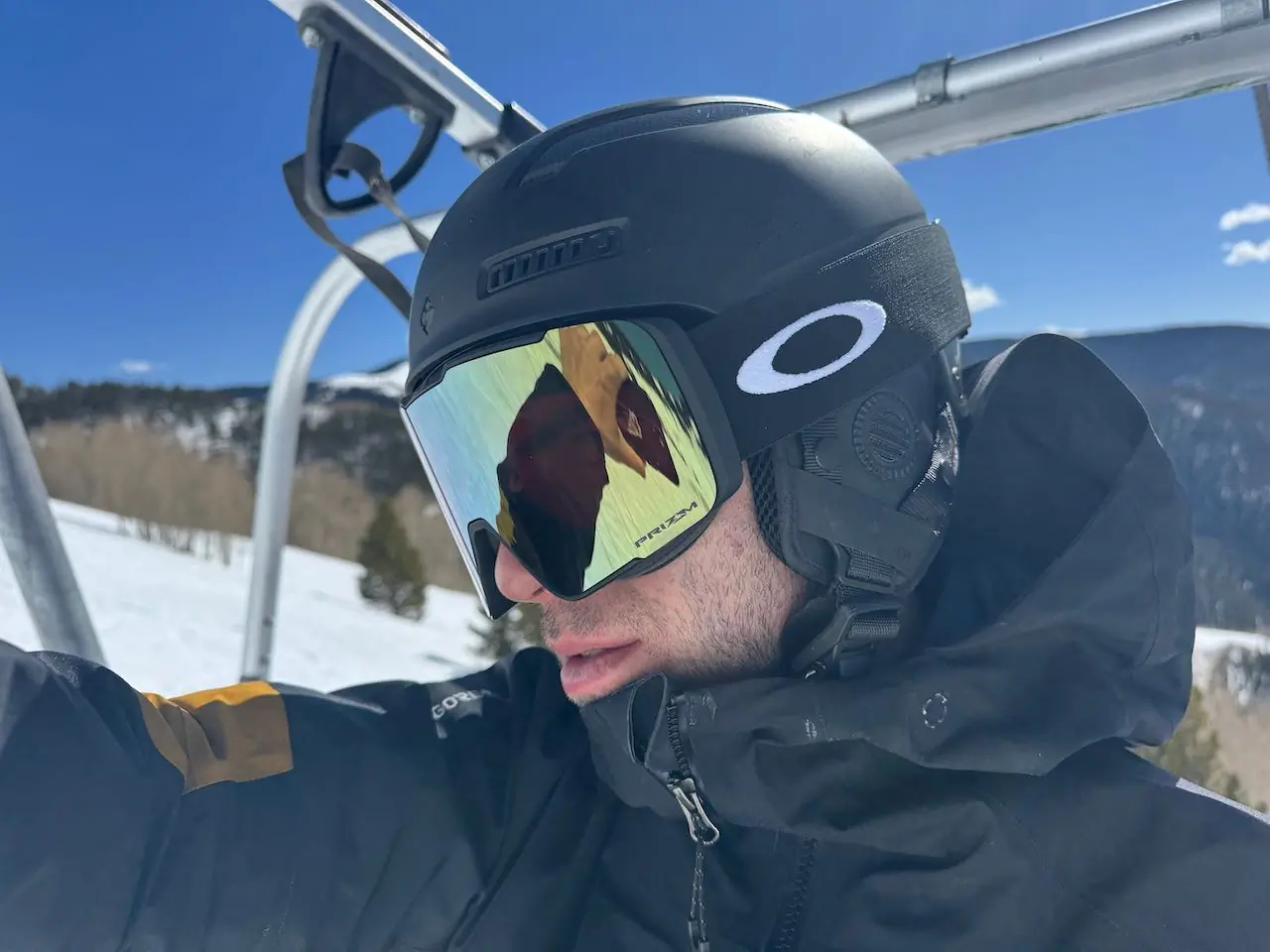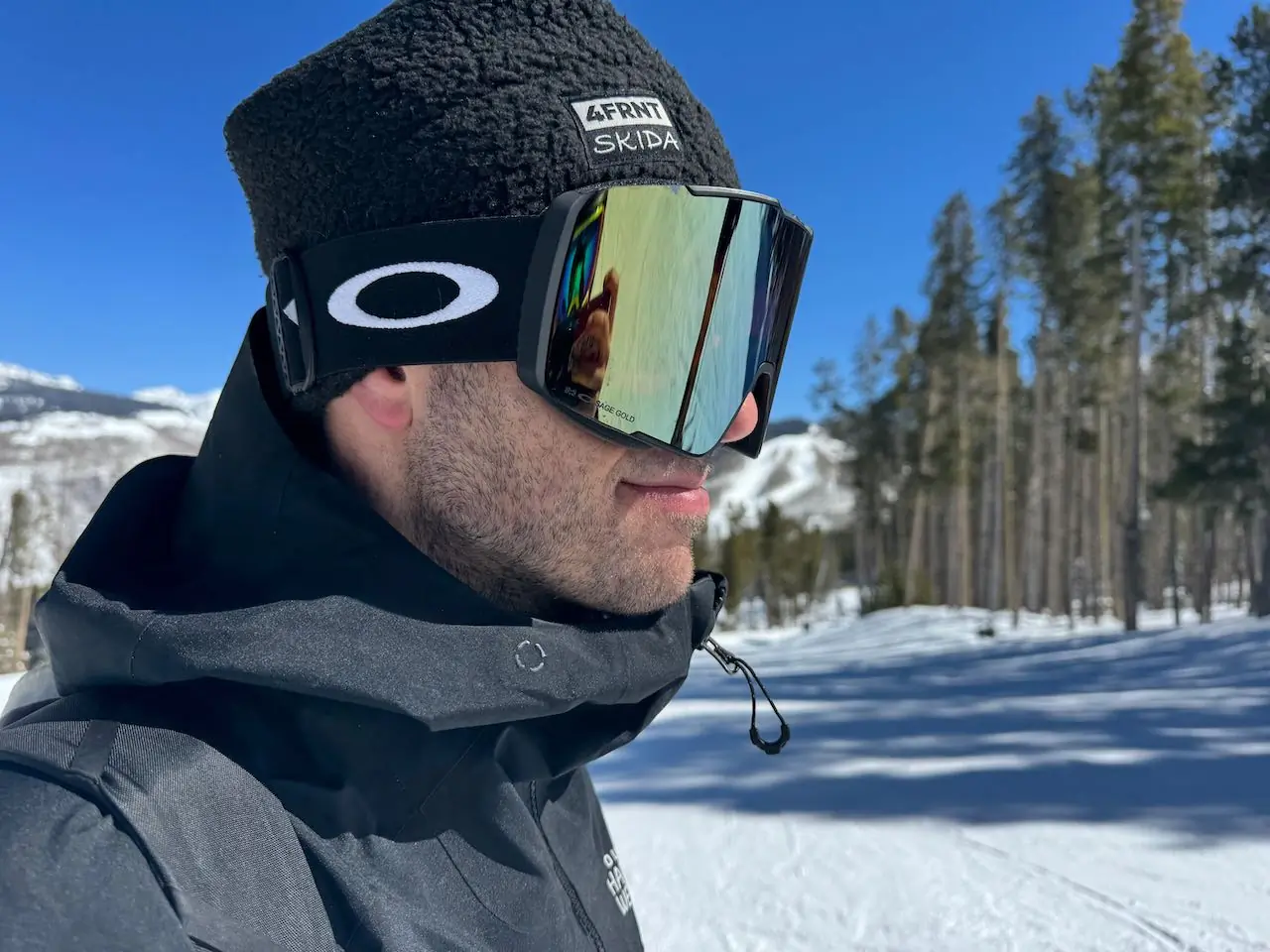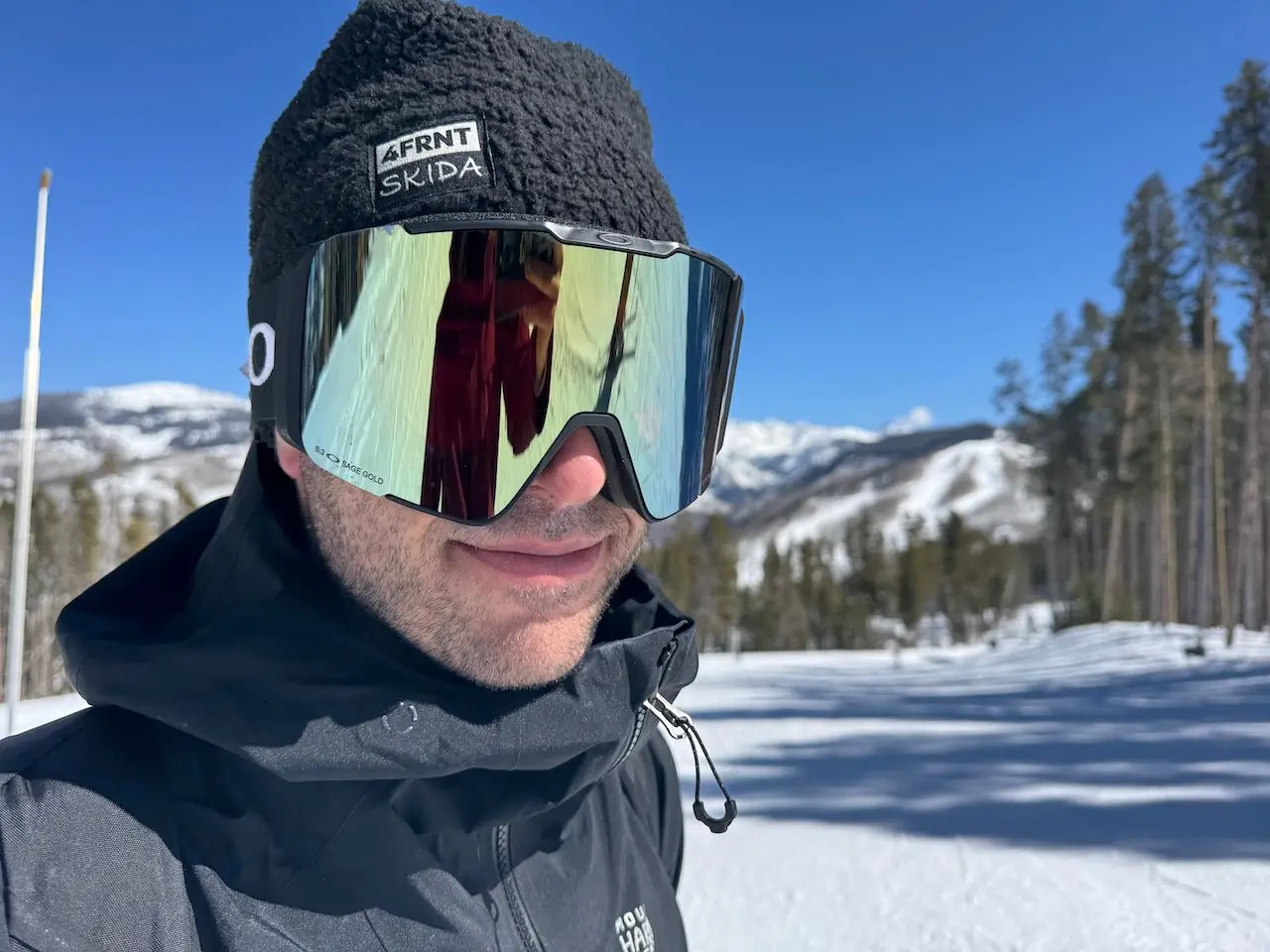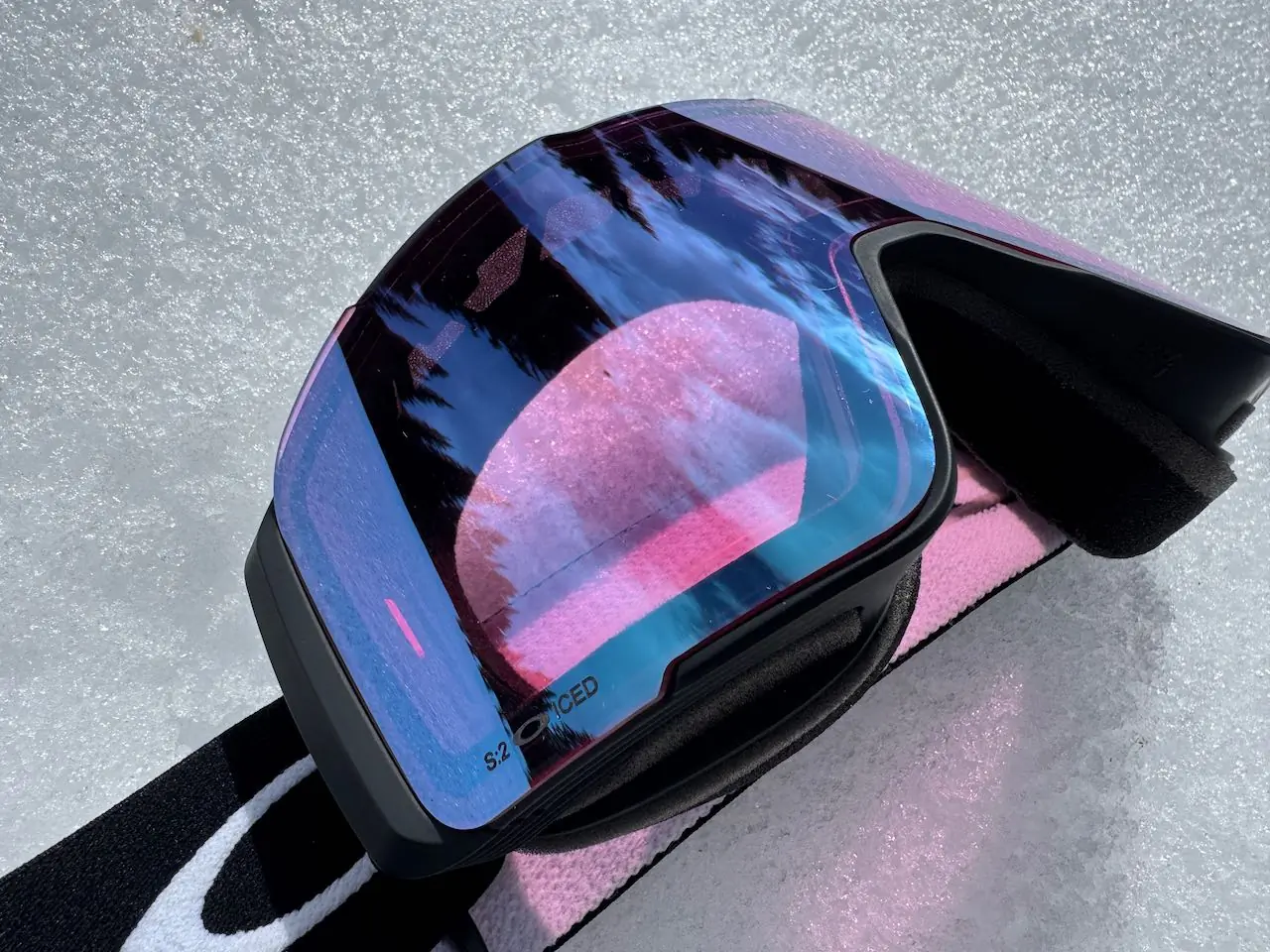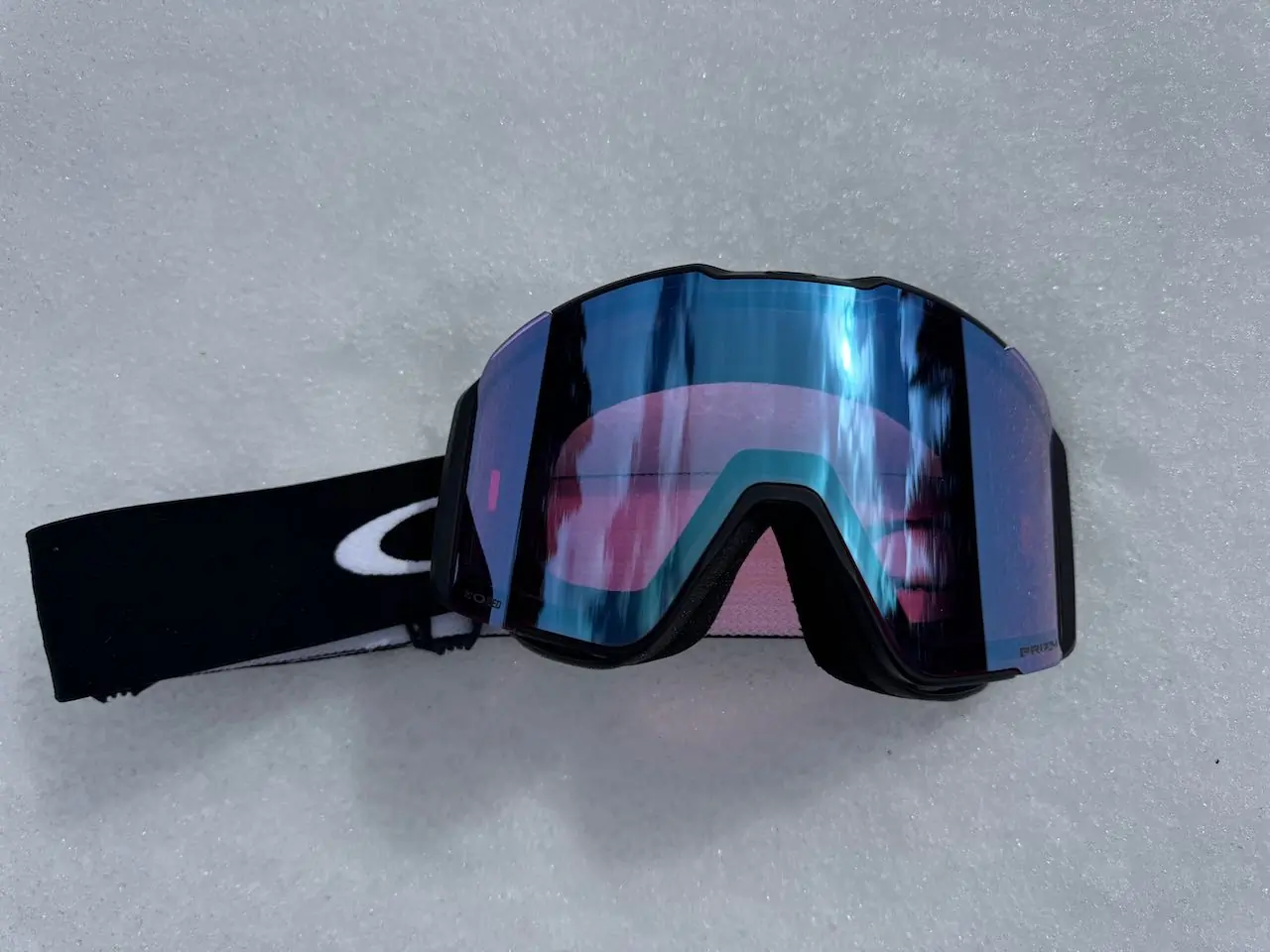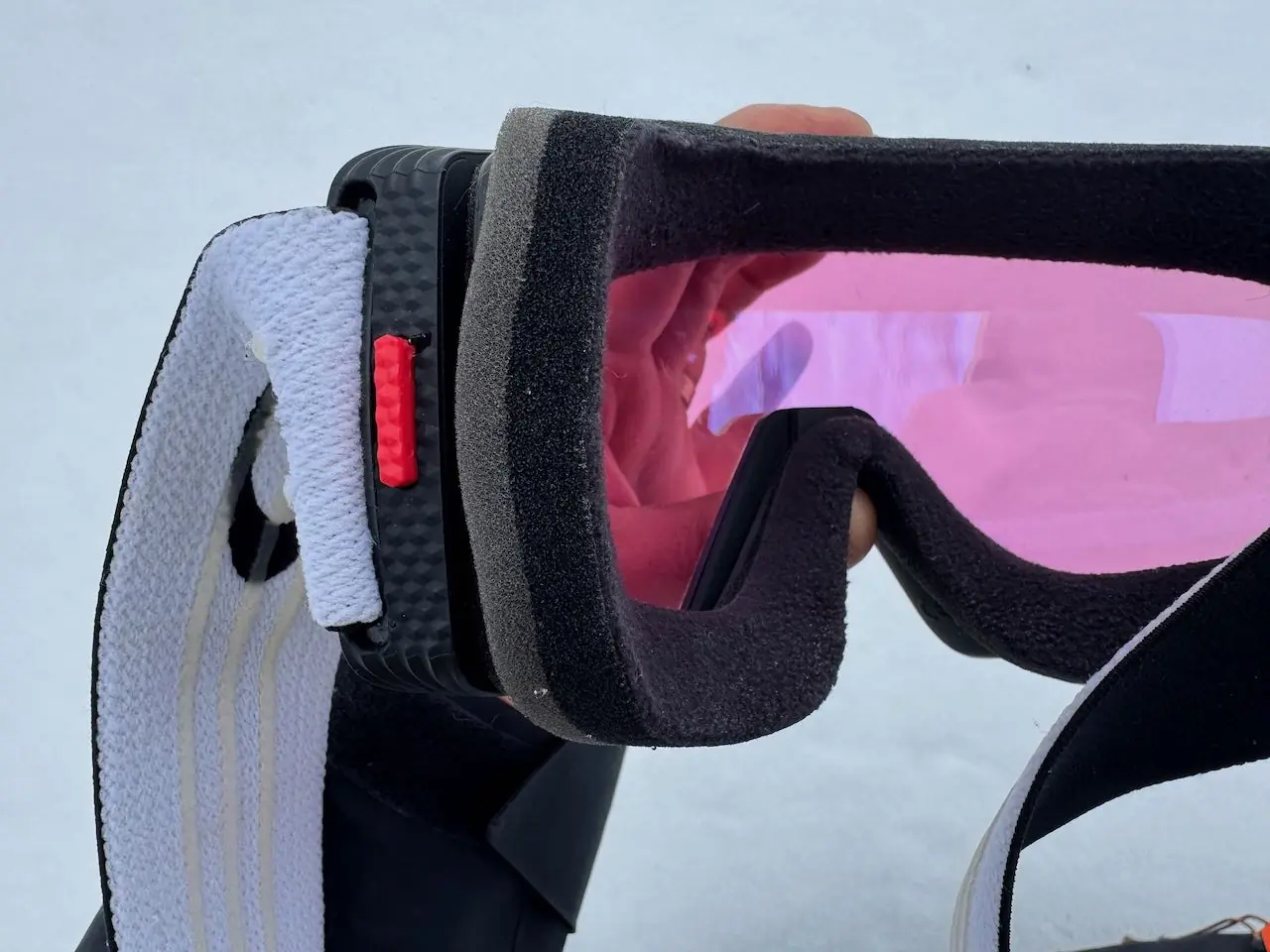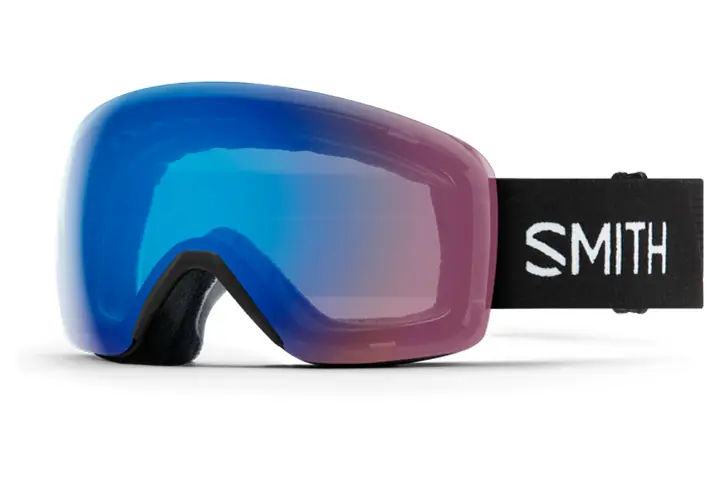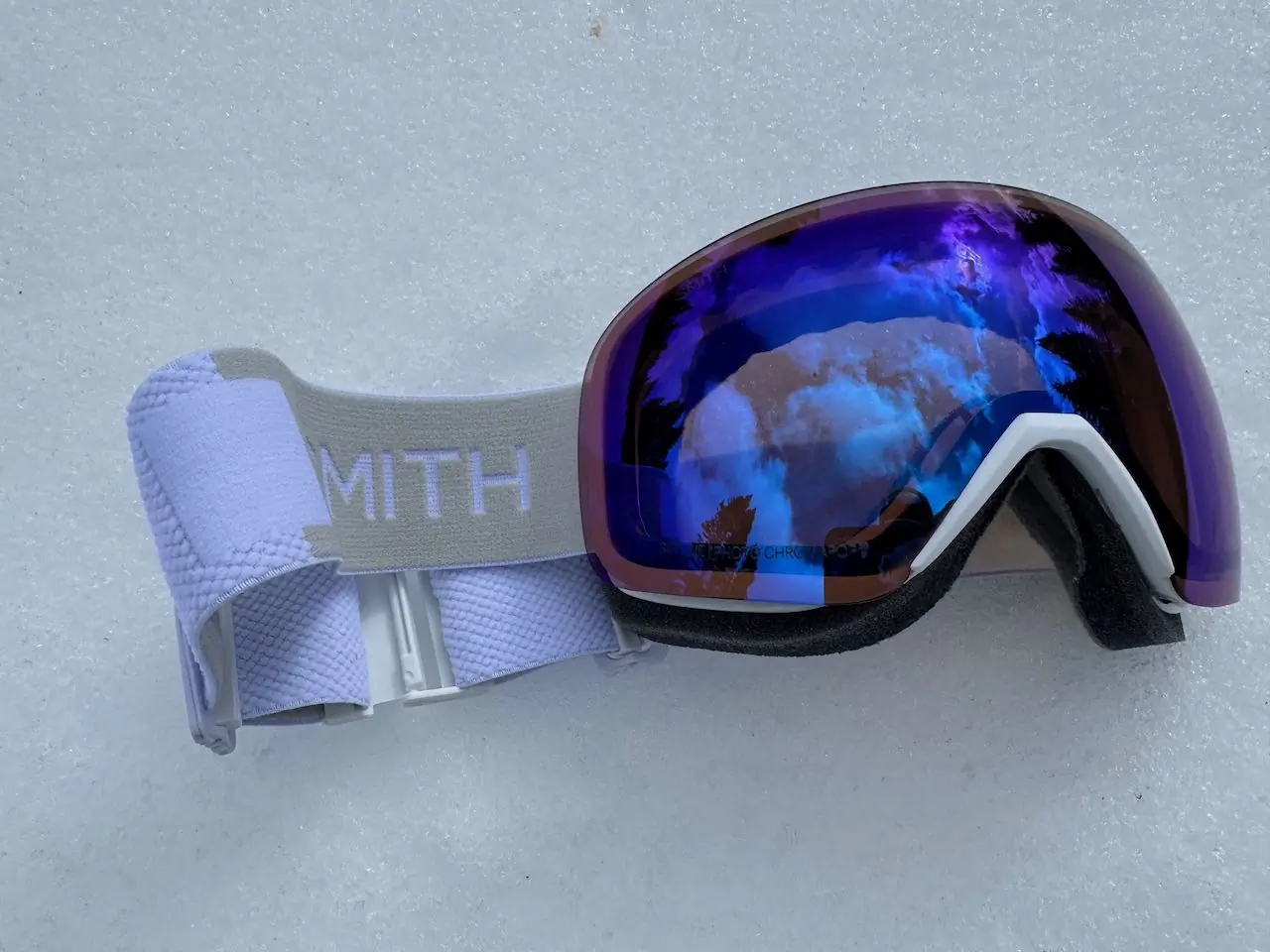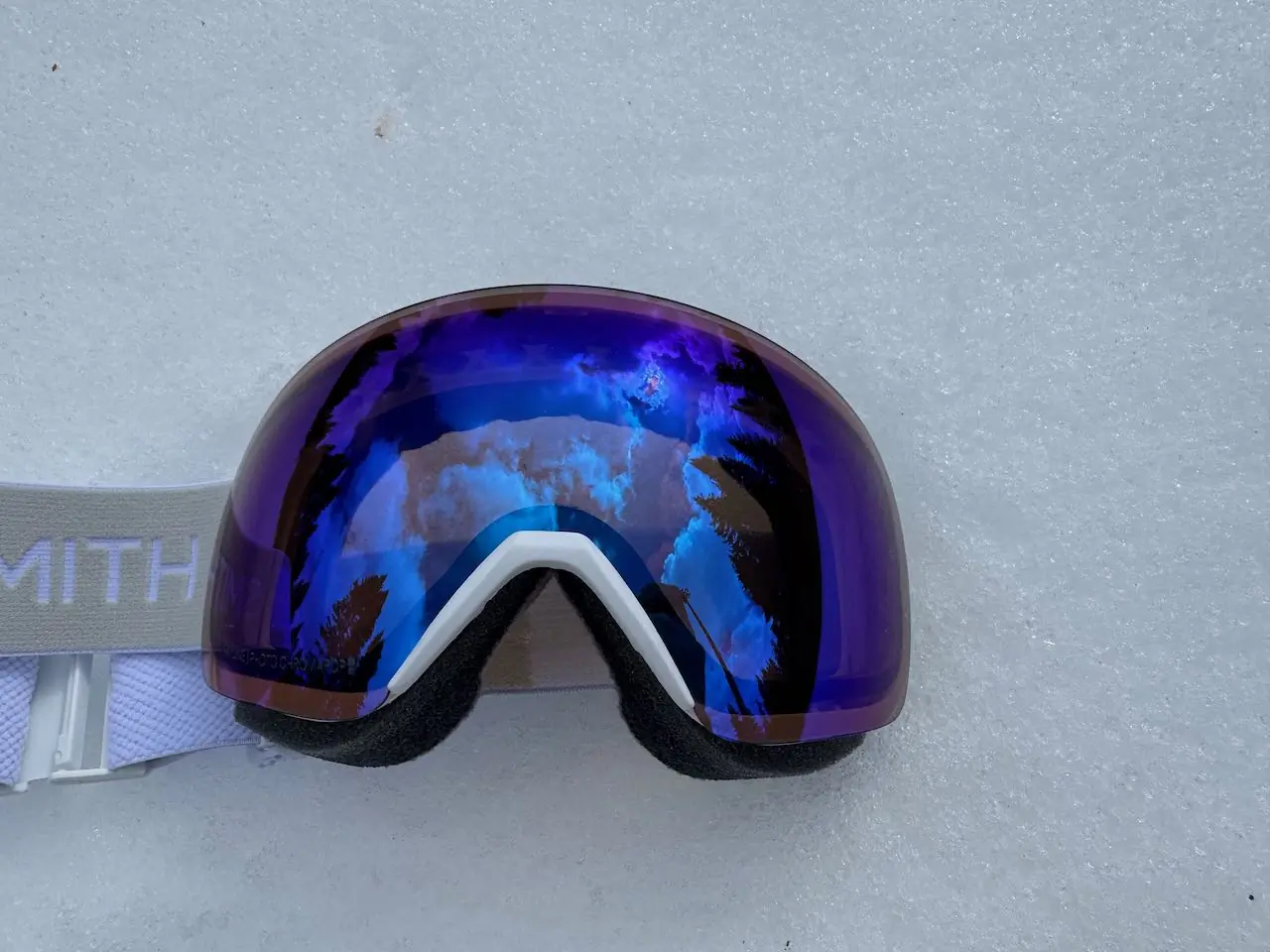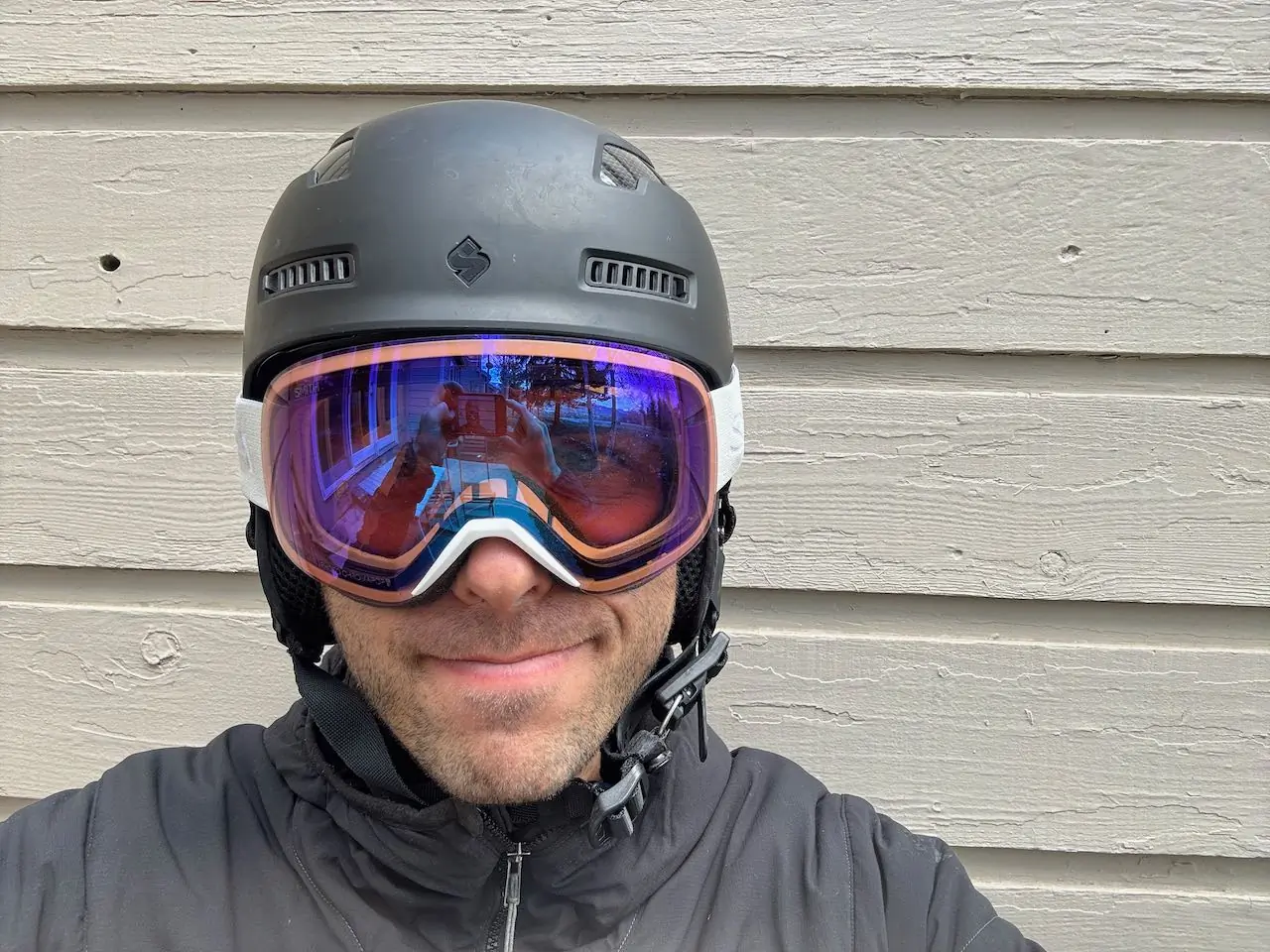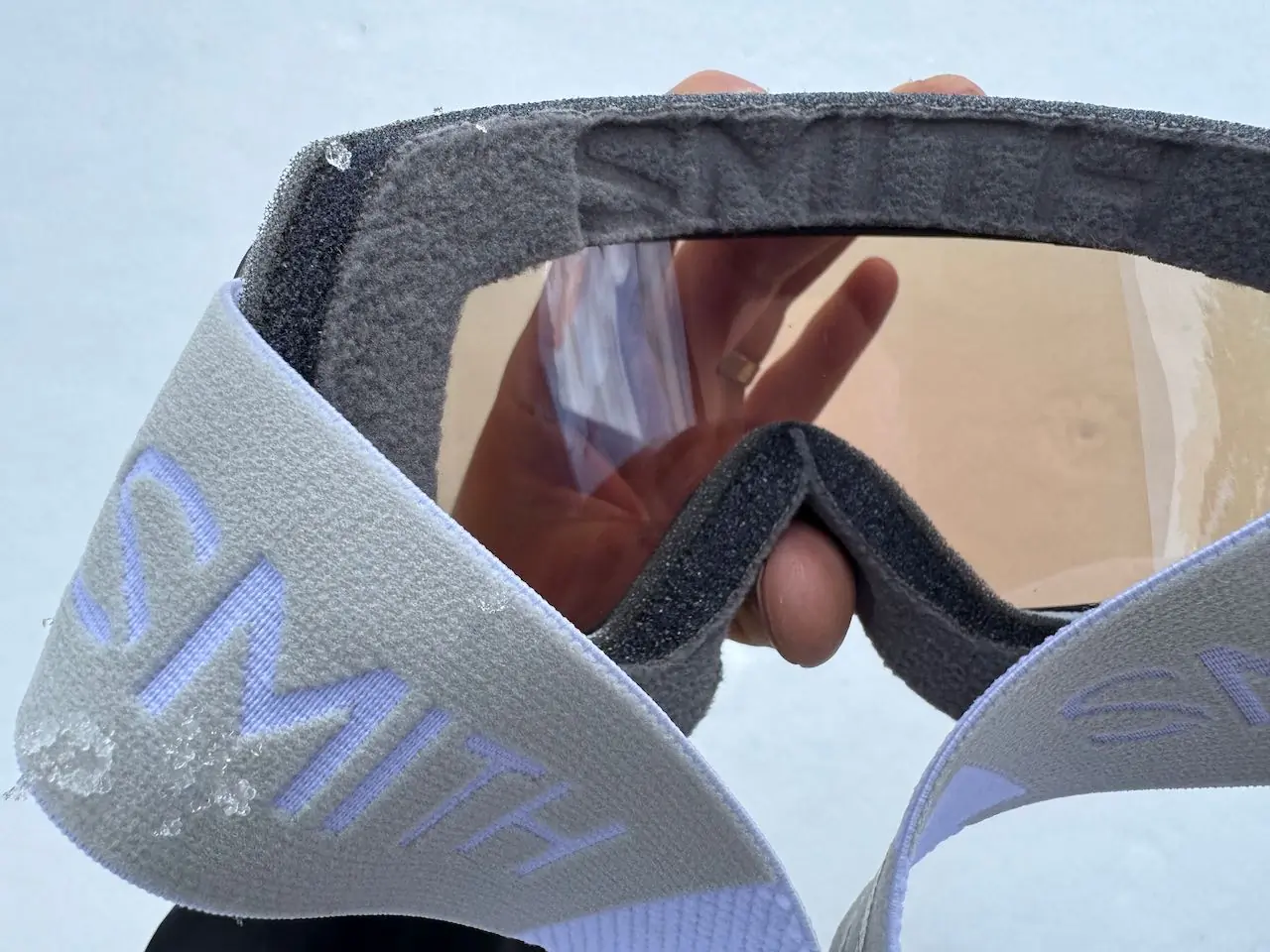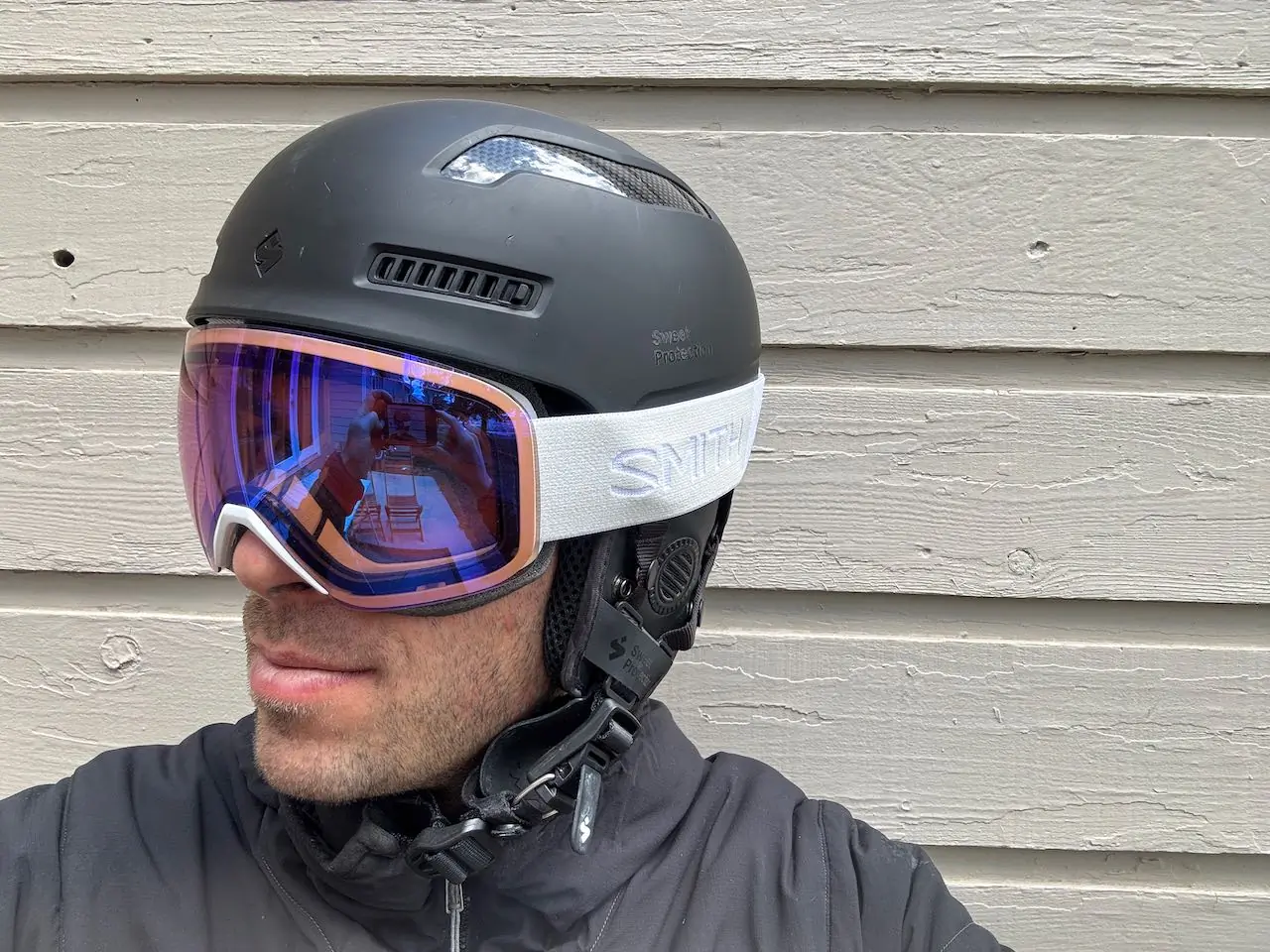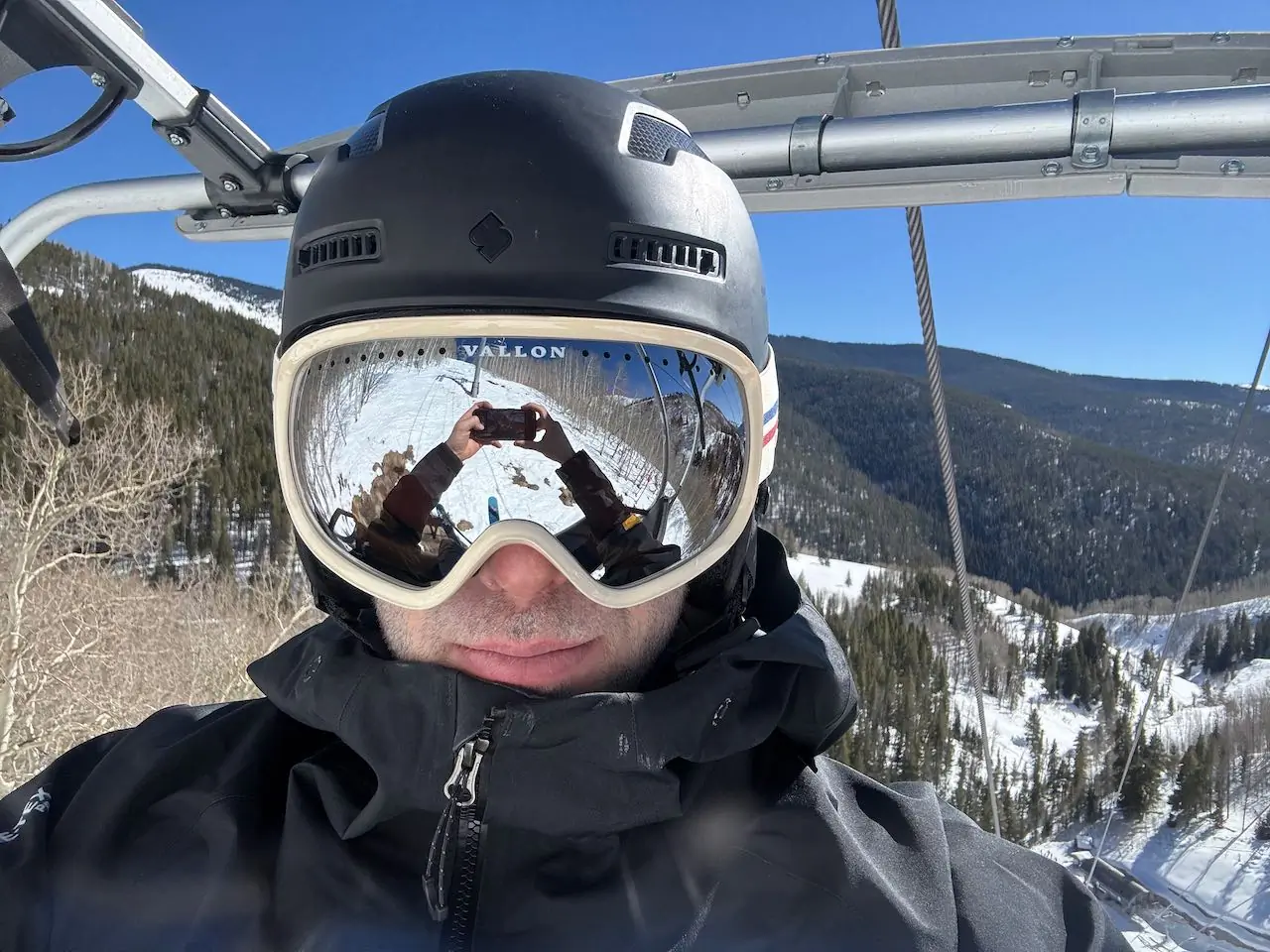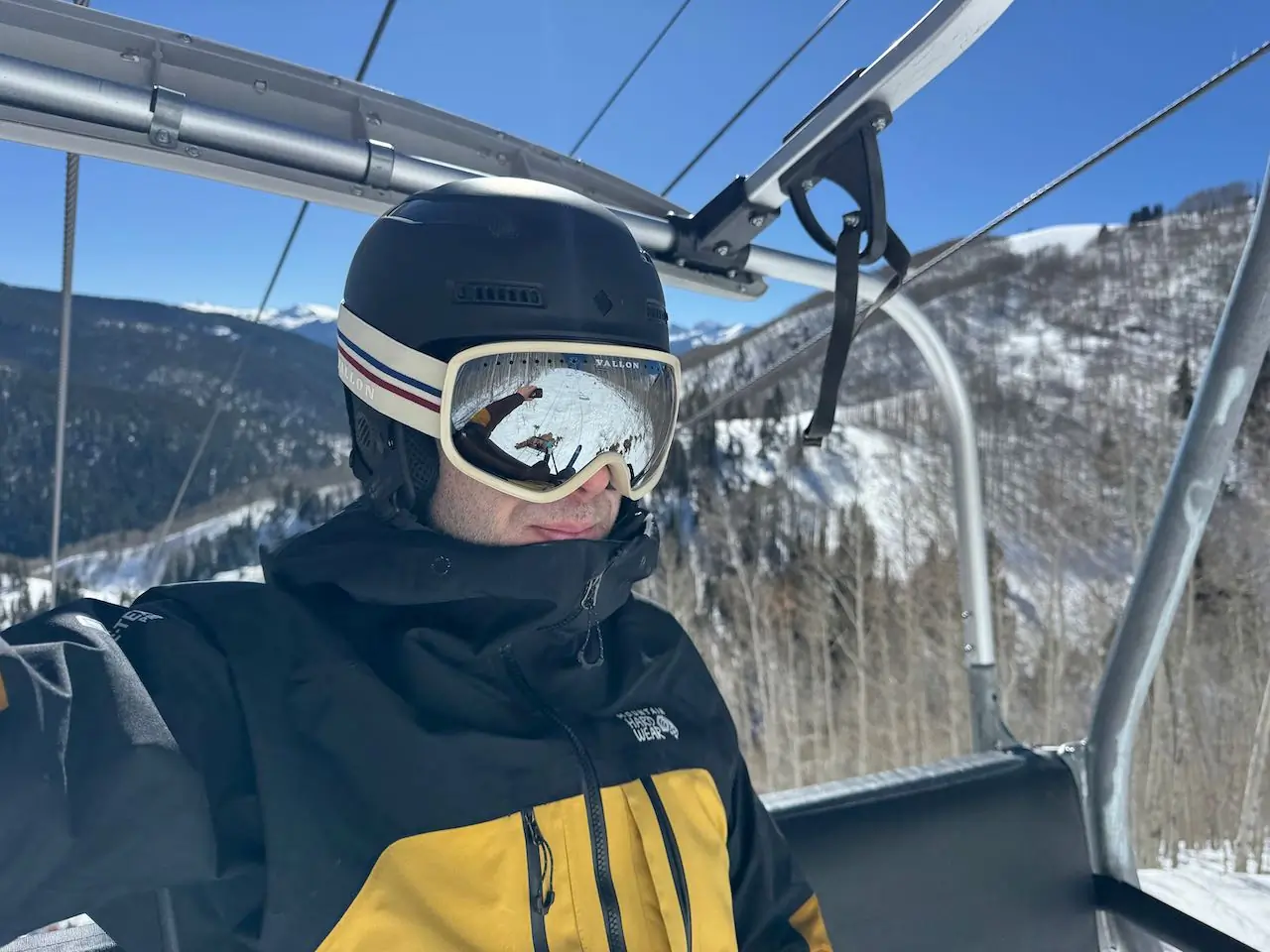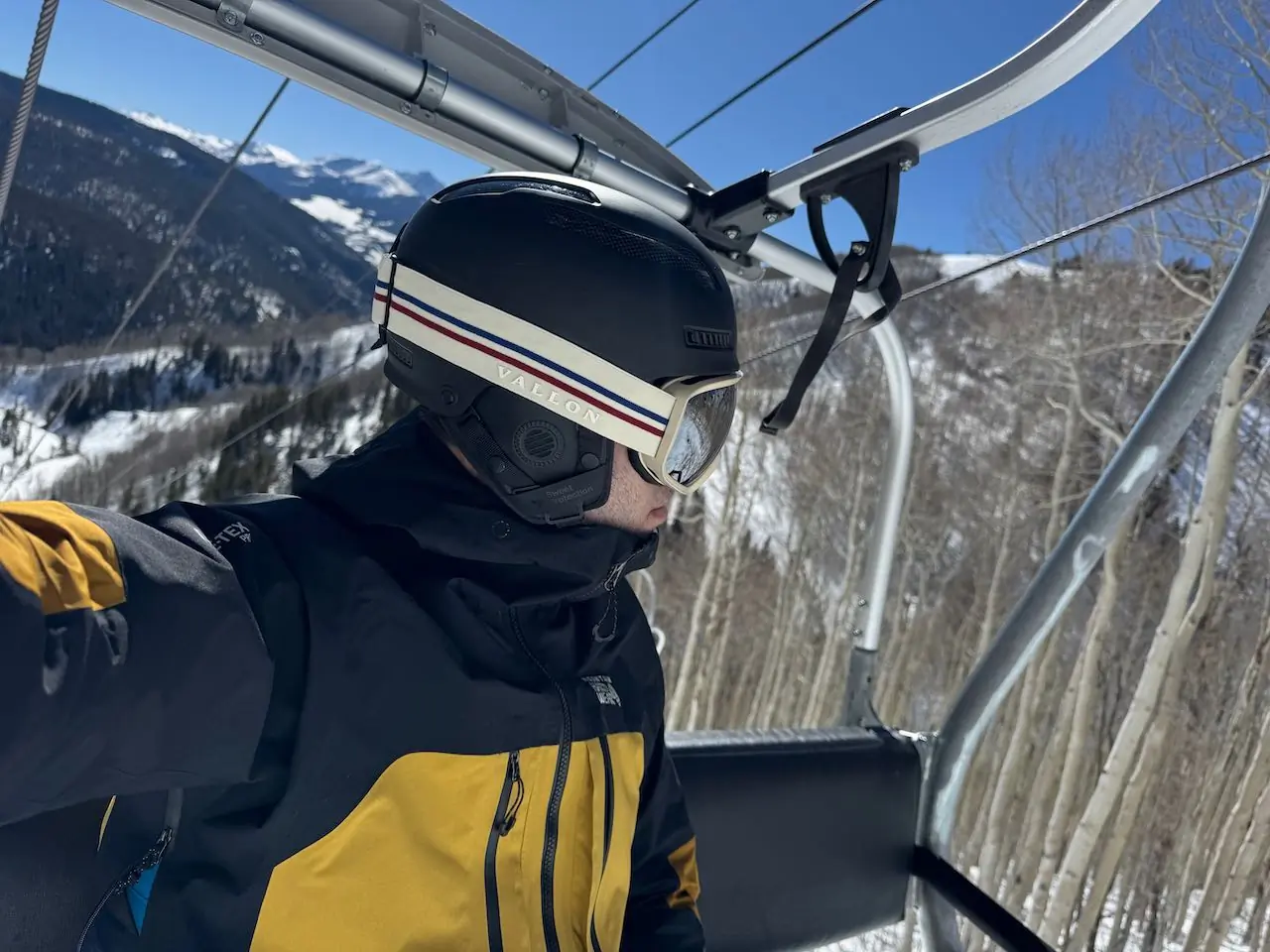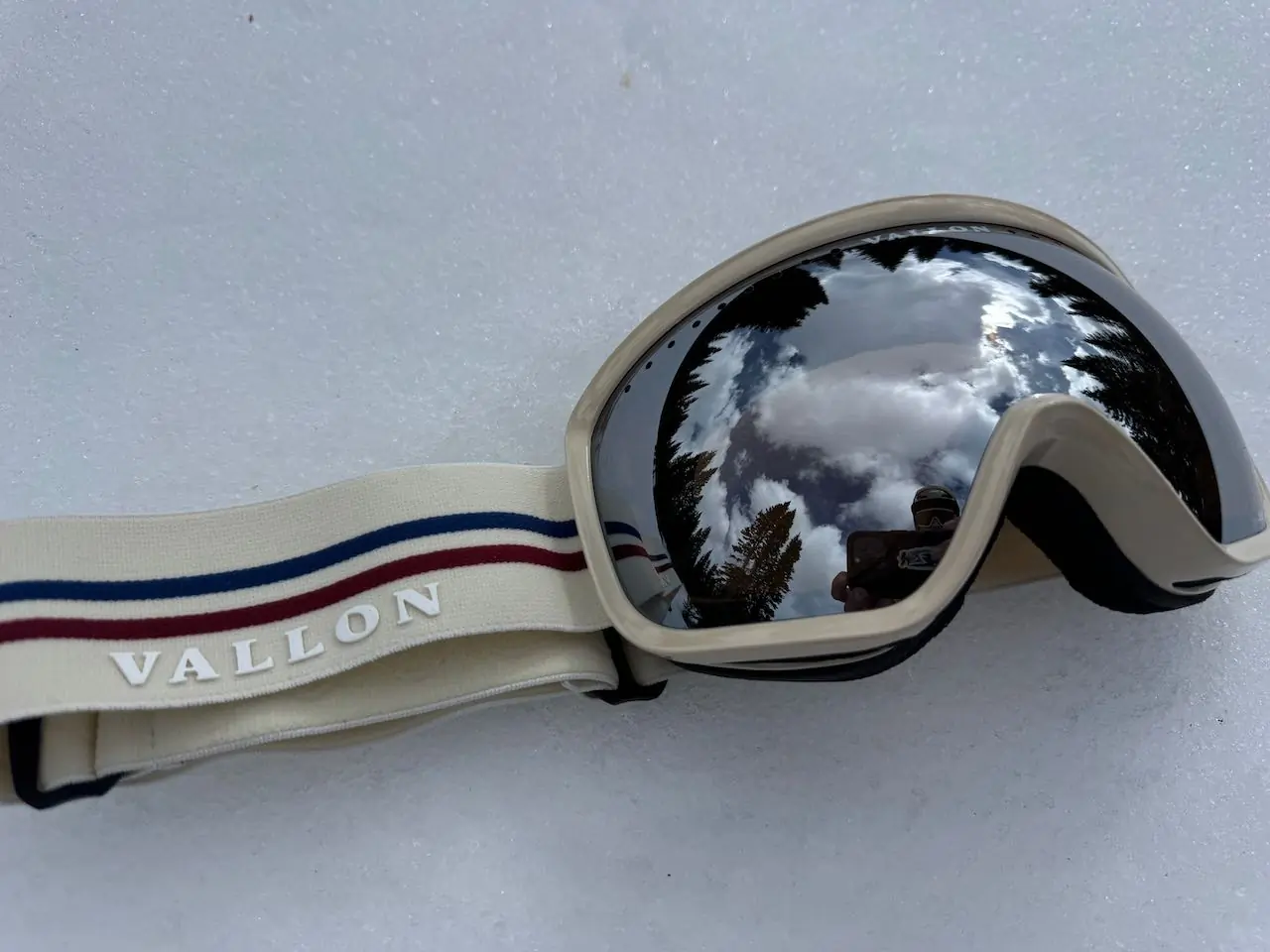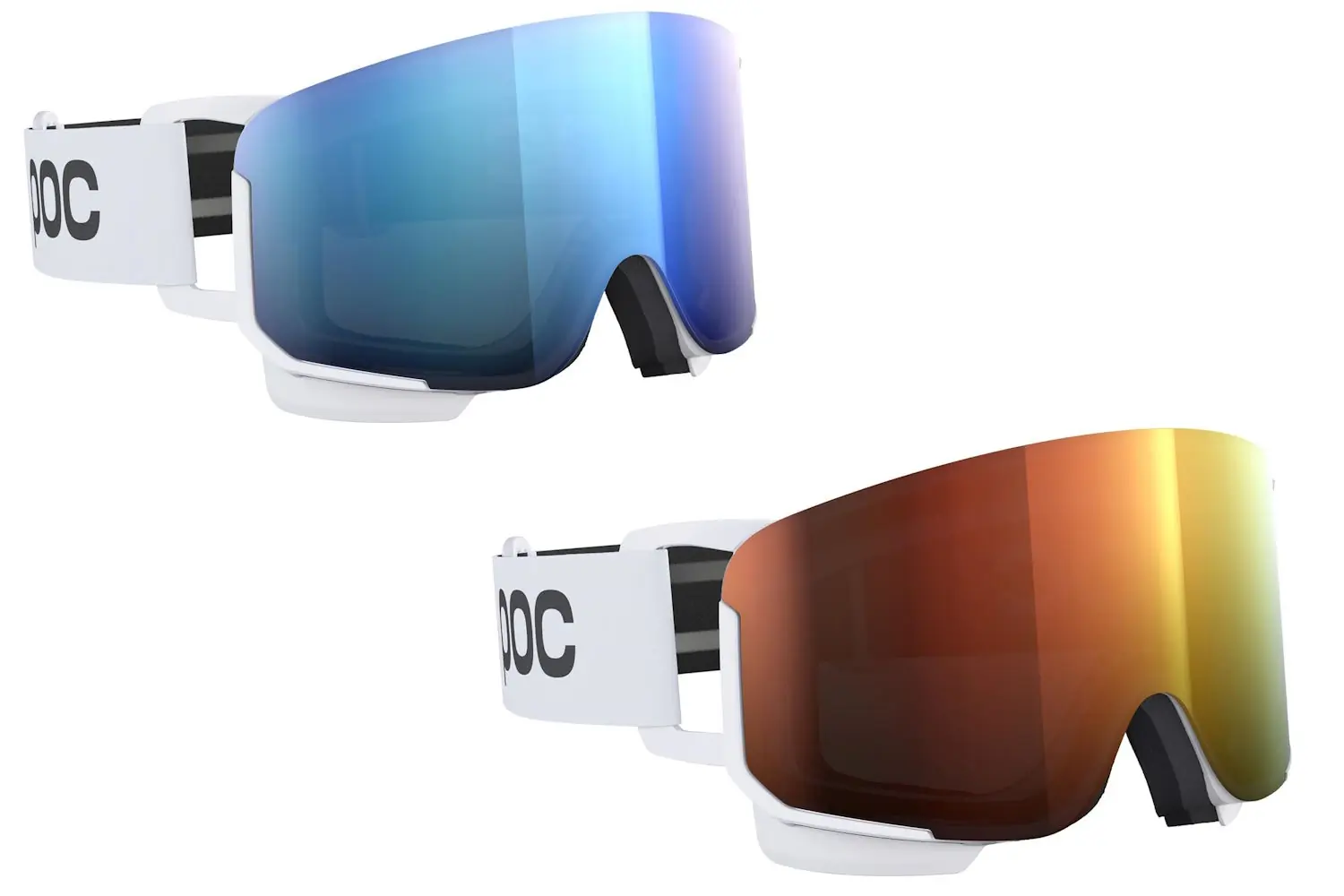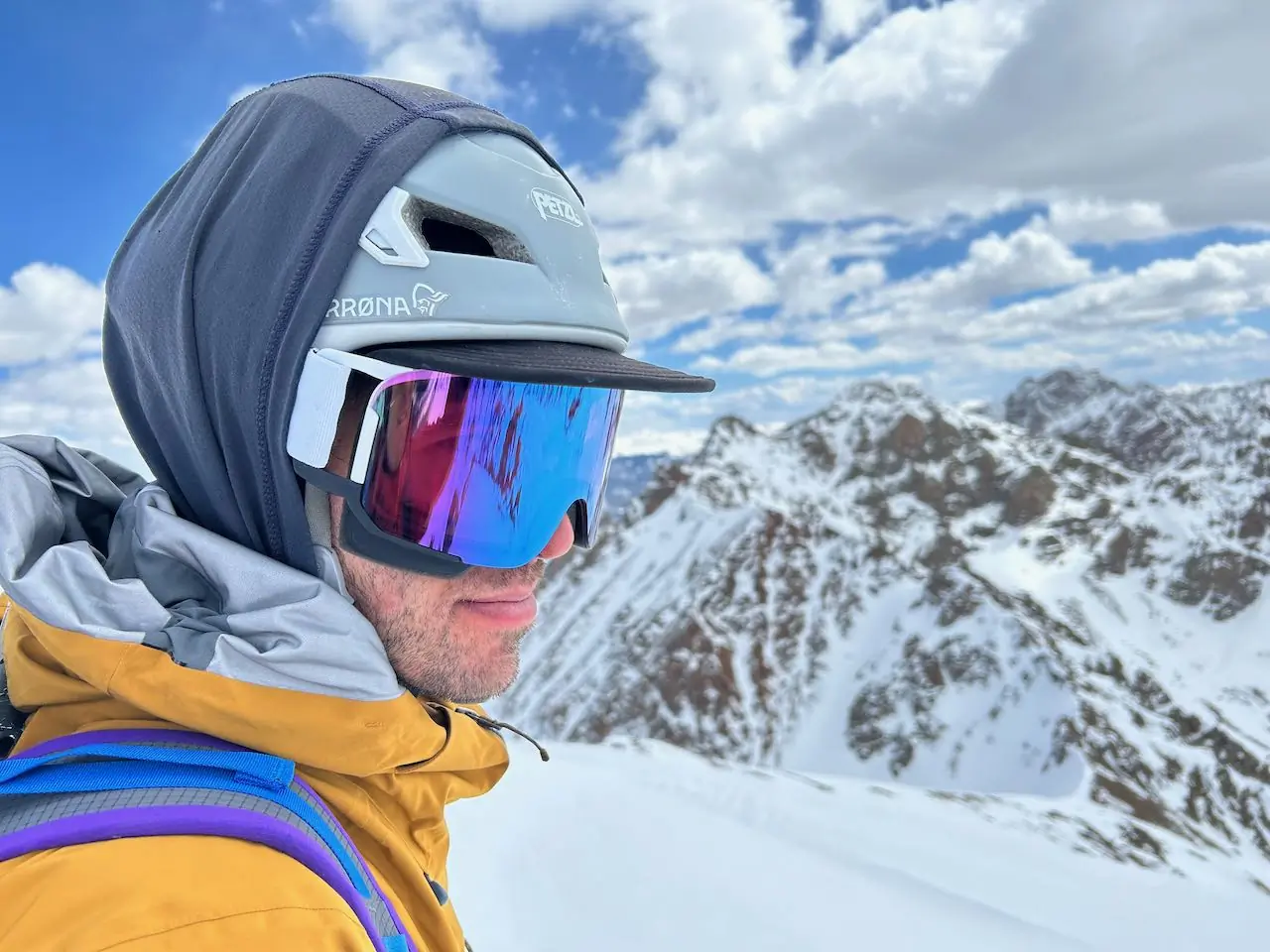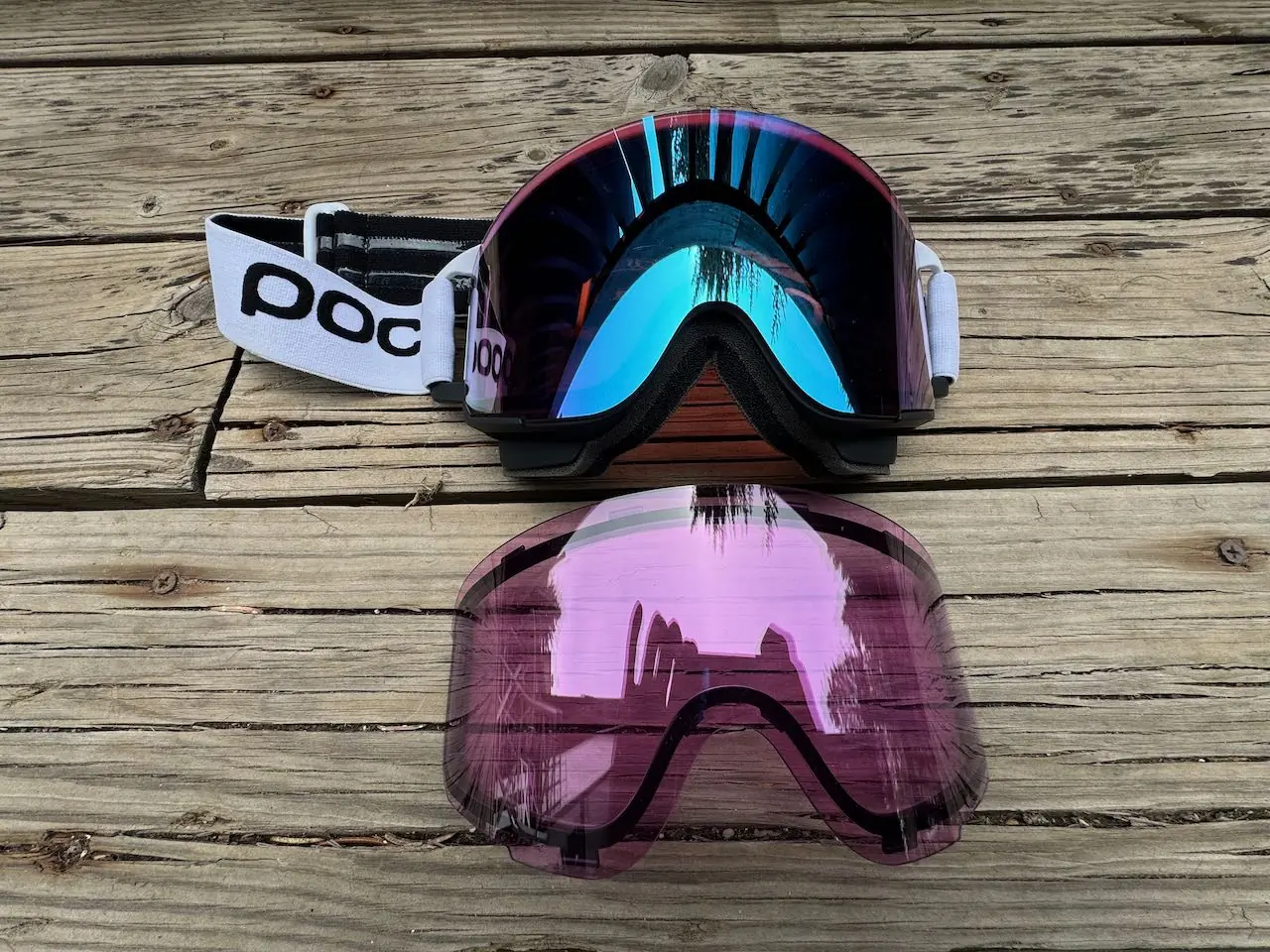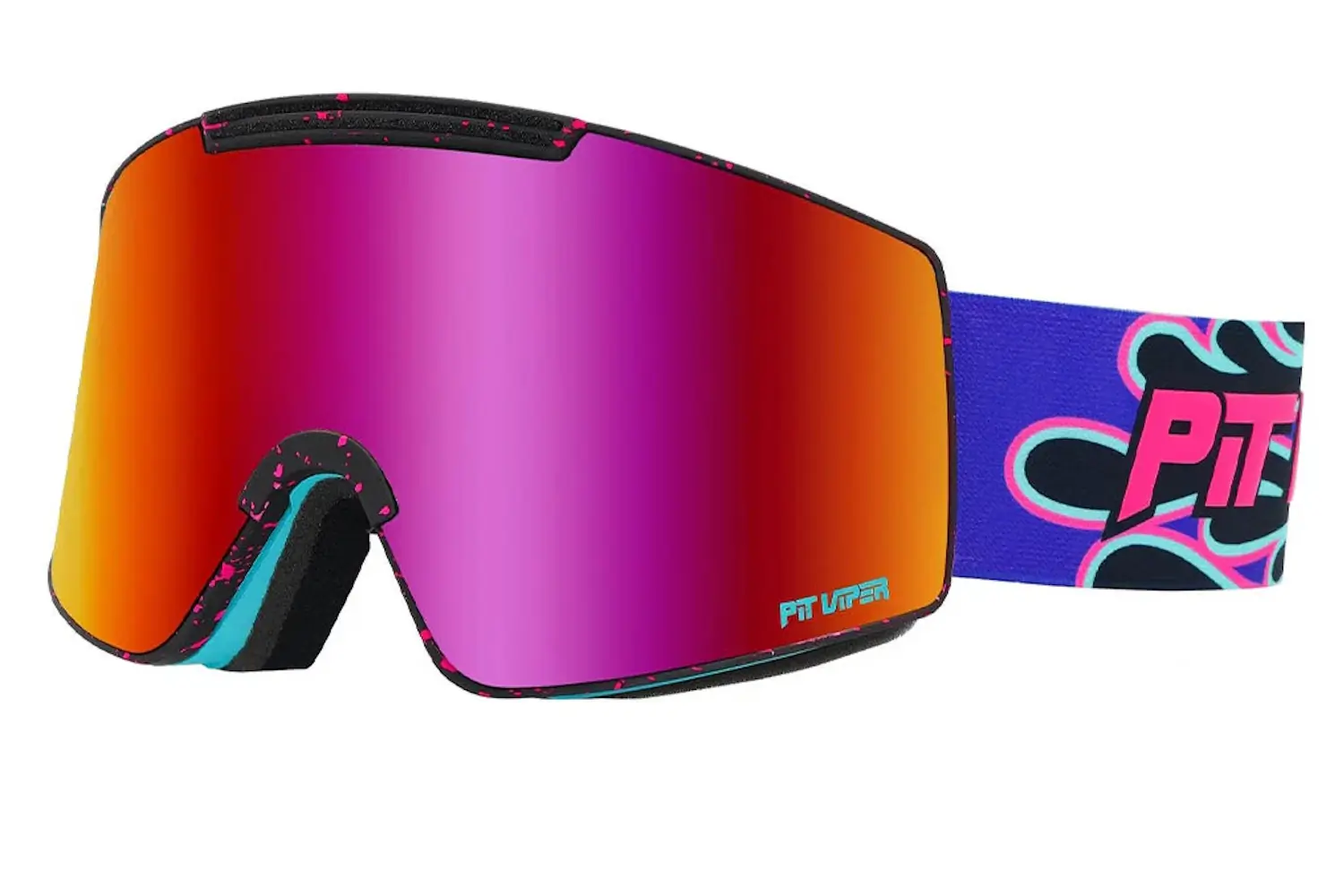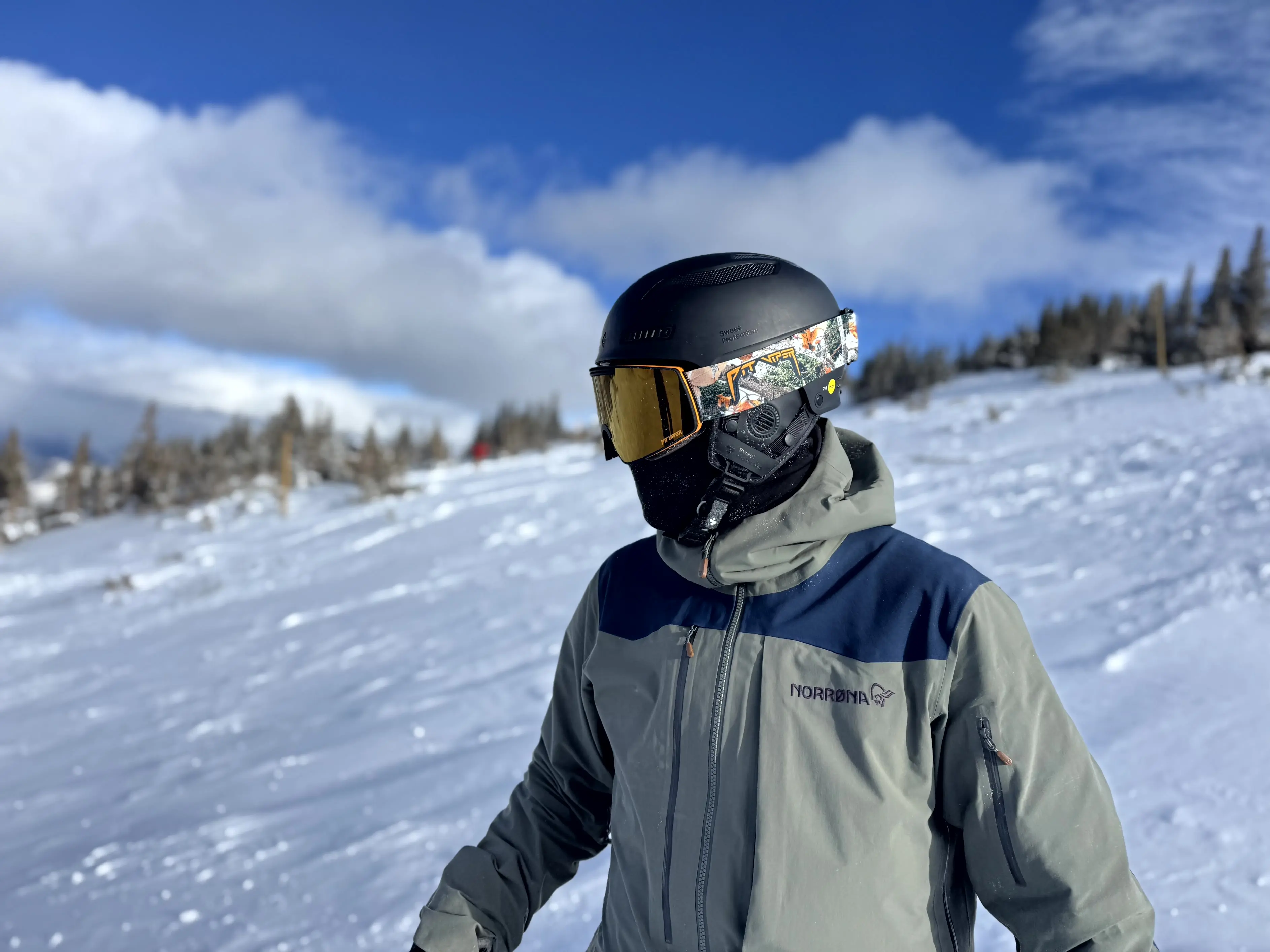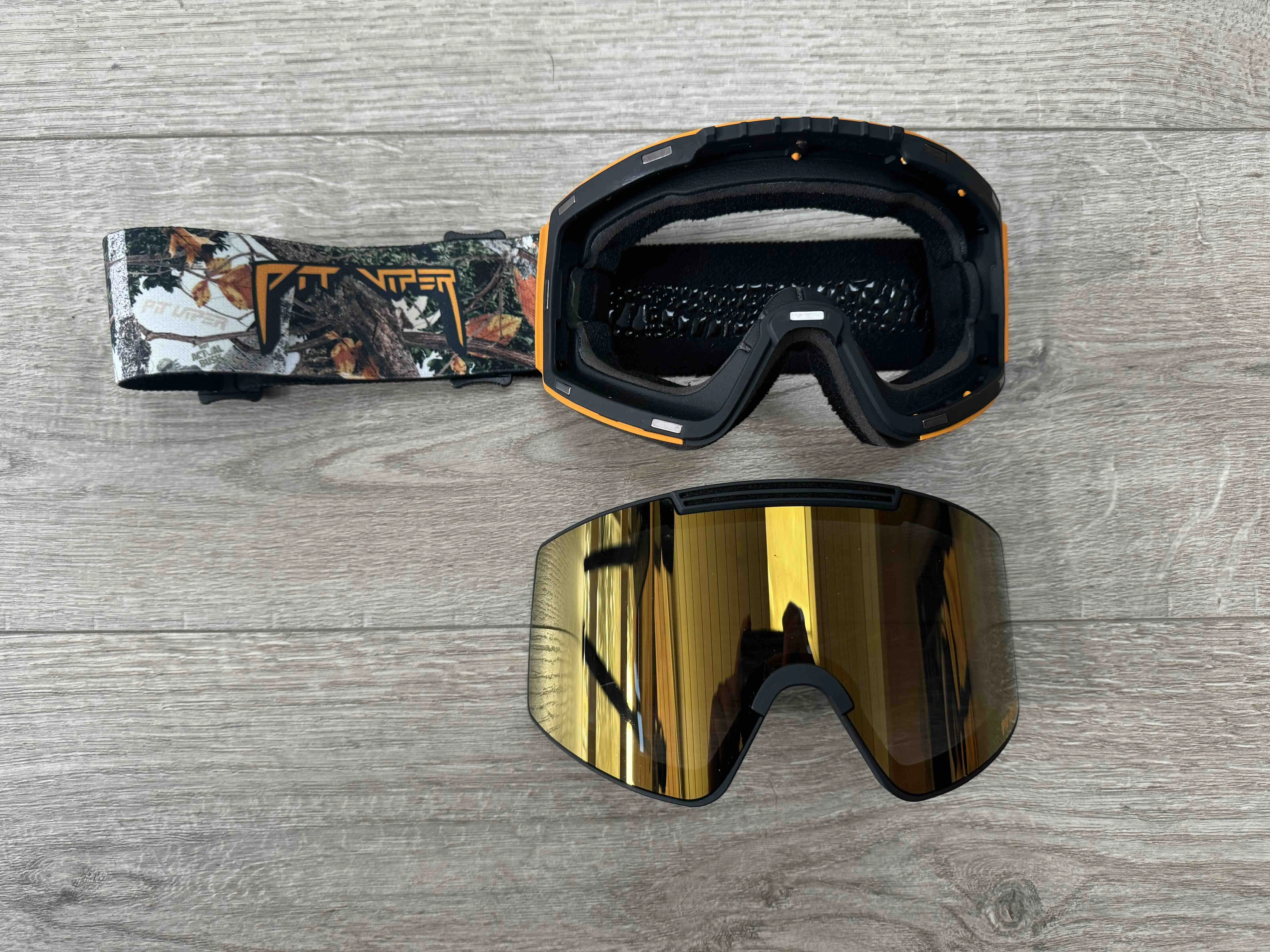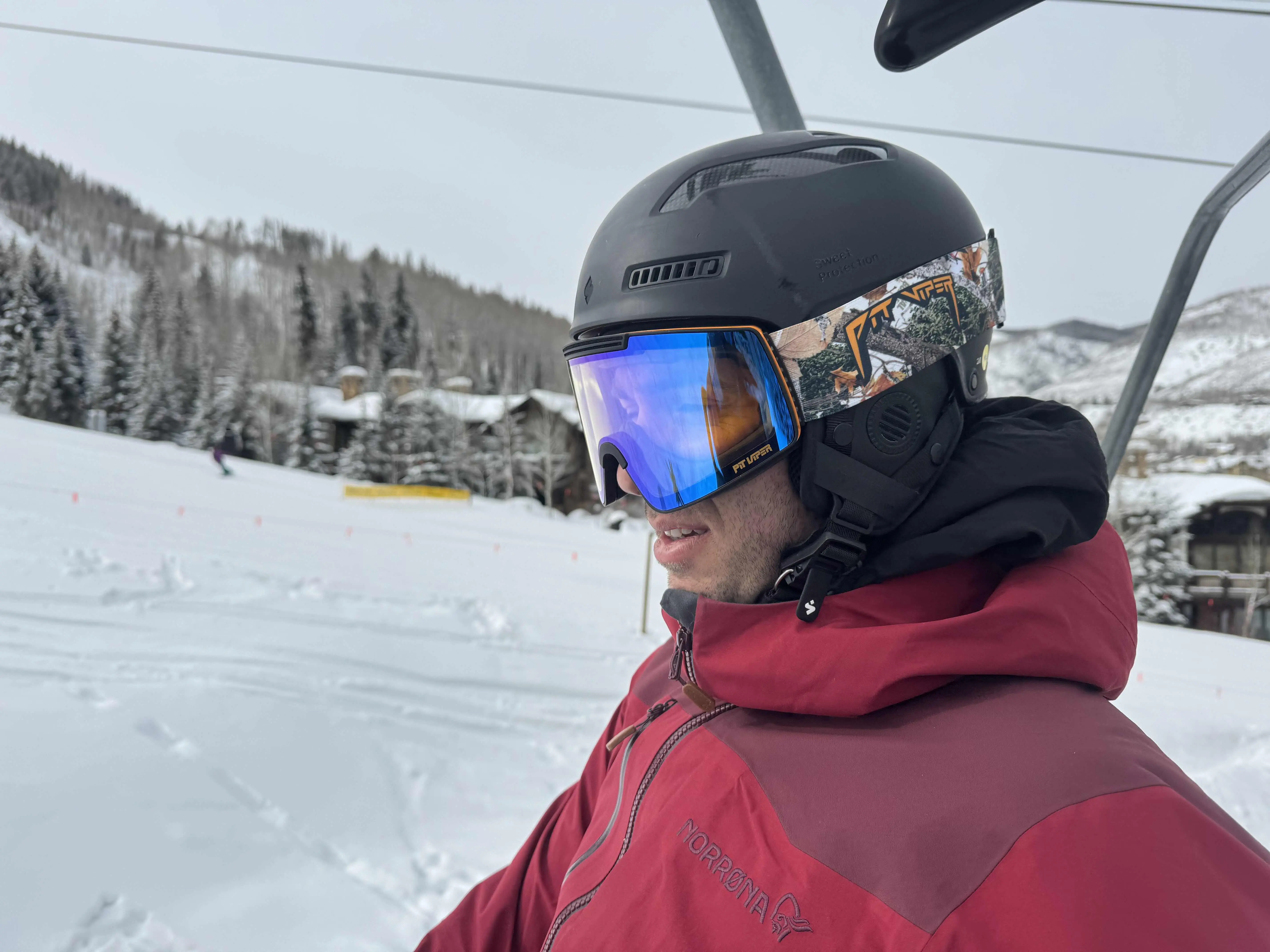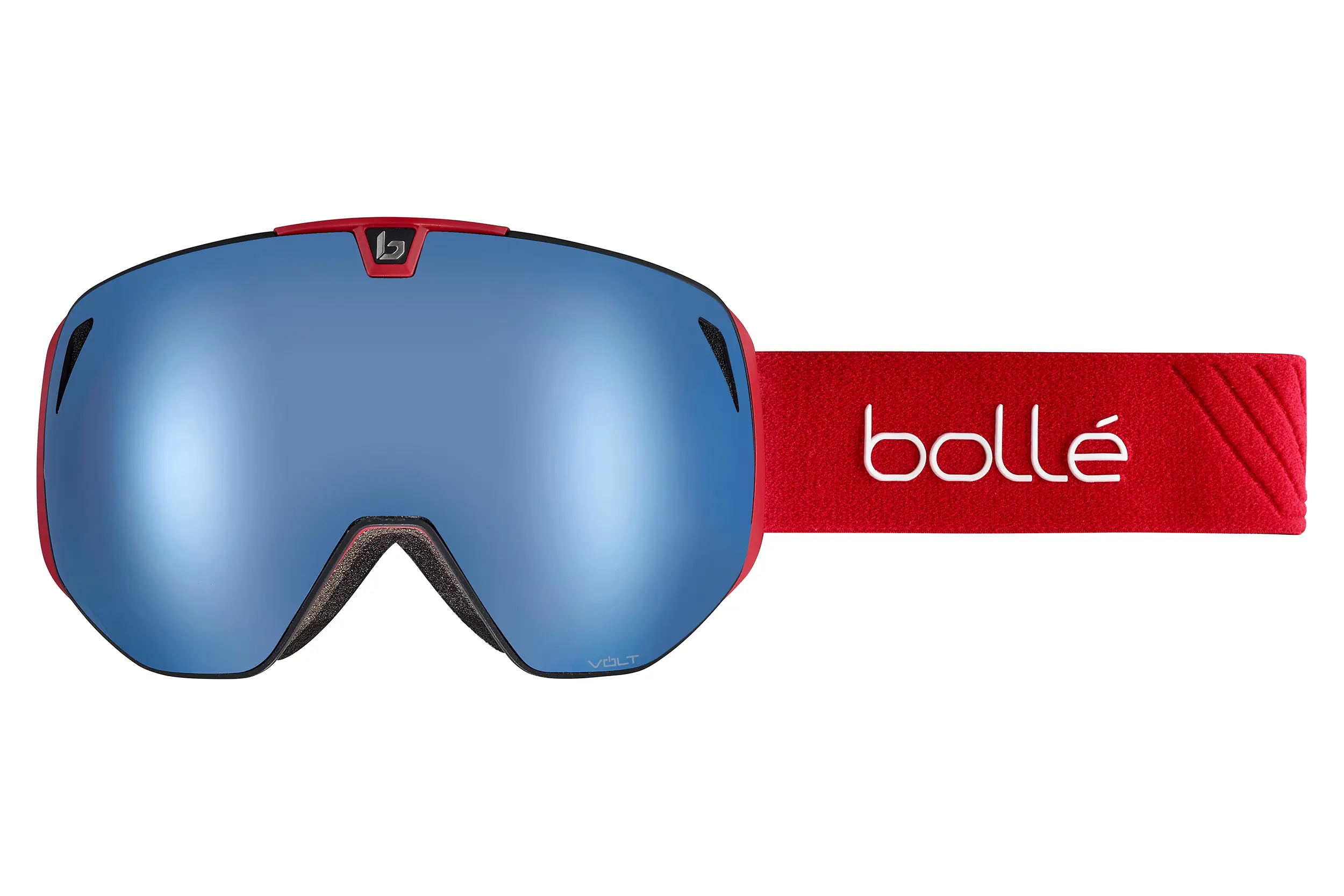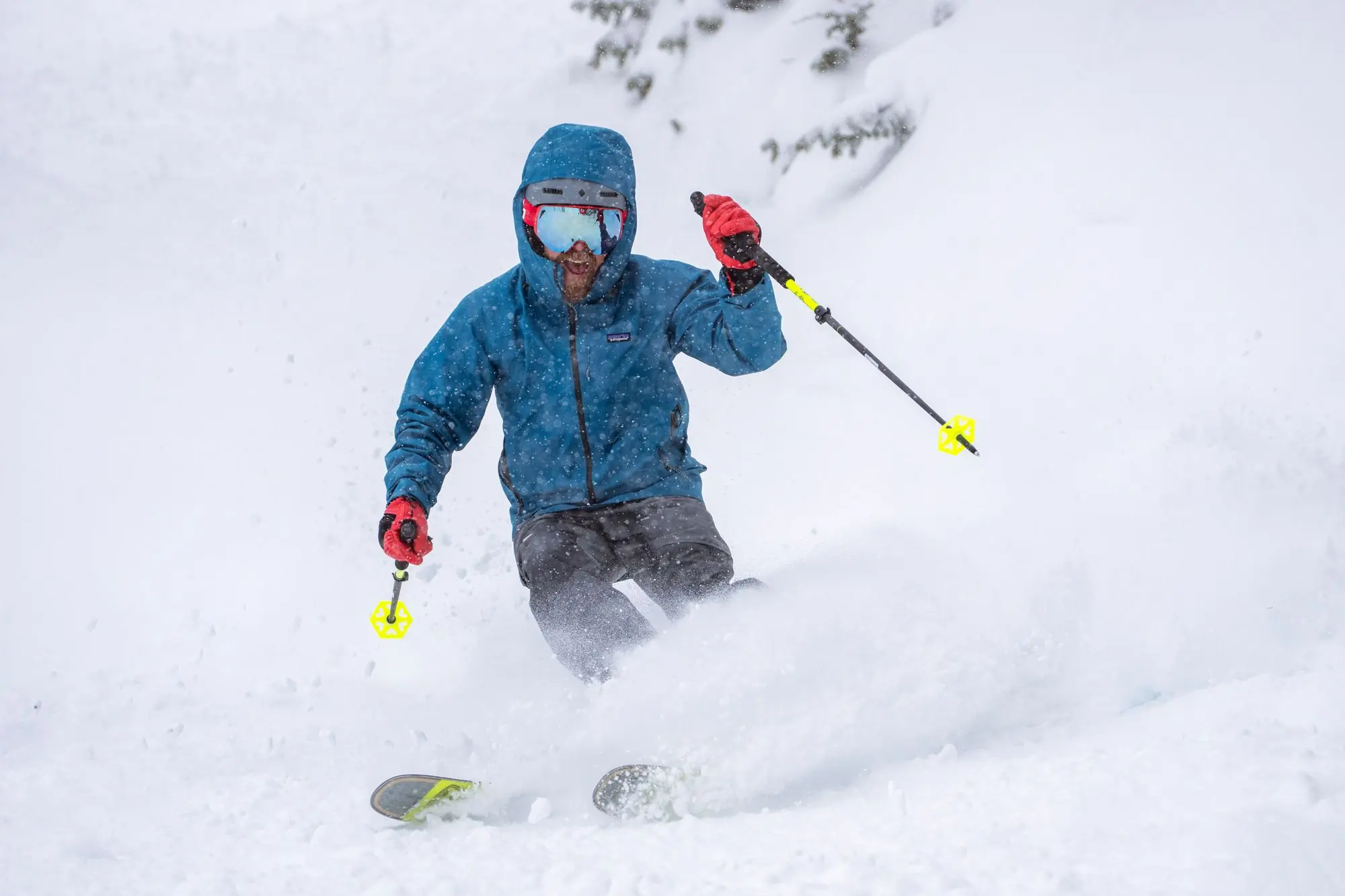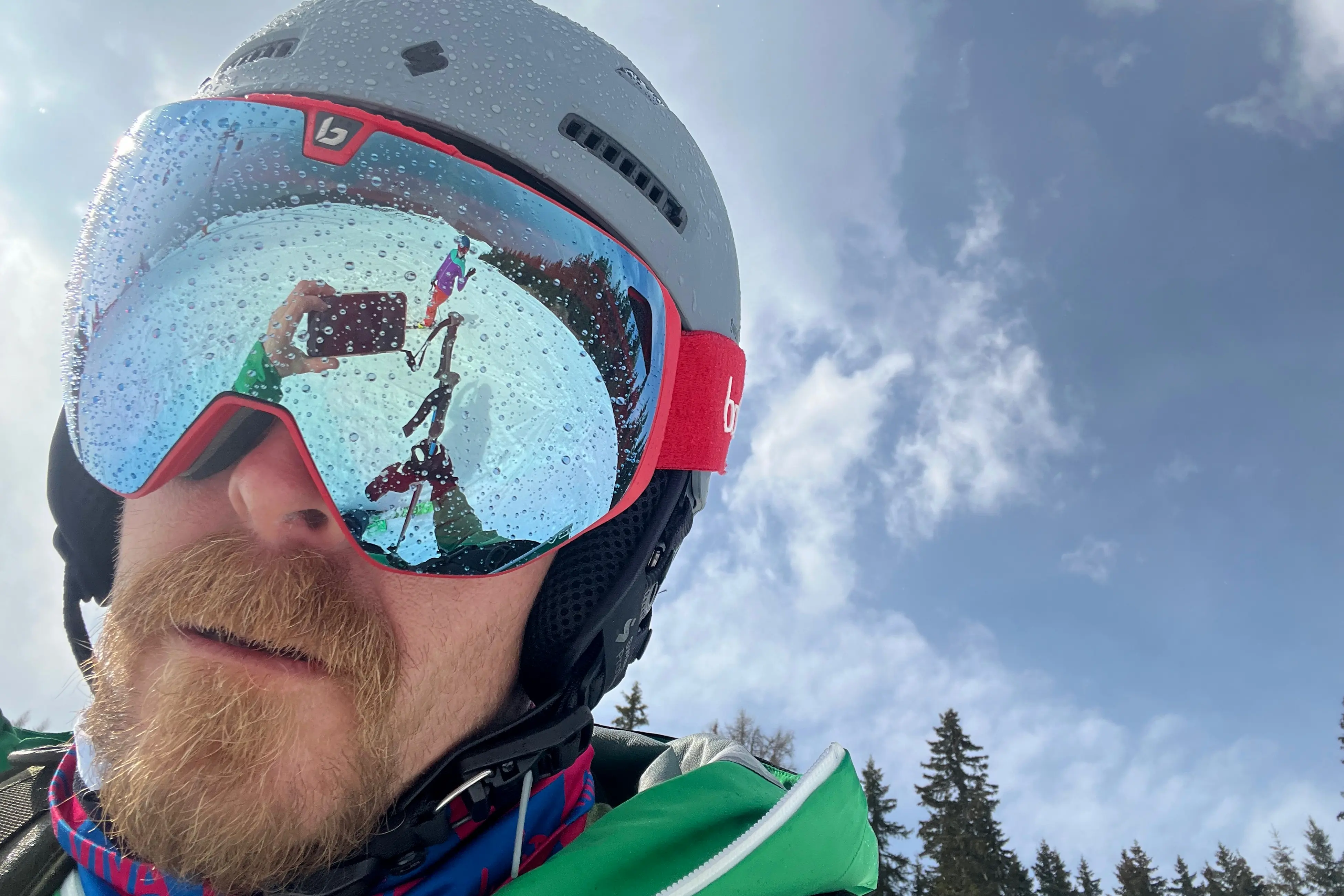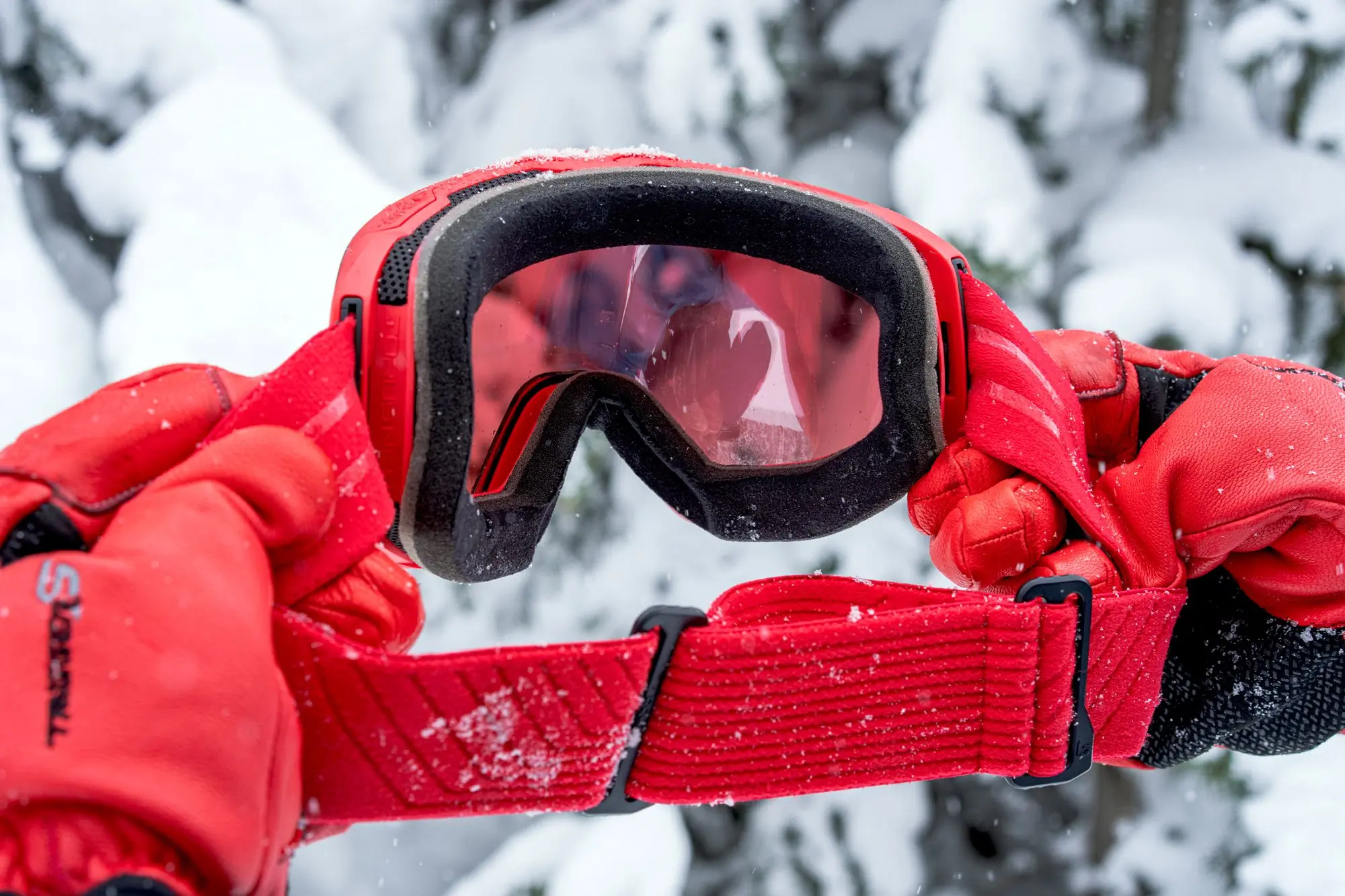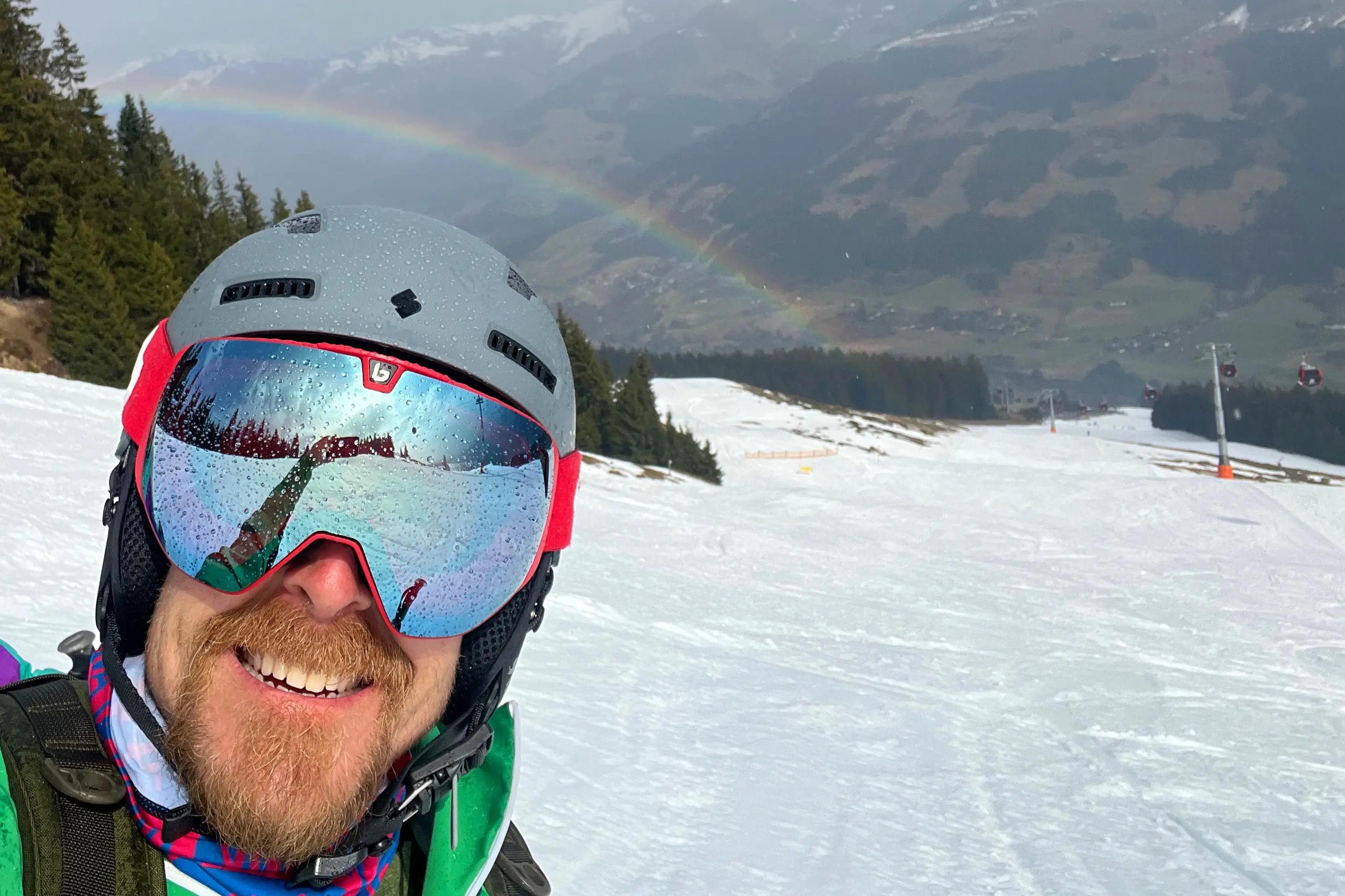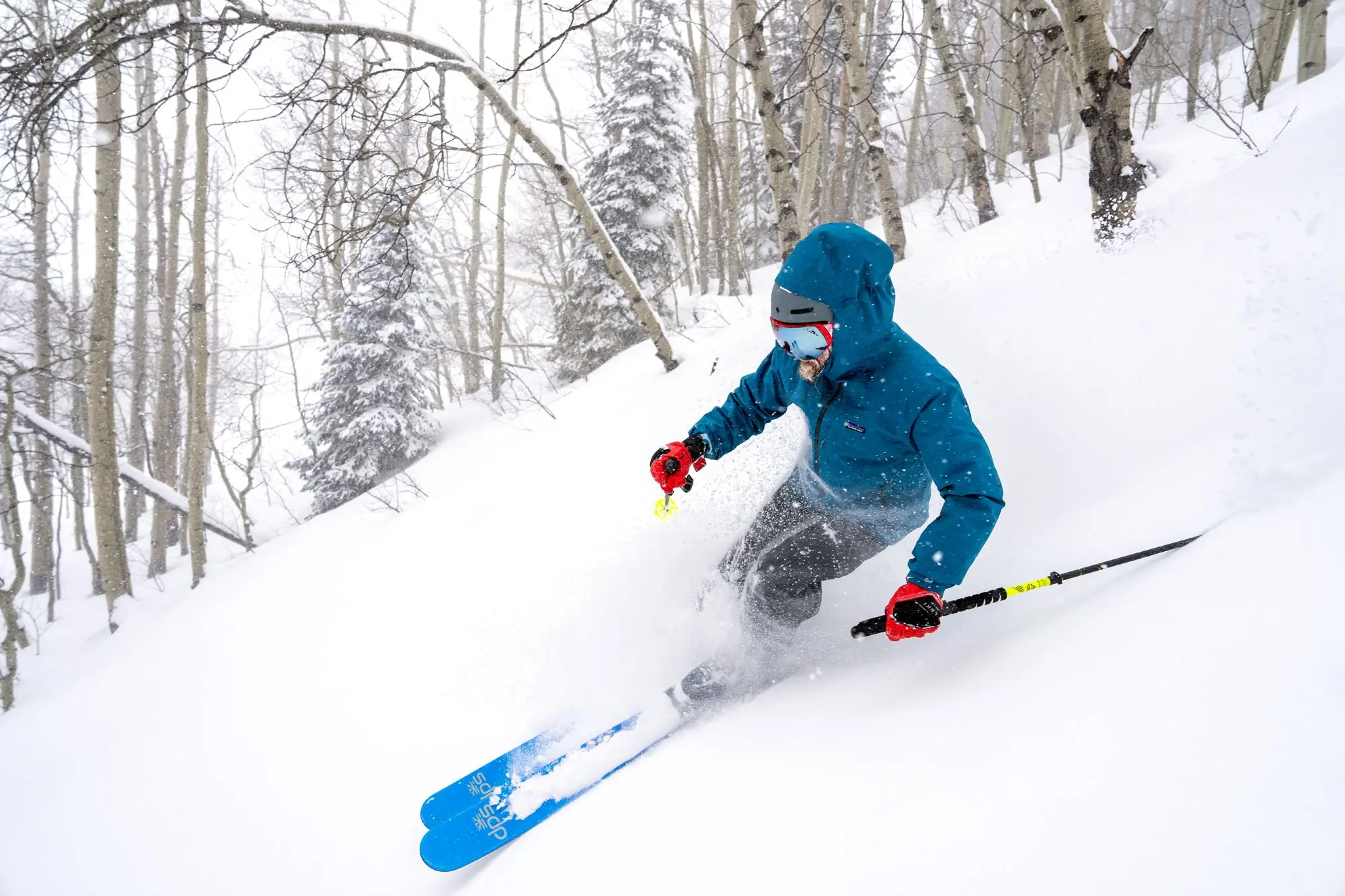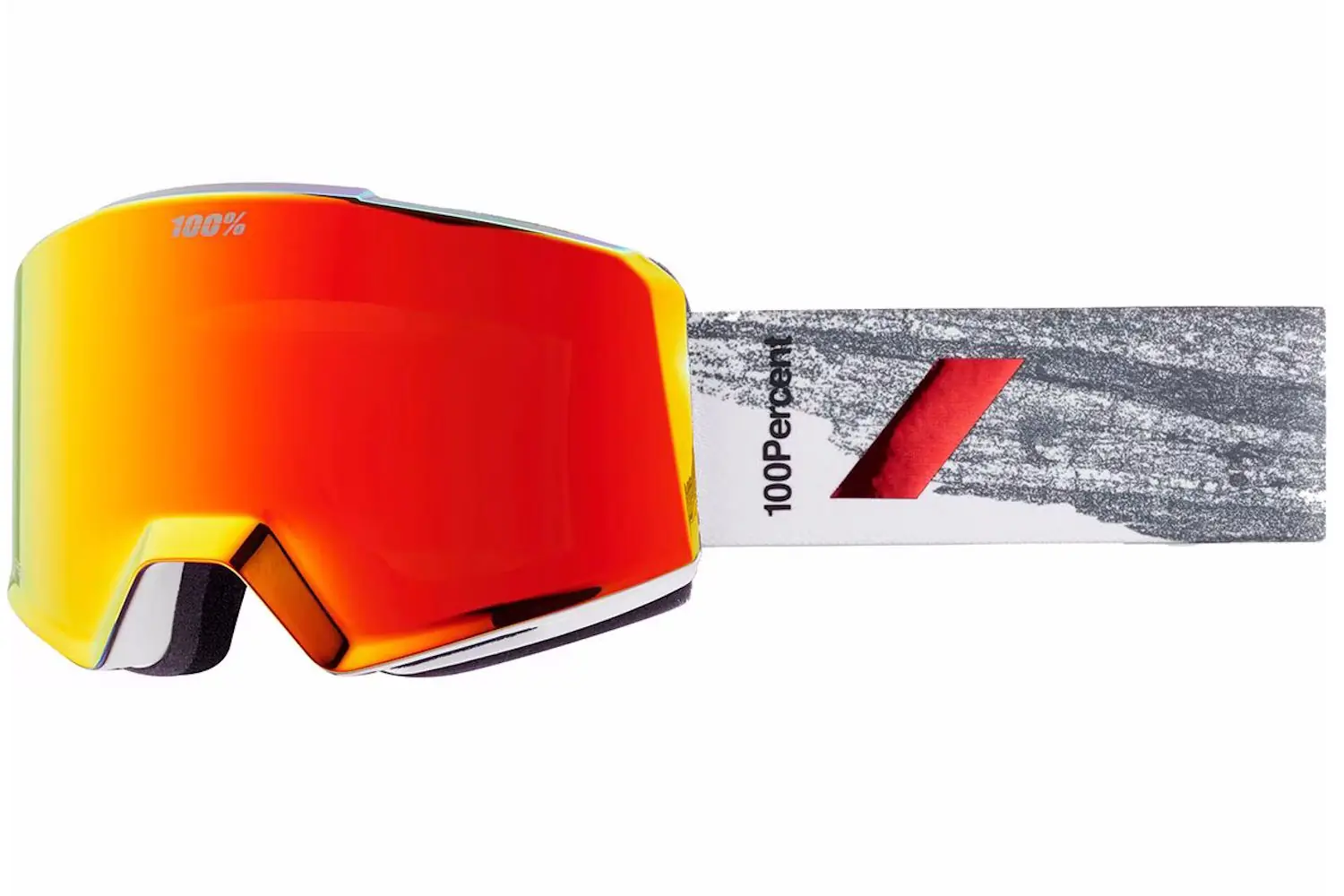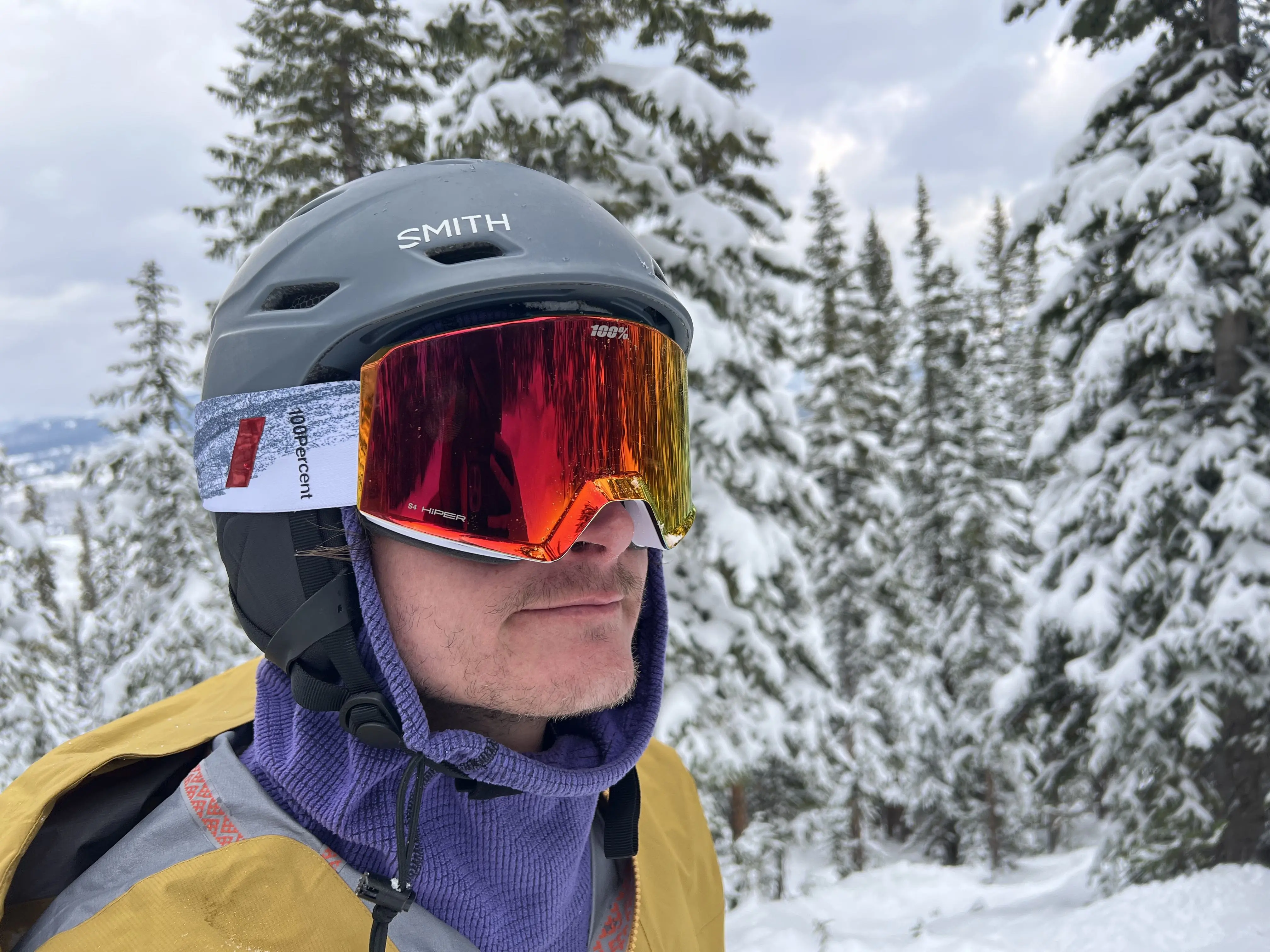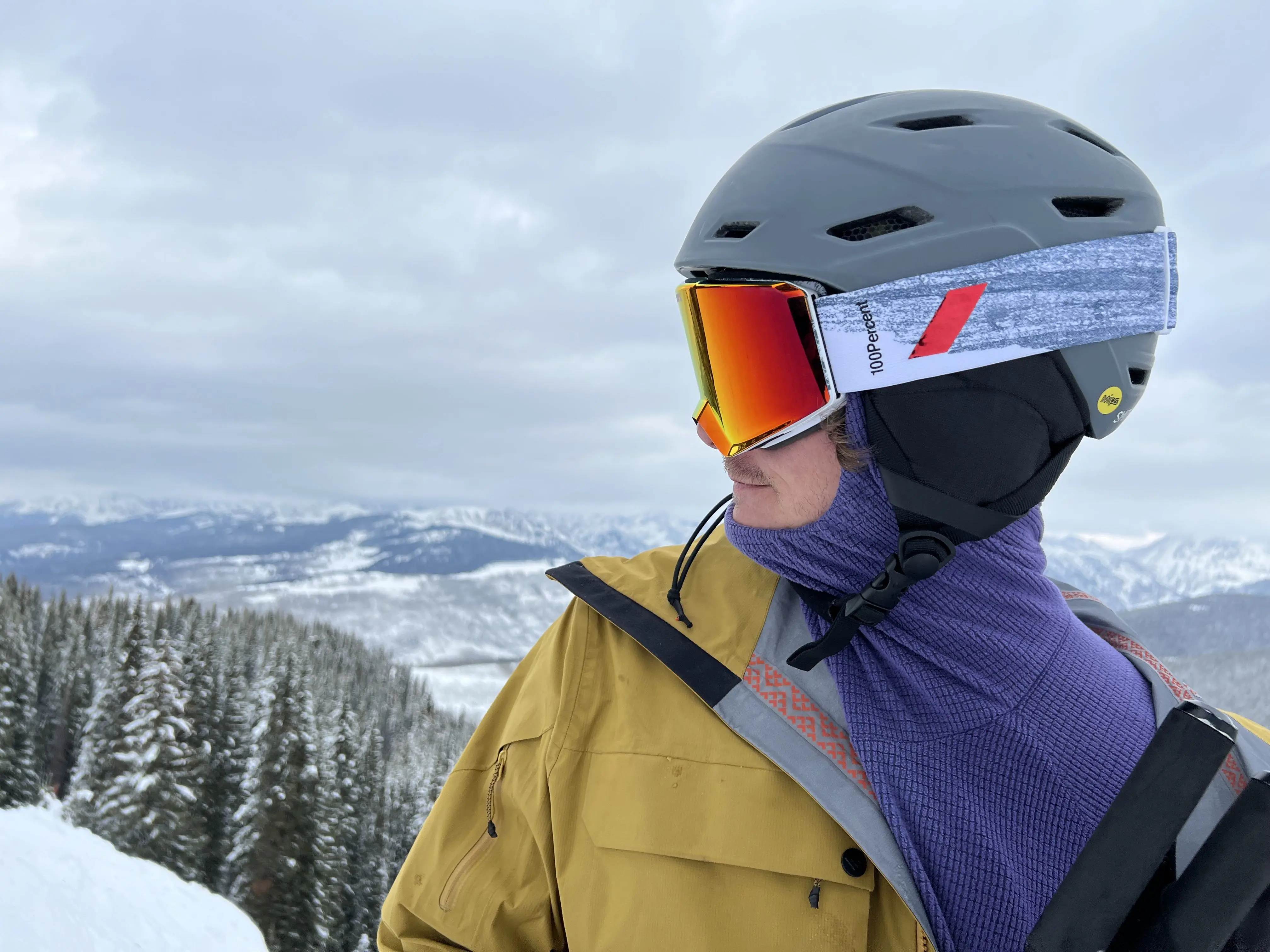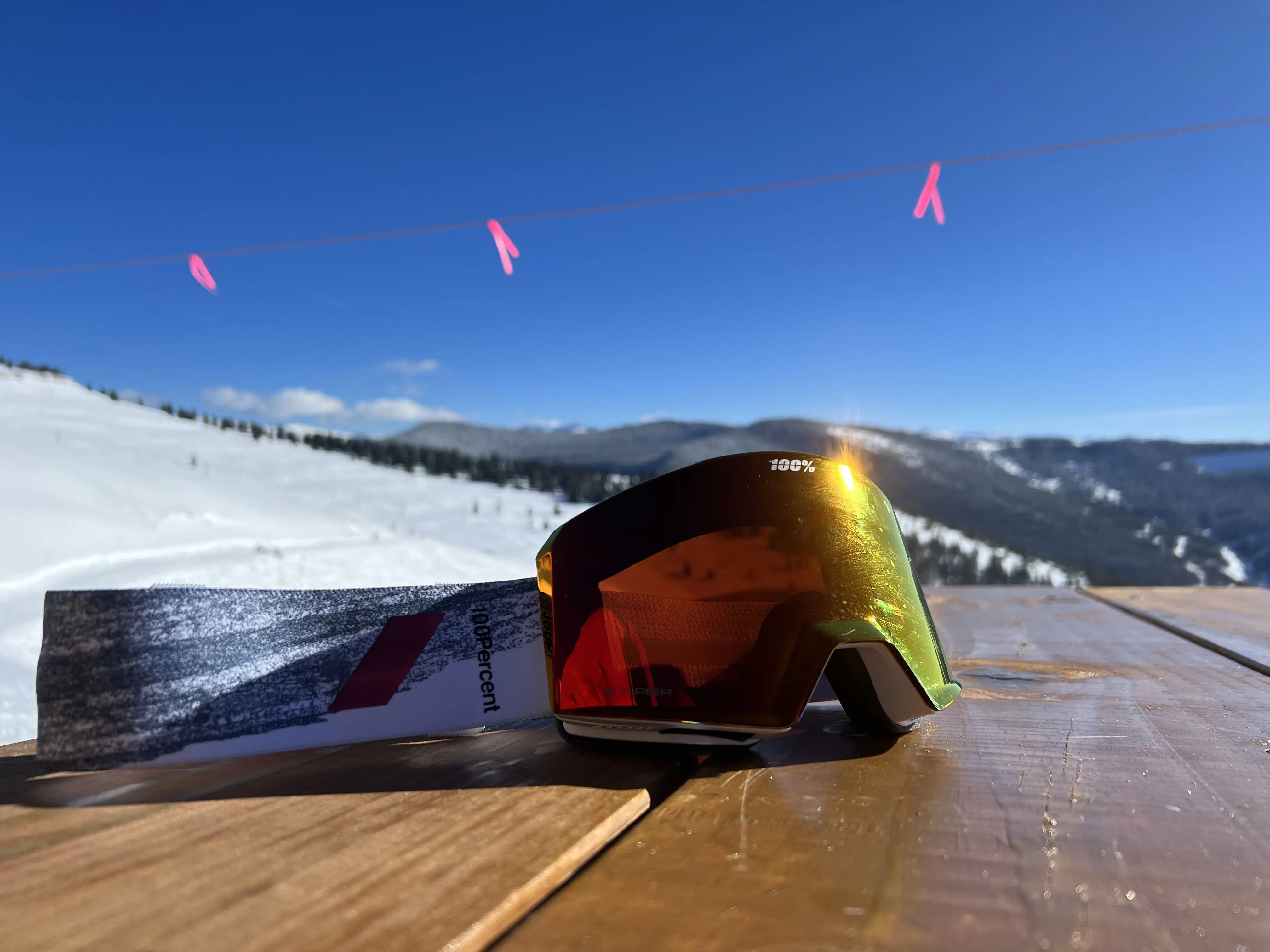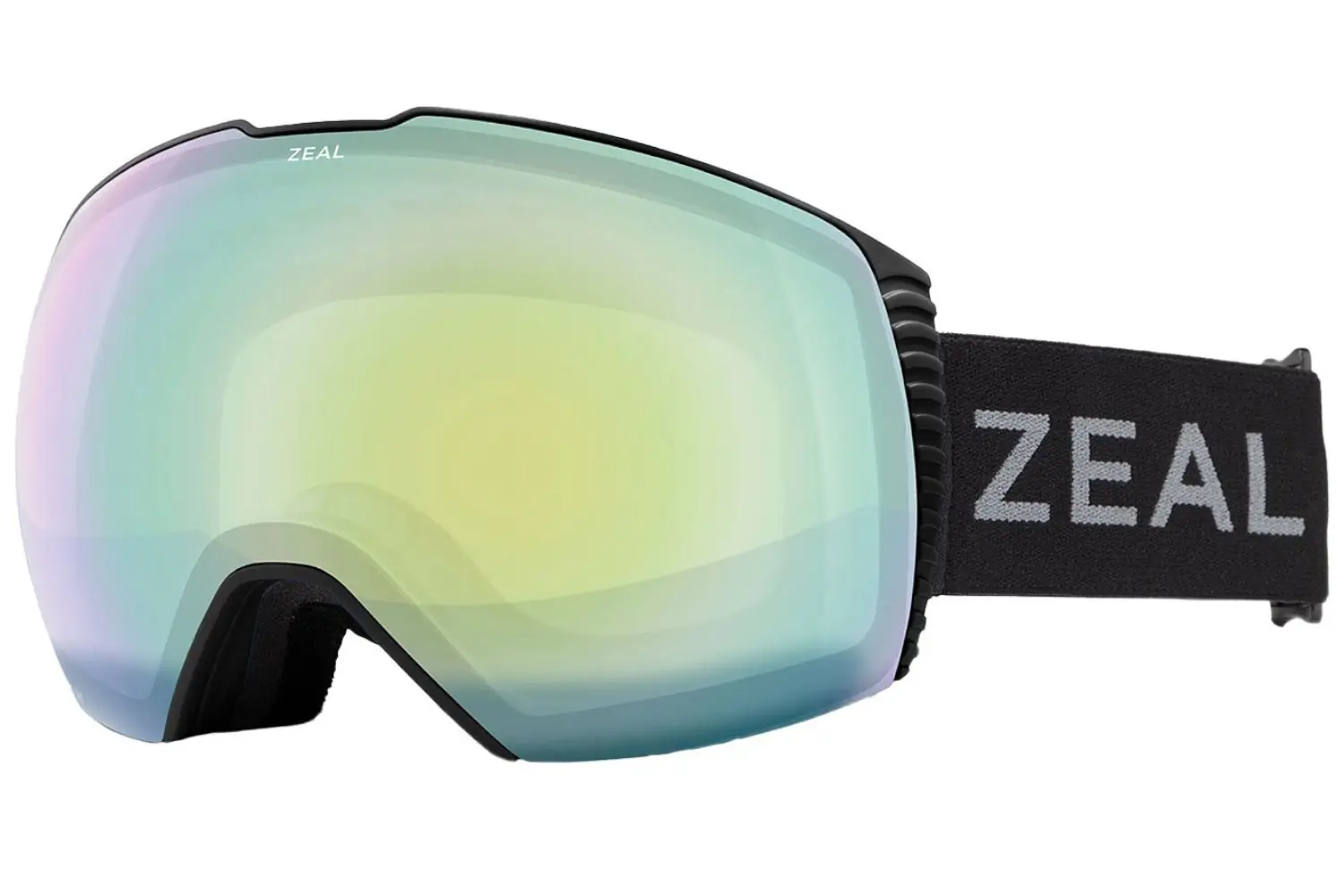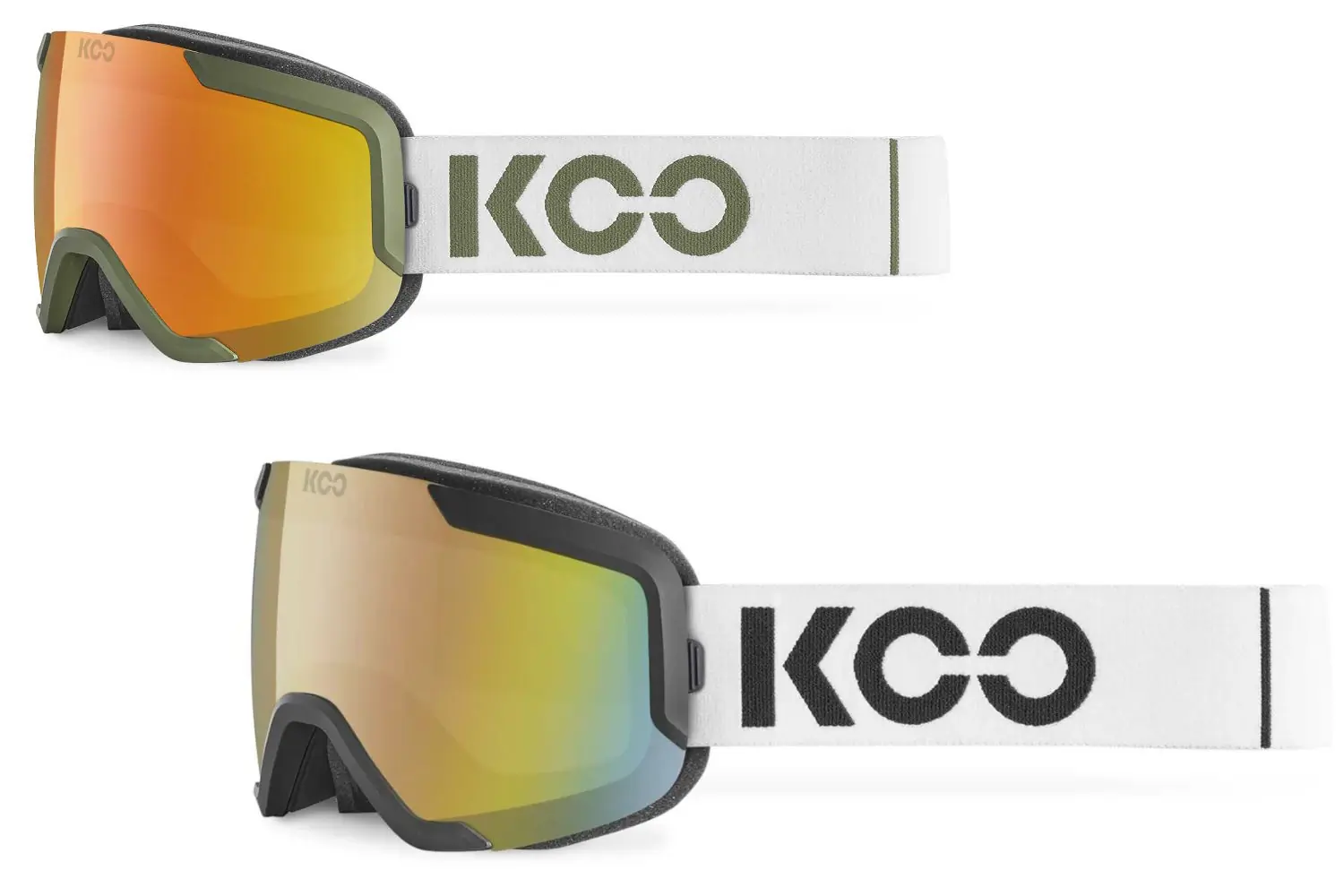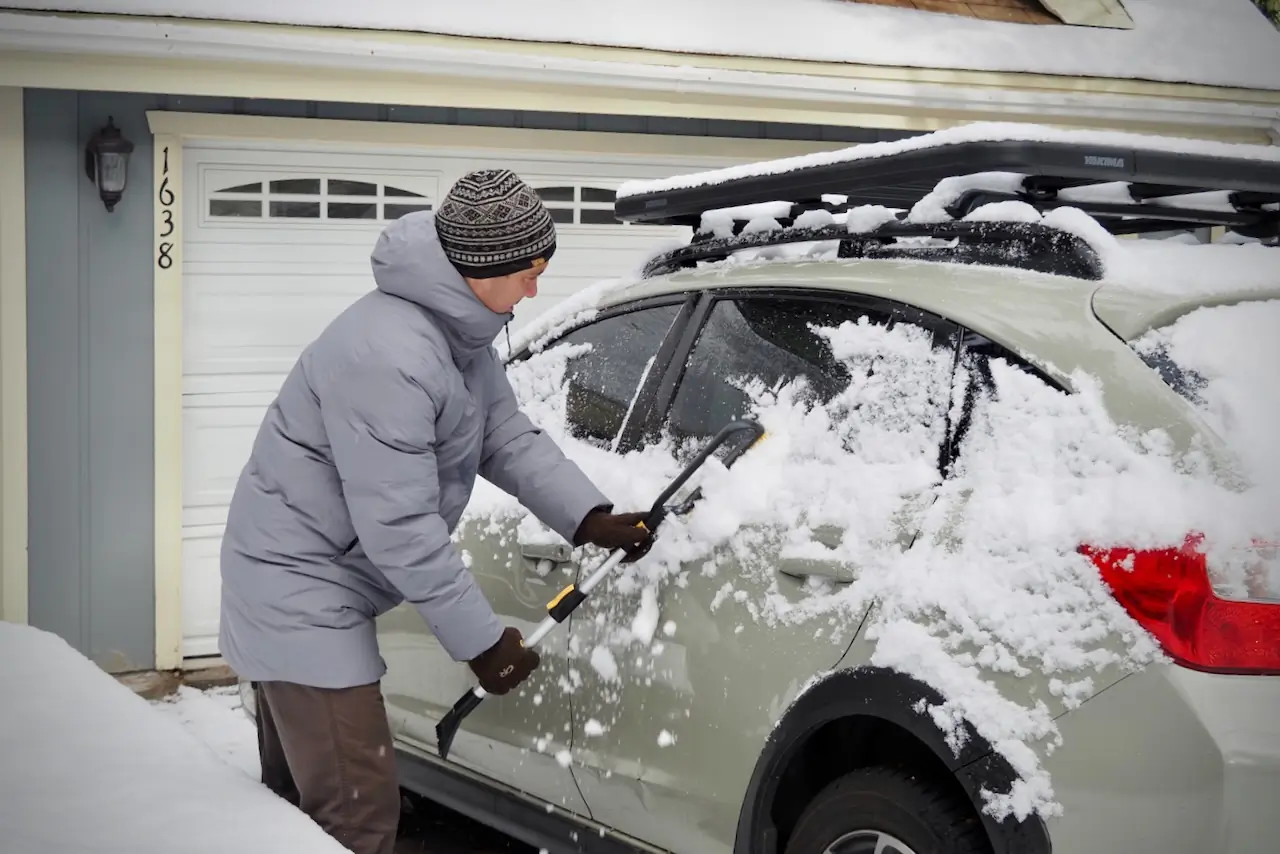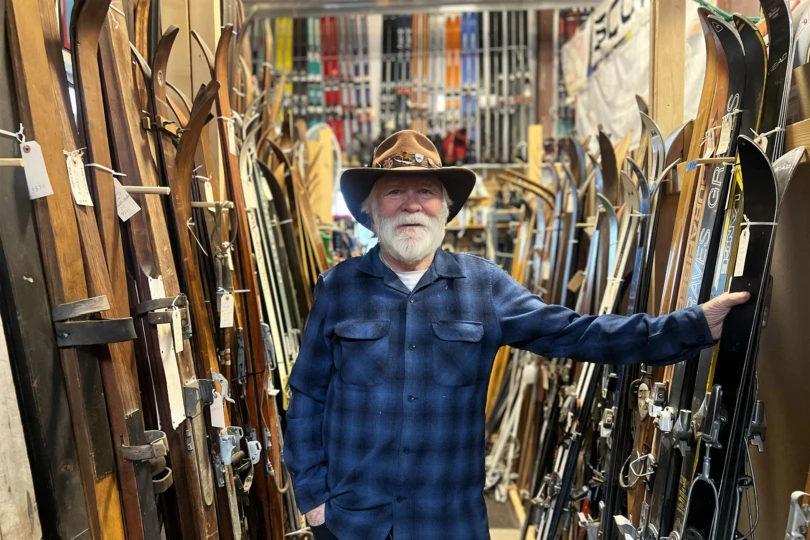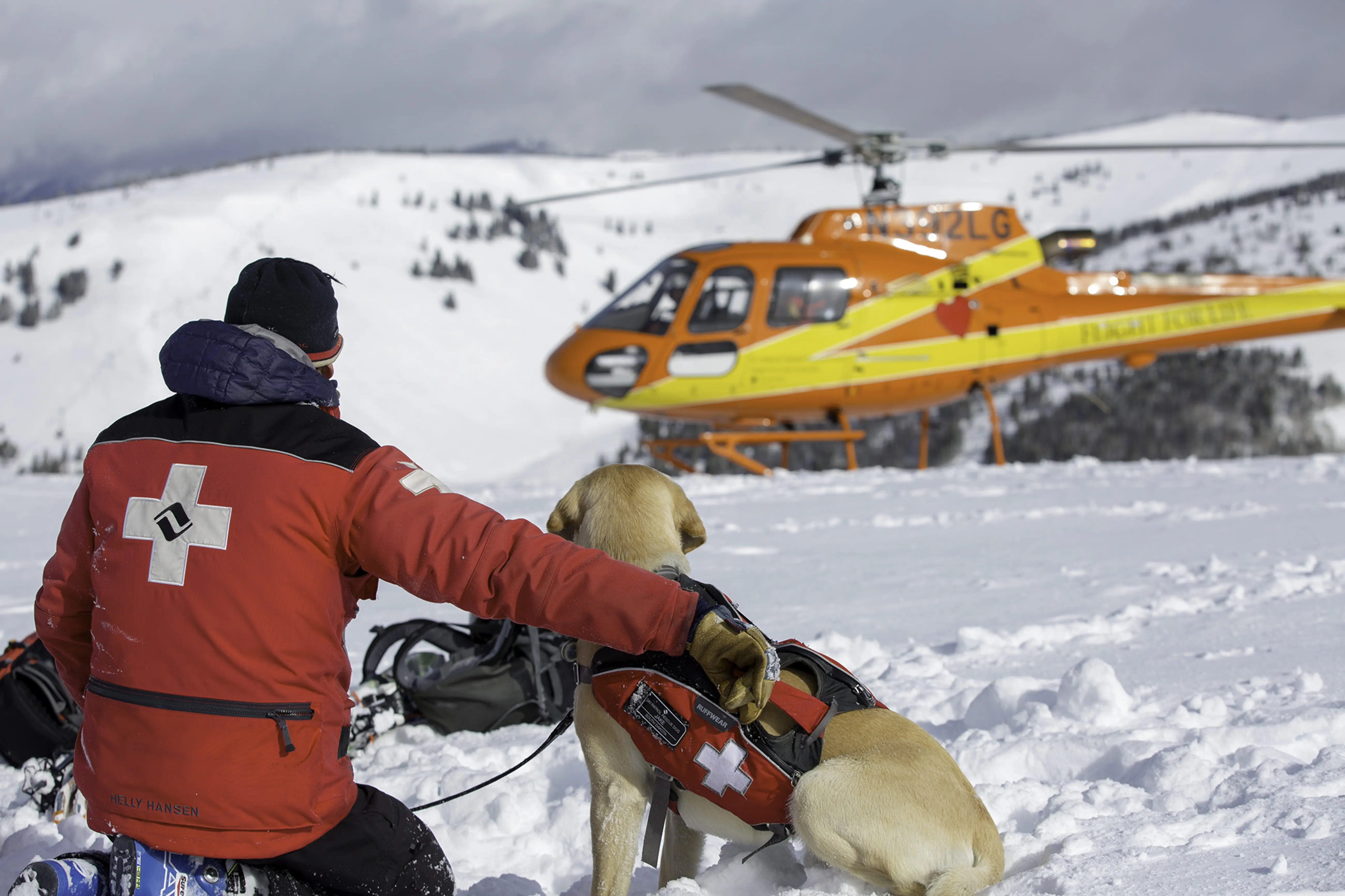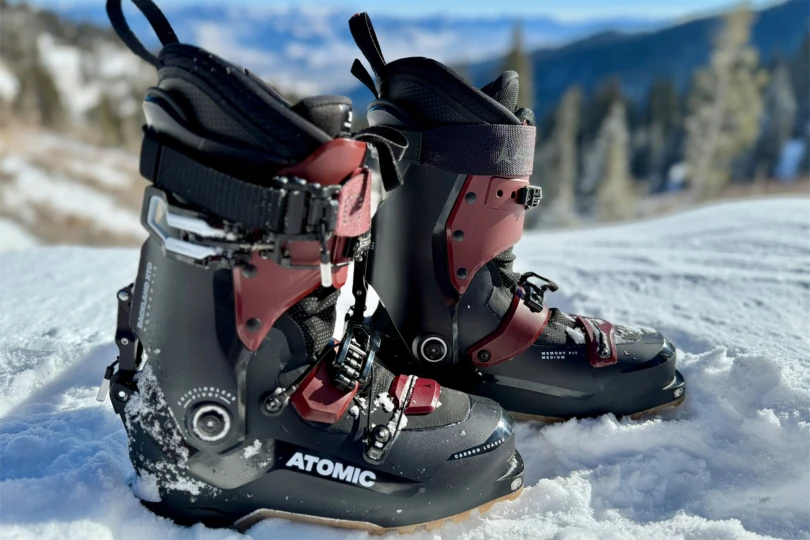Modern ski goggles are wonders of technology. Unlike years past, there’s no reason to suffer through fogged optics or obscured vision. And with advanced elements like photochromic lenses, contrast-enhancing light filtration, and easy lens interchange, you no longer have to squint or strain to see. Nor do you need to head to the lodge for a lens swap.
Our team has put dozens of goggles to the grindstone over the past several winters to bring you our favorites. Since this guide was initially published in 2021, it’s advanced through seven iterations and thousands of hours of field tests from several on-snow experts. We’ve worn this eye protection in the depths of gray winters, on blindingly sunny alpine tours, and through powerful storms.
If you want a premium lens that stays fog-free and delivers excellent clarity in variable light, pick the Smith I/O Mag ChromaPop. For a durable design, exceptional protection, and a comfortable fit for small- to medium-sized faces, check out the Giro Revolt Goggle.
Editor’s Note: We updated our Ski Goggles buyer’s guide on December 17, 2025, with the field-tested Vallon Freebirds.
Fan of Smith? Check out our info-packed round-up The Best Smith Goggles.
The Best Ski Goggles of 2025-2026
Smith I/O Mag ChromaPop
-
Lens Quality
9.5
-
Lens Swap System
8.9
-
Fit and Comfort
9.0
-
Anti-Fogging
9.0
- Best for: Excellent clarity, especially in variable and low-light conditions
- Lenses: 2
- Frame size: Medium, Small, Low Bridge
- Lens shape: Spherical
Pros
- Easy to quickly change out lenses
- Anti-fog interior lens design
Cons
- Lenses are easily smudged while swapping due to the frameless design
Giro Revolt
-
Lens Quality
8.0
-
Lens Swap System
6.0
-
Fit and Comfort
9.0
-
Anti-Fogging
9.0
- Best for: Variable light conditions at the resort
- Lenses: 2
- Frame size: Medium
- Lens shape: Cylindrical
Pros
- The included low-light lens works well in challenging conditions
Cons
- The lens is not the quickest to swap out
Julbo Launcher Goggles
-
Lens Quality
8.0
-
Lens Swap System
8.0
-
Fit and Comfort
8.5
-
Anti-Fogging
9.5
- Best for: Backcountry and hike-to terrain
- Lenses: 1
- Frame size: Large
- Lens shape: Cylindrical
Pros
- Superflow Pro Venting System eliminates fogging
- Top-end photochromic lens adapts quickly to changing light
- Edgeless frame and large lens offer big field of view
Cons
- Expensive
- Testers felt some pressure on nose
- Optics not quite as precise as high-end competitors
Anon M5 Goggles
-
Lens Quality
9.0
-
Lens Swap System
9.5
-
Fit and Comfort
9.0
-
Anti-Fogging
9.5
- Best for: Storm days, poor lighting conditions
- Lenses: 2
- Frame size: Medium, large
- Lens shape: Toric
Pros
- Remarkably easy lens swap
- Magnetic face mask included
- Sharp optics for any lighting conditions
- Comfortable fit, offered in smaller frame size (M5S)
Cons
- Expensive
Dragon NFX Mag OTG Goggles
-
Lens Quality
8.0
-
Lens Swap System
9.0
-
Fit and Comfort
9.0
-
Anti-Fogging
9.0
- Best for: Over the glasses
- Lenses: 2
- Frame size: Medium
- Lens shape: Cylindrical
Pros
- Contrast enhancement
- Quick lens change
- Good venting
- Over the glasses compatibility
Cons
- Bonus lens is very basic
- Expensive
- Stiff frame may not fit every face
- Color distortion up and down
Sweet Protection Durden RIG Reflect Goggles
-
Lens Quality
8.0
-
Lens Swap System
8.4
-
Fit and Comfort
8.0
-
Anti-Fogging
8.5
- Best for: All-around resort and backcountry use
- Lenses: 1
- Frame size: Medium to large
- Lens shape: Cylindrical
Pros
- Strap placement enhances comfort and fit
- Seemingly fogproof
- Good contrast in flat light
Cons
- May be too large for smaller faces
- Well ventilated, may be chilly on very cold days
Smith Bobcat Sunglasses
-
Lens Quality
9.0
-
Lens Swap System
8.0
-
Fit and Comfort
9.0
-
Anti-Fogging
8.5
- Best for: Uphilling
- Lenses: 2
- Frame: Medium (fits small faces)
- Lens shape: N/A
Pros
- Super lightweight and durable
- Crossover pair for mountain biking
- Very easy to swap lenses
- Soft, pliable frame that does not dig into face with helmet or headlamp
- Excellent anti-fog
Cons
- Expensive
- Lenses show wear and tear after only one season
Other Spectacles Protecting Our Corneae
-
Lens Quality
9.0
-
Lens Swap System
9.0
-
Fit and Comfort
8.0
-
Anti-Fogging
7.9
- Best for: Top tier optics and contrast enhancement
- Lenses: 2
- Frame size: Large
- Lens shape: Cylindrical
Pros
- Exceptional optics
- Large field of view
- Solid lens swapping system
- Include two premium lenses
Cons
- Occasional fogging
- Expensive
-
Lens Quality
9.0
-
Lens Swap System
7.5
-
Fit and Comfort
9.0
-
Anti-Fogging
7.5
- Best for: Big field of vision for small and medium faces
- Lenses: 1
- Frame size: Small/Medium
- Lens shape: Spherical
Pros
- High quality optics
- Large field of view compared to other small/medium framed goggles
- Quality construction
Cons
- Low ventilation led to occasional fogging
- Only one lens included
- Lens is challenging to replace
-
Lens Quality
9.0
-
Lens Swap System
7.0
-
Fit and Comfort
8.0
-
Anti-Fogging
7.9
- Best for: Sunny conditions
- Lenses: 1
- Frame size: Medium/Large
- Lens shape: Spherical
Pros
- High-quality lens by Zeiss
- Medium/large frame should fit most faces
Cons
- Limited field of vision
- Only include one lens
- Clumsy lens swapping
-
Lens Quality
8.0
-
Lens Swap System
7.5
-
Fit and Comfort
8.5
-
Anti-Fogging
9.0
- Best for: Helmet integration, low light
- Lenses: 2
- Frame size: Medium, large
- Lens shape: Cylindrical
Pros
- Clear, precise optics
- Great fit with a variety of helmets
- Easy lens change
Cons
- Helmet required for best fit
- Lens pairing leaves some gaps
-
Lens Quality
8.0
-
Lens Swap System
9.5
-
Fit and Comfort
9.0
-
Anti-Fogging
8.9
- Best for: Value and springtime shredding
- Lenses: 2
- Frame size: Large
- Lens shape: Cylindrical
Pros
- Excellent value
- Two mirrored lenses cover wide light spectrum
- Versatile, comfortable frame
Cons
- Average optical quality
-
Lens Quality
9.0
-
Lens Swap System
9.0
-
Fit and Comfort
8.0
-
Anti-Fogging
9.5
- Best for: Premier all-around goggles for any conditions
- Lenses: 2
- Frame size: Large
- Lens shape: Spherical
Pros
- Highly effective anti-fog
- Extra-wide field of view
- Easy, secure lens interchange
- Comfortable
Cons
- Expensive
- Too large for smaller faces
-
Lens Quality
9.0
-
Lens Swap System
9.0
-
Fit and Comfort
8.0
-
Anti-Fogging
9.0
- Best for: Resort days
- Lenses: 2
- Frame size: Medium to large
- Lens shape: 3DPlane molded lens
Pros
- Super scratch and smudge resistant
- Powerful, easy to change magnetic lenses
- Excellent contract and clarity
Cons
- Lens is a tad on the larger size and might swallow a small face
- Loud style might not be everyone’s preference
-
Lens Quality
9.0
-
Lens Swap System
7.0
-
Fit and Comfort
9.0
-
Anti-Fogging
9.5
- Best for: Versatility
- Lenses: 2
- Frame size: Medium
- Lens shape: Spherical
Pros
- Large field of view
- Easy lens swap
- Included lenses are versatile
- Fit well with hat or helmet
- Good value
Cons
- Some refraction/glare
- Lens can pop loose with a big impact
-
Lens Quality
9.0
-
Lens Swap System
7.0
-
Fit and Comfort
7.5
-
Anti-Fogging
9.0
- Best for: Bluebird days
- Lenses: 2
- Frame size: Medium
- Lens shape: Hybrid
Pros
- Distinct aesthetic
- Crisp, clear optics
- Hybrid lens shape
Cons
- Clumsy lens change system
- Low light lens isn’t mirrored
- Expensive for what you get
Ski Goggles Comparison Chart
Scroll right to view all of the columns: Price, Lenses, Frame Size, Lens Shape.
| Ski Goggles | Price | Lenses | Frame Size | Lens Shape |
| Smith I/O Mag ChromaPop | $283 | 2 | Medium | Spherical |
| Giro Revolt | $150 | 2 | Medium | Cylindrical |
| Julbo Launcher | $320 | 1 | Large | Cylindrical |
| Anon M5 | $300 | 2 | Medium/Large | Toric |
| Dragon NFX Mag OTG | $280 | 2 | Medium | Cylindrical |
| Sweet Protection Durden RIG Reflect | $150 | 1 | Medium/Large | Cylindrical |
| Smith Bobcat Sunglasses | $247 | 2 | Medium (fits small faces) | N/A |
| Oakley Line Miner Pro | $317 | 2 | Large | Cylindrical |
| Smith Skyline | $193 | 1 | Small/Medium | Spherical |
| Vallon Freebirds | $189 | 1 | Medium/Large | Spherical |
| POC Nexal | $270 | 2 | Medium/Large | Cylindrical |
| Pitt Viper Proform | $170 | 2 | Large | Cylindrical |
| Bollé Torus Neo | $300 | 2 | Large | Spherical |
| 100% Norg | $250 | 2 | Medium/Large | 3DPlane Molded Lens |
| Zeal Optics Cloudfall | $199 | 2 | Medium | Spherical |
| KOO Eyewear Energia | $250 | 2 | Medium | Hybrid |
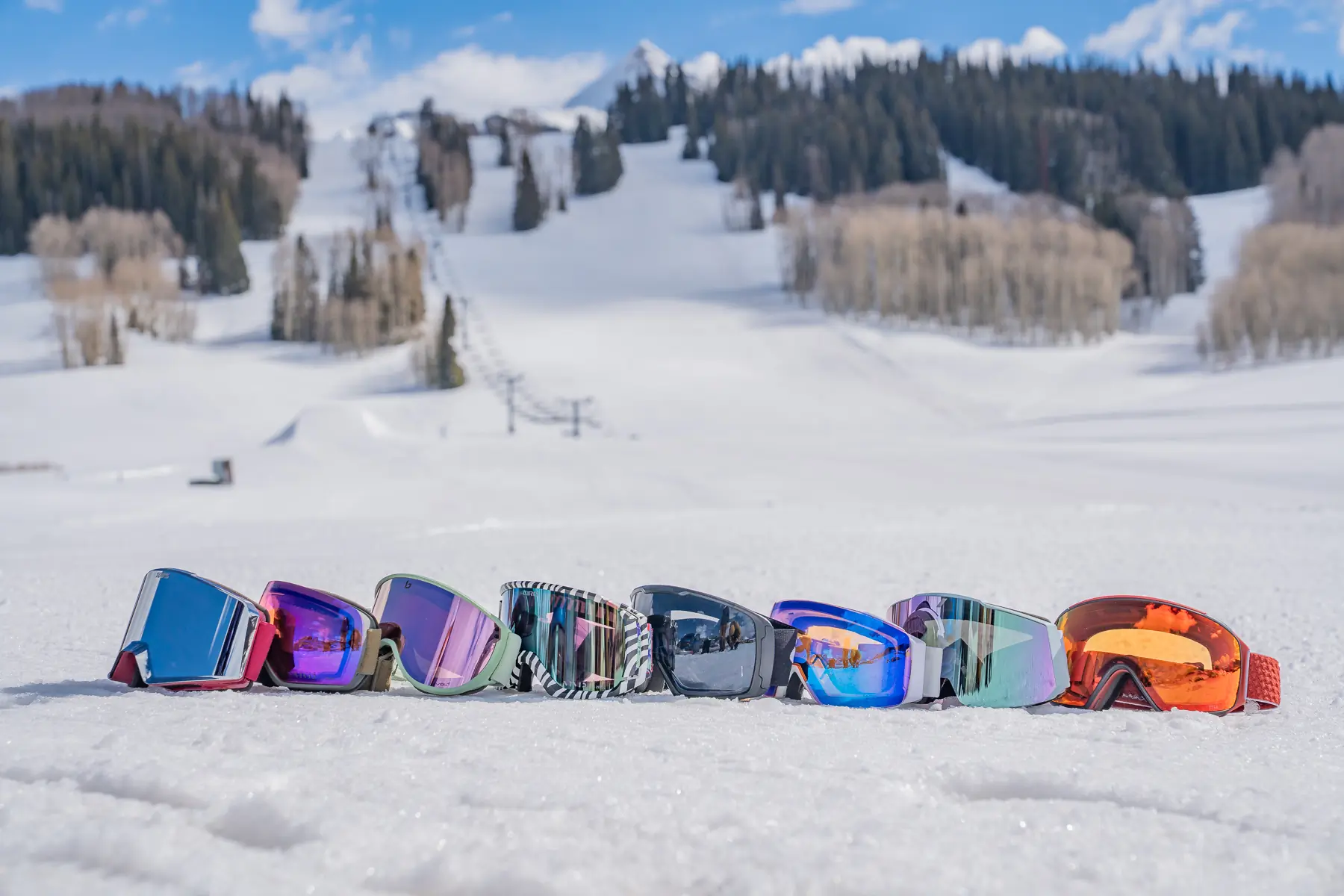
How We Tested the Best Ski Goggles
Our Expert Testers
GearJunkie Senior Editor Morgan Tilton specializes in snowsports and has lived in the high-altitude Rockies of Colorado for over three decades, where she learned to ski, snowboard, and snowmobile, and resides today. At the same time, she works with gear testers, Tilton field tests between the desk shuffle.
So far in 2025, Tilton has tested ski goggles for 165 hours over 44 days in Colorado, Montana, Wyoming, and British Columbia. In 2024, she tested ski goggles for 265 hours over 78 days of recreation, from the ski area to the backcountry and from blizzards to bluebird days. In 2023, she tested snow goggles for 114 hours over 35 days.
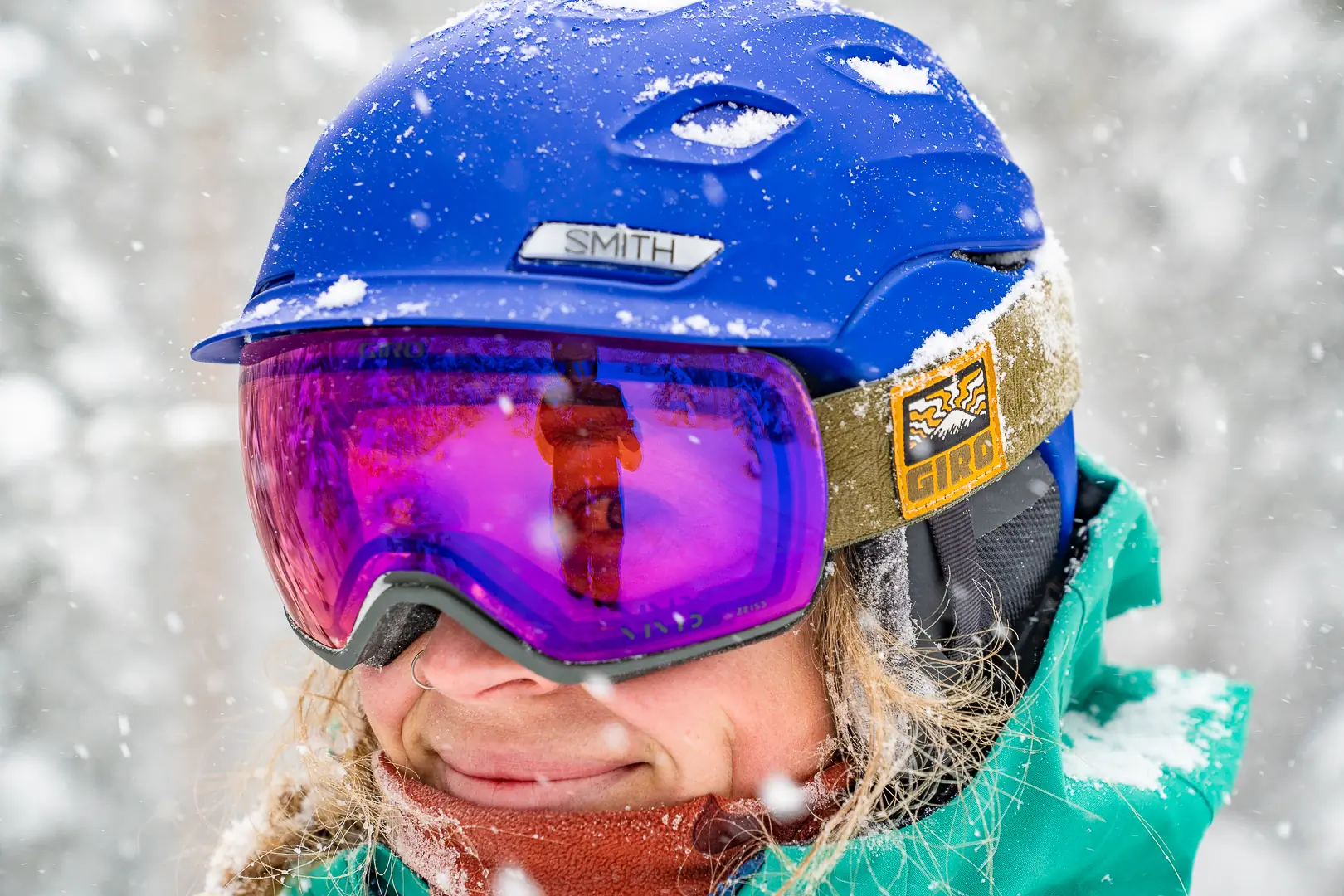



Gear tester and writer Bergen Tjossem primarily hammers goggles in Colorado’s backcountry, at his home ski mountain, and while mountaineering. Tjossem clocked nearly 150,000 feet of human-powered backcountry vert in the 2023-2024 test season, plus 25 days at ski resorts.
Other contributing gear testers for this guide include professional ski guide and avalanche course instructor Kaylee Walden, snowboarder Austin Beck-Doss, skier Mary Murphy, and Editorial Director Sean McCoy.
Our Testing Grounds
We’ve tested snow goggles on backcountry missions in Colorado’s Gore Range, dawn ascents of Mt. Rainier, and at ski resorts countrywide, including Alta Ski Area and Vail Resorts.
The GearJunkie team has met for two on-snow test weeks to grind out turns and swap notes at Crested Butte Mountain Resort, which is known for its expert terrain.




Our Testing Process
When we test snow goggles, we consider the overall fit, field of vision, comfort, shape, lens quality and clarity, light transmission, size, and adjustability of the lens and strap.
We examine the lens technology, including ventilation, scratch and impact resistance, hydrophobic and anti-fog treatments, light adaptivity (photochromic lenses), and polarized glare protection.
In addition to field tests, we consider the most sustainable, innovative, legacy, popular, and award-winning products on the shelf today. This collection of ski goggles includes a broad range of options to fit various budgets, winter athletes, and needs.
Our Ski Goggles Rating System
We score each ski goggle on a 1–10 scale for Lens Quality, Lens Swap System, Fit and Comfort, and Anti-Fogging.
Lens quality dives into the lens shape: spherical is top-notch with a horizontal and vertical curve, offering wider peripheral vision and minimal distortion. Toric blends spherical and cylindrical, which is a high-end option. We also take into account the contrast enhancement and if the design is dual-pane for reducing fog buildup.
Various lens swap systems exist, but not all are easy to use. We consider how quick and easy the lens is to change on-the-go, as well as how secure the connection is. Goggles that include an extra lens get more points.
As we examine the fit and comfort, we look at frame size, foam, helmet compatibility, as well as the strap and if it’s silicone backed, for instance.
For anti-fogging, we inspect the vents, vent placement, anti-fogging coatings, frame-helmet integration, and take note of the field performance while taking powder laps, hiking, and ski touring.
The Overall Rating is based on contextual, editorial judgment, and the complex user experience across various scenarios and conditions.
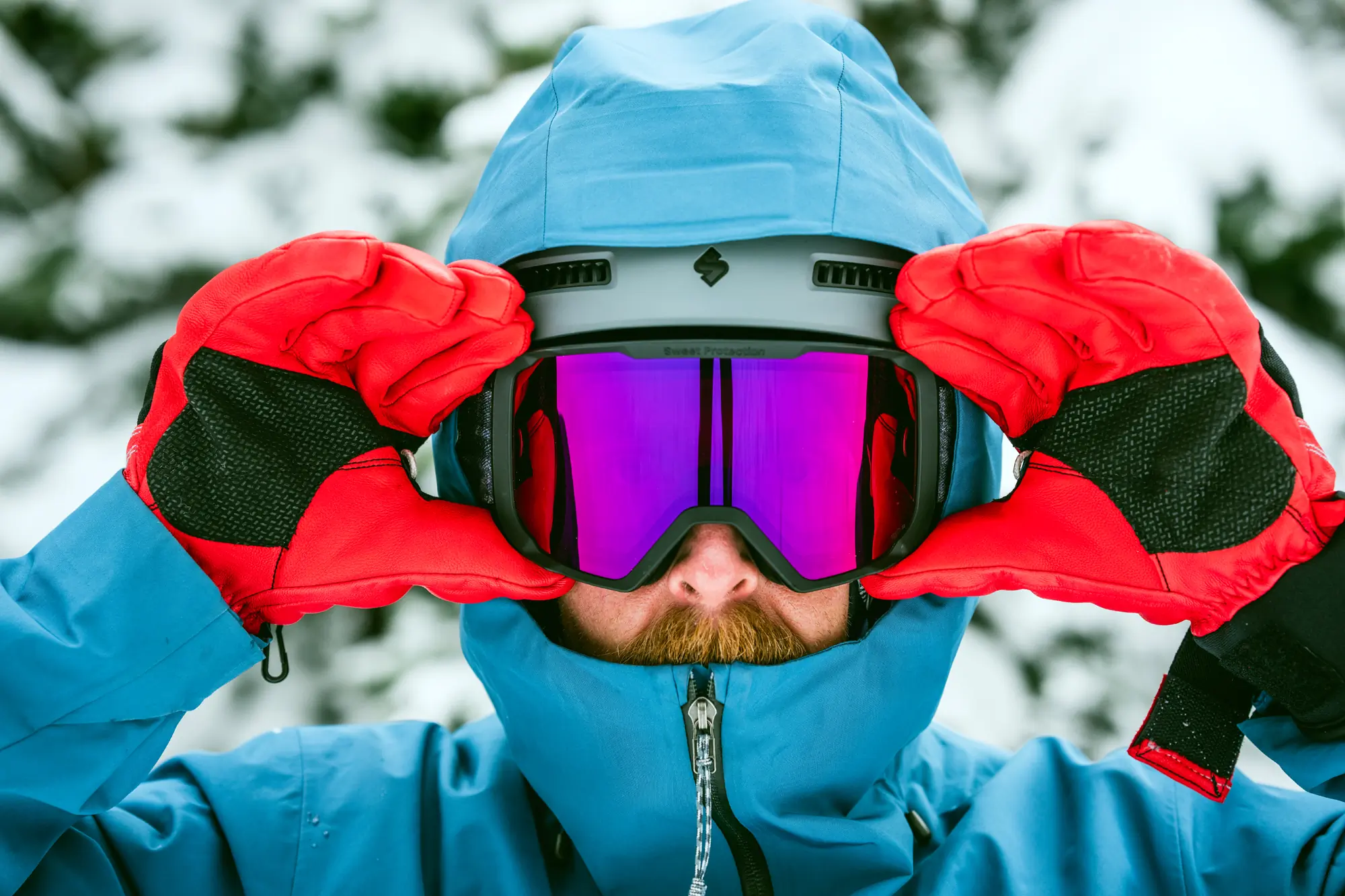



Buyer’s Guide: How to Choose Ski Goggles
The lens is the most critical part of your goggles. It protects your eyes from the harsh sun, stinging wind, and flying objects.
One of our editors once planted a pole into a tree and then skied into the other end of its pole right between the eyes. Their Julbo Aerospace Snow Goggles protected their heads and eyes. It hurt and nearly knocked them out, but it would have been much worse without them.
And while the lens is the core ingredient, it isn’t everything. Frame sizes are highly variable, from tiny to XXL. If you go too small, you slash your peripheral vision. Go too big and wind will creep in underneath the goggles. Helmet compatibility is essential, as is the strap’s width, style, and closure design. It’s also key to consider the lens swap mechanism and style.
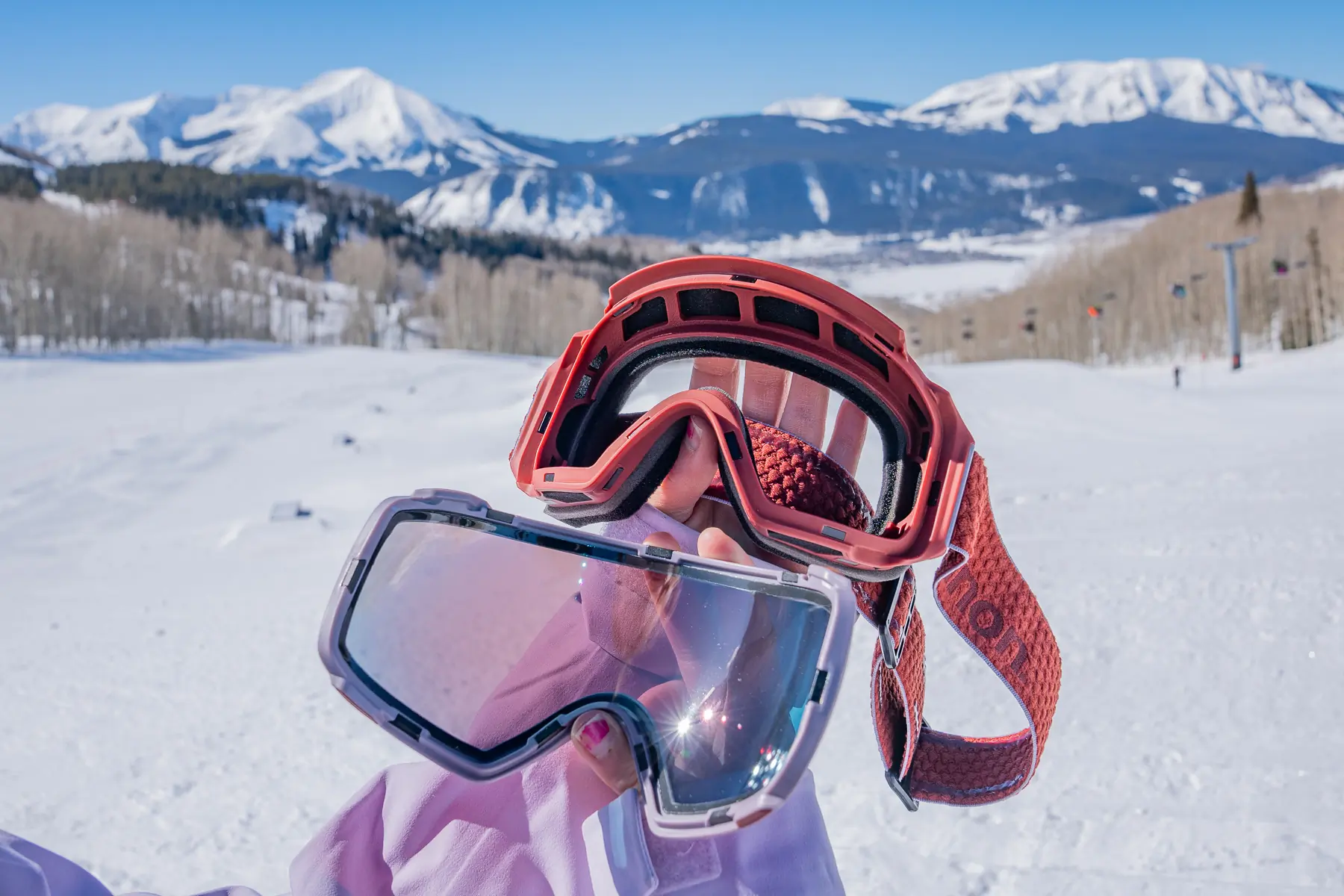



Parts of Ski Goggles
Ski goggles are basic yet complex. You’ll find a multilayer lens, frame, strap, and foam all sandwiched together for these empowering spectacles.
Lens
The lens protects your eyes, and brands make it of shatter-resistant, transparent polycarbonate. The exterior and interior can be coated with scratch-resistant, anti-fog, hydrophilic, oleophobic, or smudge-resistant treatments. Nearly all snow goggle lenses are double-layered with a seal, so the internal gap maintains a temperature that prevents fogging, like double-pane windows.
The lens also enhances your vision. Each one filters certain colors and lets a specific amount of sunlight through, depending on the day’s lighting conditions and the terrain’s contrast. That’s why paying attention to a lens’s visible light transmission (VLT) is essential, and bundles that include two lenses can be handy, covering most of the lighting conditions you’ll encounter. The Zeal Cloudfall Goggles, for example, come with a 30% VLT lens for brighter days and a 65% VLT lens for darker, cloudier conditions.
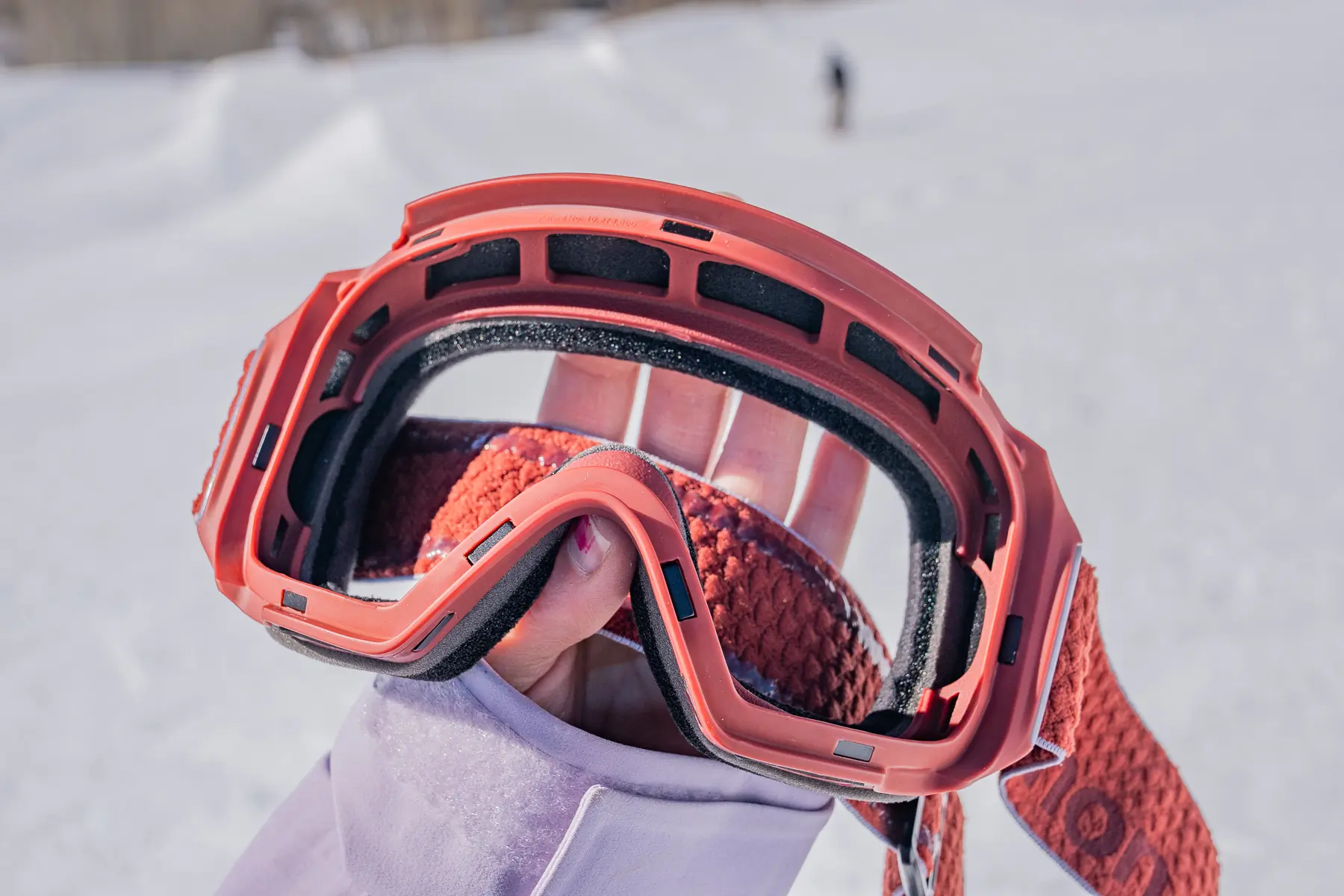



It’s also key to consider how easily swappable the lens is. Changing out a traditional lens might be reasonable if you tend to stop at a base lodge. But if you’re skiing in the back bowls on a stormy day, you can quickly swap magnetic lenses, like those on the 100% Norg Goggle.
Frame
The frame around the lens is made of durable, pliable plastic. Silhouettes come in a wide variety of shapes and sizes, including small, women’s-specific (which are scaled-down and smaller), and lower-bridge styles, which fit faces with lower nose bridges or a wide or high cheekbone shape. Some brands also refer to low-bridge fits as Alternative or “Alt” fit, Asian fit, or Universal fit.
Frames come in a variety of sizes. Some, like the Anon M5 Goggles, have a massive faceprint that is better suited to larger faces. Plenty of goggles sport a more standard fit that will fit many folks.




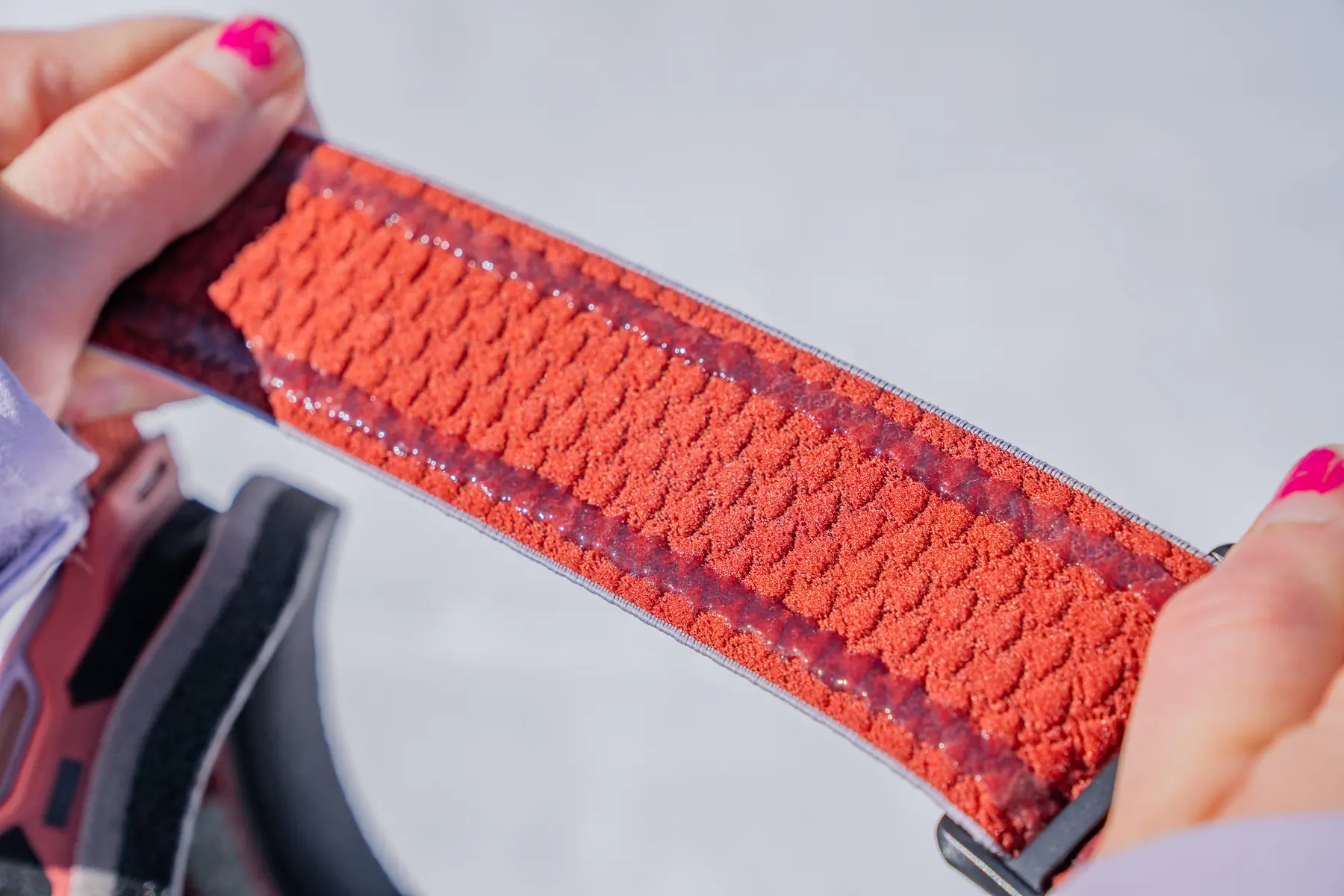



Strap
A wide elastic band holds the goggles around your helmet or head. Some designs have silicone strips or dots on the interior that help the strap stay put.
The band is typically fixed to either side of the goggle, though some designs are detachable, and most straps can be removed and exchanged. The band can be extended or tightened to your preferred circumference with two plastic slider buckles — this is a quick, easy process.
Specific strap designs are continuous and completely enclosed, like the Smith I/O Mag ChromaPop. In contrast, others have a removable plastic clip halfway through the circumference to allow quicker removal of the goggles. Some hook-style clips are not the most secure and can naturally unlatch when we pull the goggle off the helmet.




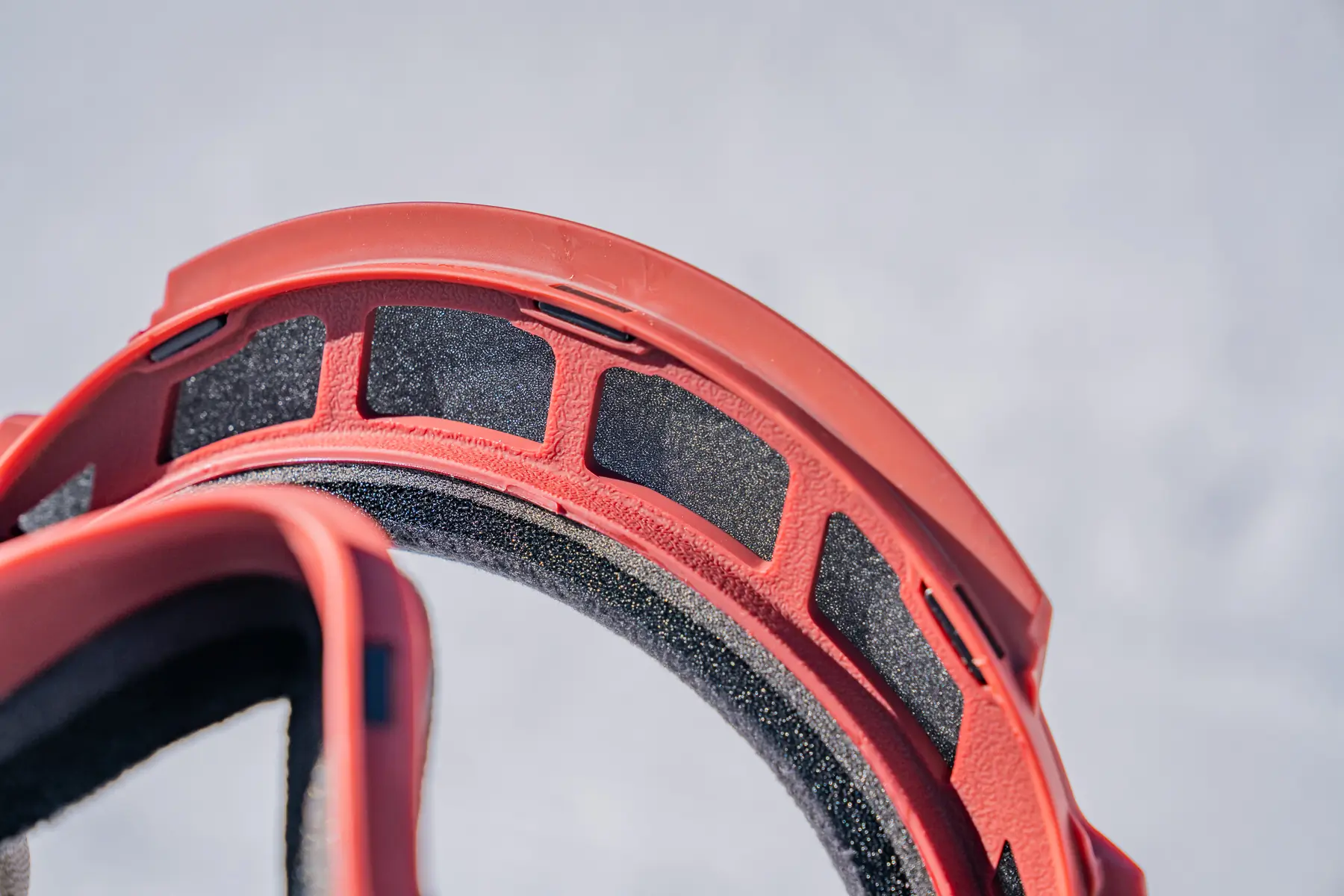



Padding
Inside the frame is a layer of foam padding that provides comfort, seals out wind, and allows airflow to help prevent fogging. The foam even absorbs sweat or moisture from snowfall — or a tomahawk. At the same time, most padding has a fairly similar feel against the skin; the densities, porousness, and textures of foams differ, influencing fit, long-term comfort, and durability.
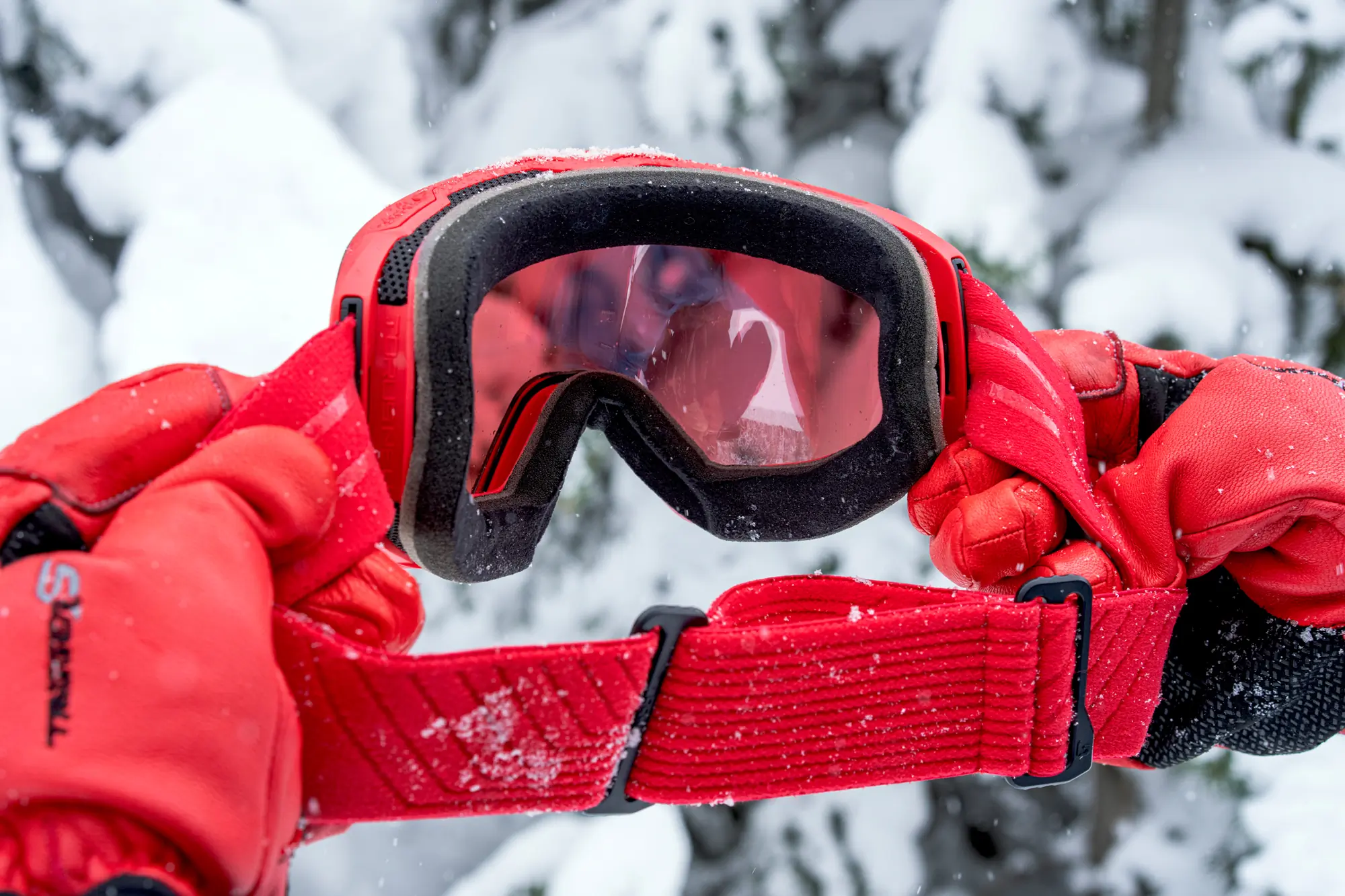



Ski Goggle Fit
Fit should be a top consideration for ski goggles. If you wear a ski helmet, definitely try on the goggles with your helmet on. You don’t want a significant gap between the helmet and goggles, or you’ll get cold air blasting your forehead. The helmet should fit closely with the goggles across the face with no gaps. You’ll want the goggles to sit centered. The POC Nexal Clarity fit admirably on every helmet we strapped them to.
Also, ensure the goggles fit your face well and aren’t too big or small for comfort. Try on a few models to make sure you’re happy with the fit, both to your face and your helmet.
Finally, ensure the strap is long enough to fit around your helmet and face without too much pressure.
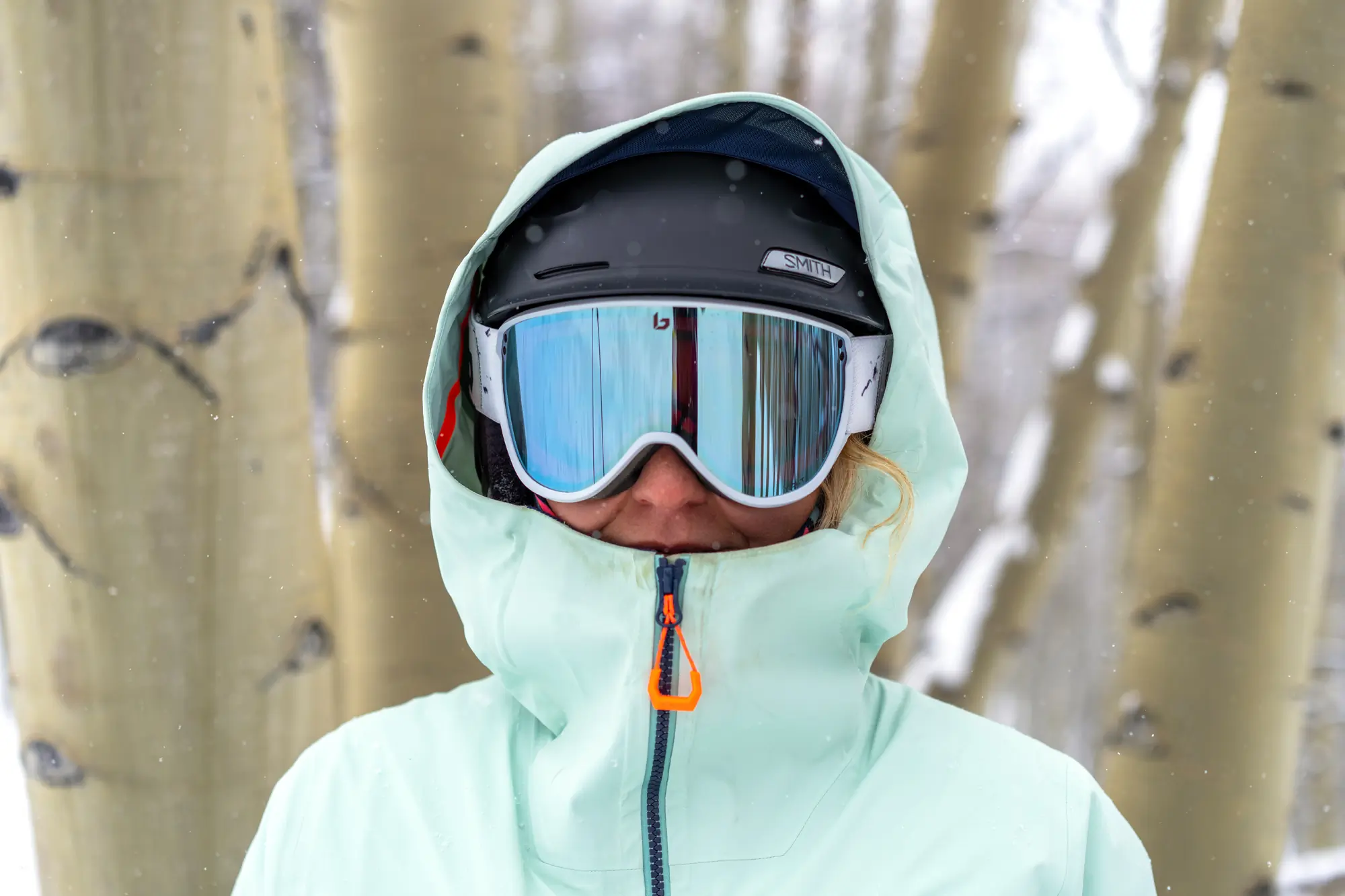



Lens & Light Transmission
What does “VLT” mean? Goggles use the measure “visible light transmission” to identify and categorize lenses. VLT is the percentage of visible light that lenses allow to pass through based on the lens color or tint, thickness, coatings, and construction material. The higher the number, the more light gets through the lens.
The best lenses for sunny days have a VLT between 5% and 20%. Look for lenses with a VLT between 60% and 90% for low-light conditions.
Each brand labels ski goggles for various weather conditions to help skiers choose the best ones for daily use.
Many lenses are available across the categories 1-4, with one being nearly clear for very low light and four being super dark for very bright sunshine.
- Category 1: Nearly clear for very low light
- Category 2: Approximately 43% to 18% of light passes through the lens
- Category 3: Close to 8% to 18% of light passes through the lens, making it suitable for use in sunny conditions
- Category 4: Super dark for very bright sunshine
Most goggles fall in the 2-3 category, with many photochromatic models offering a range from 1 to 3. Few models come in 4, which is intended for only the brightest snow conditions and can be too dark when clouds roll in. The Bollé Torus Neo goggles offer a good range, including Cat 1 and Cat 3 lenses.
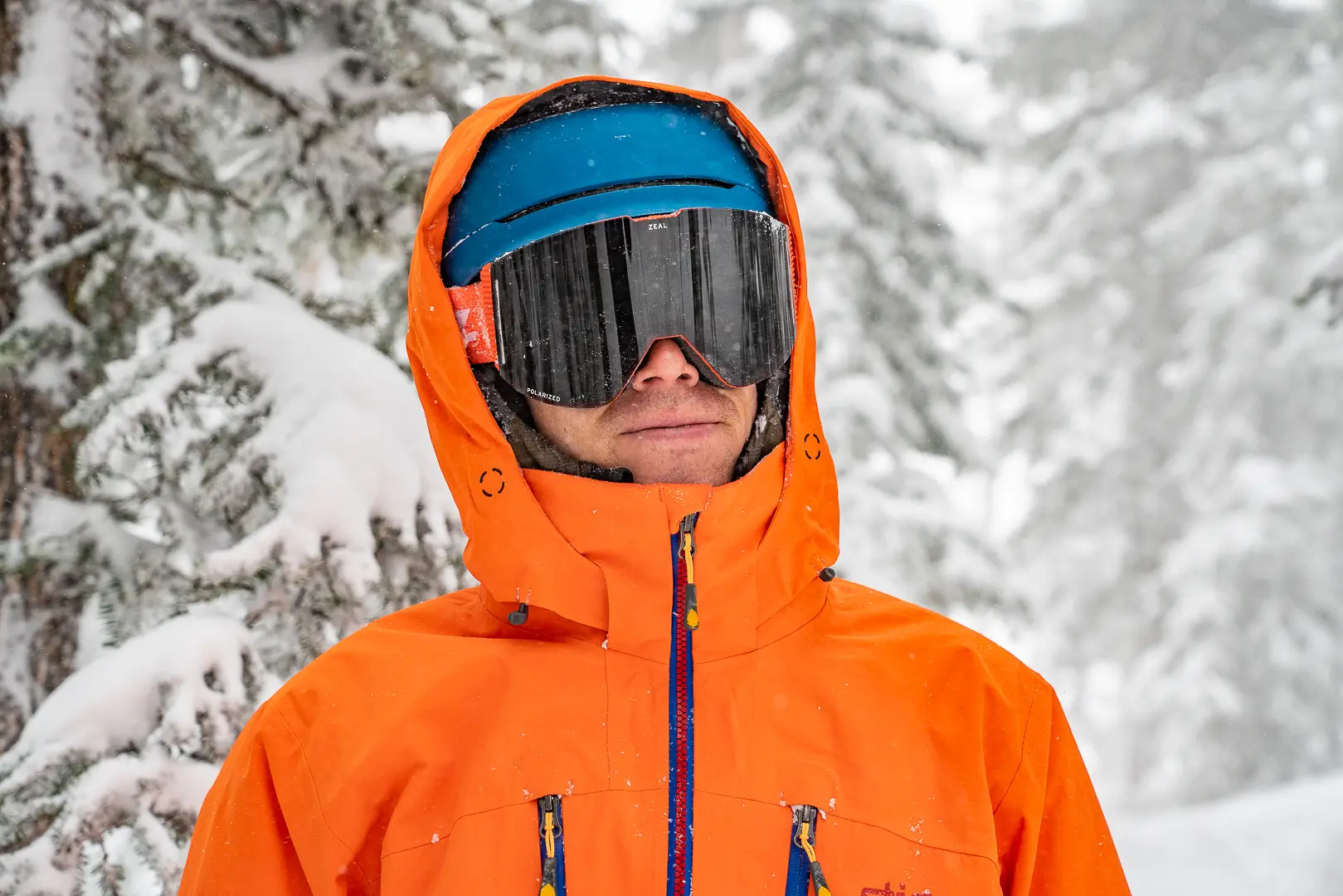



Tint & Color
While color may seem like a stylistic choice, the tint or color of a lens influences the VLT. Each tone filters the incoming color and light differently.
You’ll often see that lighter-toned and more transparent lenses, which allow more environmental light, are colored yellow or rose; darker lenses angle toward brown, gray, or copper. Try a few on, see what you like, and look into daylight when evaluating the color.
This list shows how lens colors pair with different outdoor light conditions:
- Bright, sunny: Black, dark gray, dark red, brown, platinum, and mirrored lenses
- Partly cloudy: Blue, green, medium red, violet, medium gray
- Overcast, low-light: Yellow, gold, copper, amber, orange, rose, light red
- Night: Transparent/clear
For style, the frame and the band are available in various colors.
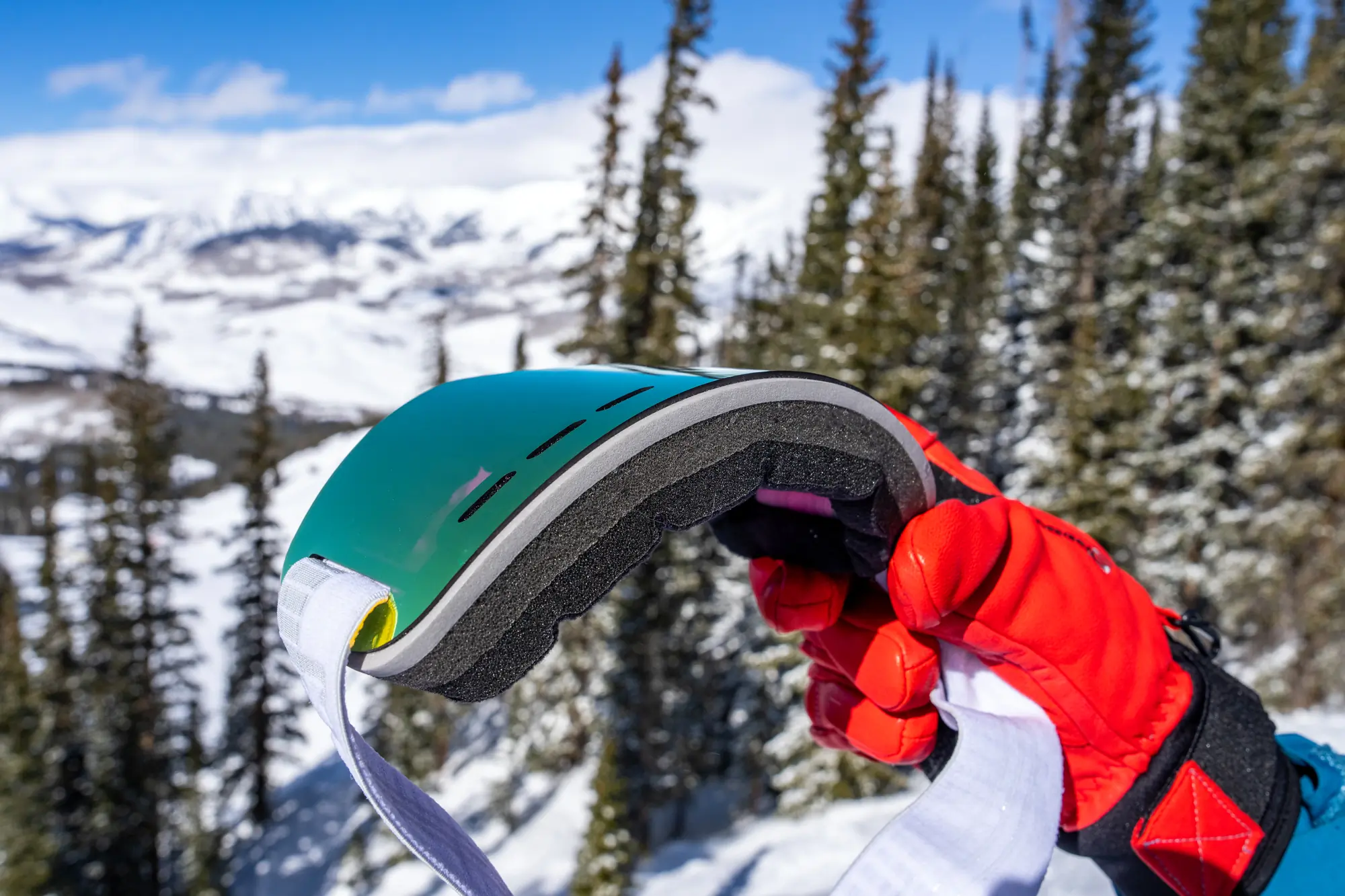



Lens Shape
When evaluating lenses, consider the shape. Some goggles frames are compatible with multiple lens shapes, like the Anon M4 frame, which is the same frame for the toric and Cylinderrical packages. But some Google frames are not transferable.
Most of our favorite snow goggles are cylindrical or spherical. A handful of designs take a hybrid approach that combines the best characteristics of a cylindrical, spherical, or toric lens, like the KOO Energia, which combines a toric and cylindrical lens.
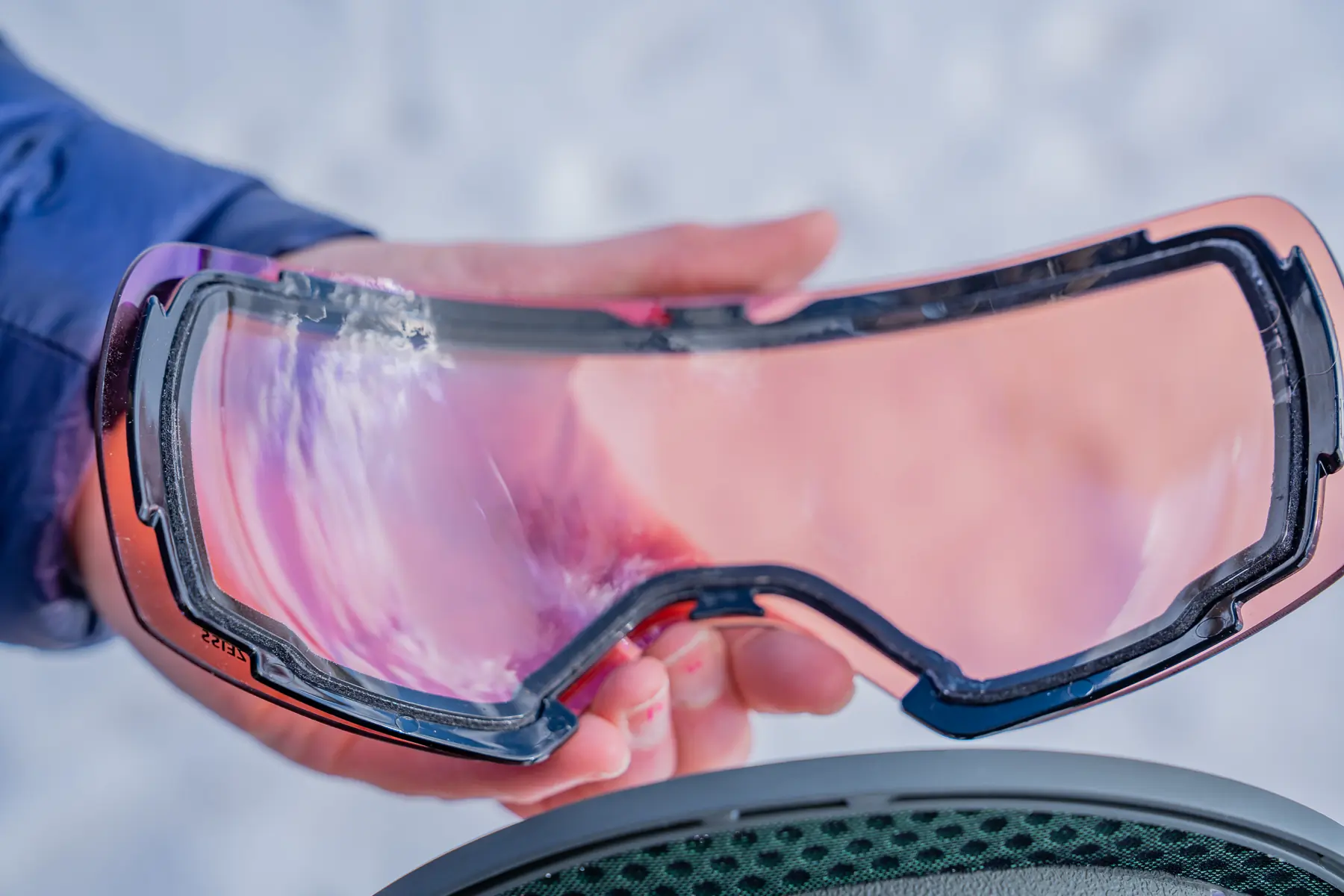



Cylindrical Lens
A cylindrical lens curves in a flat plane across your face. This design means the lens is flat in the vertical plane and curves along the horizontal axis.
These lenses work well but offer less field of view than most spherical lenses. They sit closer to the face, so there’s a higher size ratio to field of view and ventilation, despite the overall faceprint being smaller. Often, the top-to-bottom view is not as wide as other lens designs. They also tend to have slightly more glare, because there are more flat areas to reflect light. Some designers add a taper on the edge to help combat that reflection.
Our favorite cylindrical lenses range from $90 to $280 and tend to start at a lower price point. The cylindrical aesthetic is popular stylistically, and many goggle designs work well with it.


Spherical Lens
Alternatively, a spherical lens has three curved dimensions and looks a bit like a cross-section of a sphere. The shape of the lens more closely follows the shape of your face, which gives you the best optical accuracy. To account for ventilation, the lens tends to bubble more off the face.
They cost more to manufacture and therefore have a higher price on the shelf. But for the money, you get a better field of view, less glare, and less distortion — which leads to better visibility and less eye fatigue.
Our choice spherical options range from $270 to $320.
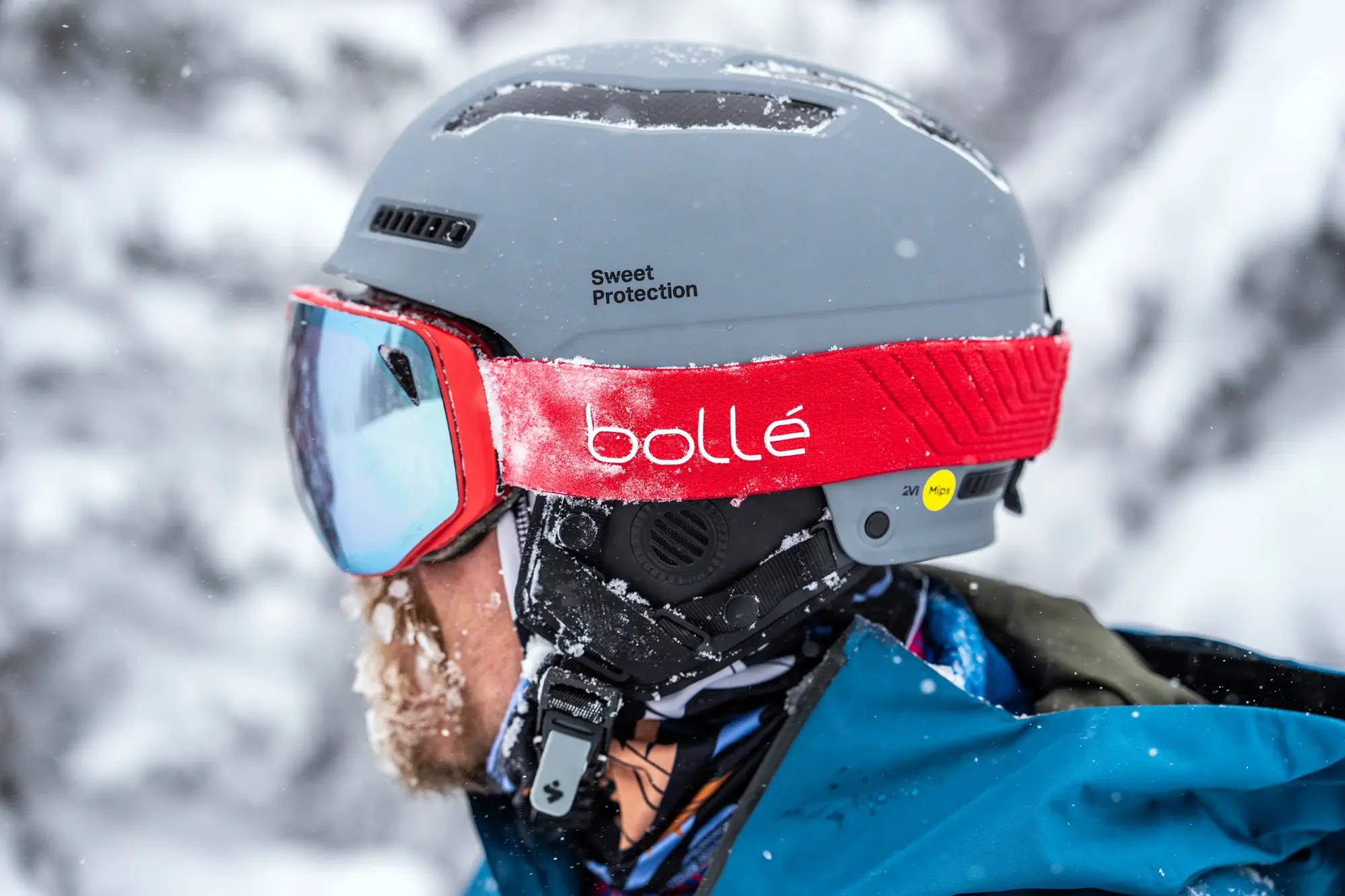



Toric Lens
The toric shape has two different lateral and horizontal curvatures, aiming to find a sweet spot between the field of vision, compactness, and vent volume to decrease the fog potential. The vertical curve along the Y-axis is less extreme than that of a spherical lens, but the X-axis curve is still equally prevalent.
As a result, the peripheral field of view is less distorted and maximized. Not many goggles have a toric design, but one of our favorites is the Anon M5 Goggles. Giro, KOO, and Rossignol also make toric-shaped lenses.
In general, toric designs will cost between $200 and $320.
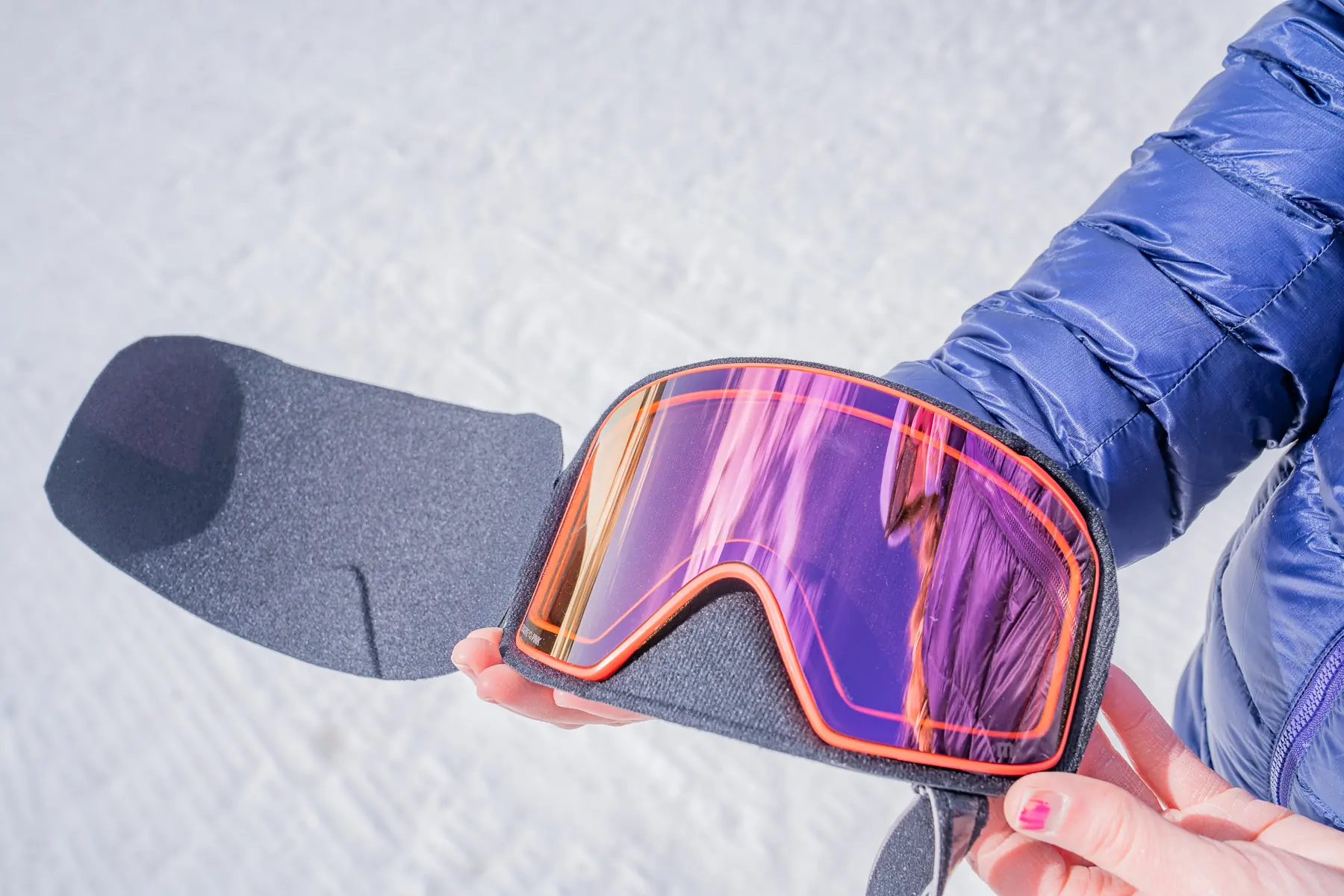



Photochromatic Lens
A photochromatic lens is super helpful for variable light conditions. The lens automatically adjusts its level of tint based on the amount and intensity of the current light exposure. If it’s cloudy or stormy or you’re weaving in and out of the glades, photochromatic technology is an asset.
If you lose a massive amount of vertical from the top of the ski area to the base, like at Jackson Hole Mountain Resort, and face a variety of weather and light conditions, a photochromatic lens is helpful. The same goes for long ski tours where the lighting could change throughout the day.
Some brands offer a photochromatic lens that you select when you purchase the goggle, which is an option for some goggles from Zeal — and the photochromatic lens is excellent — but it’s more pricey.
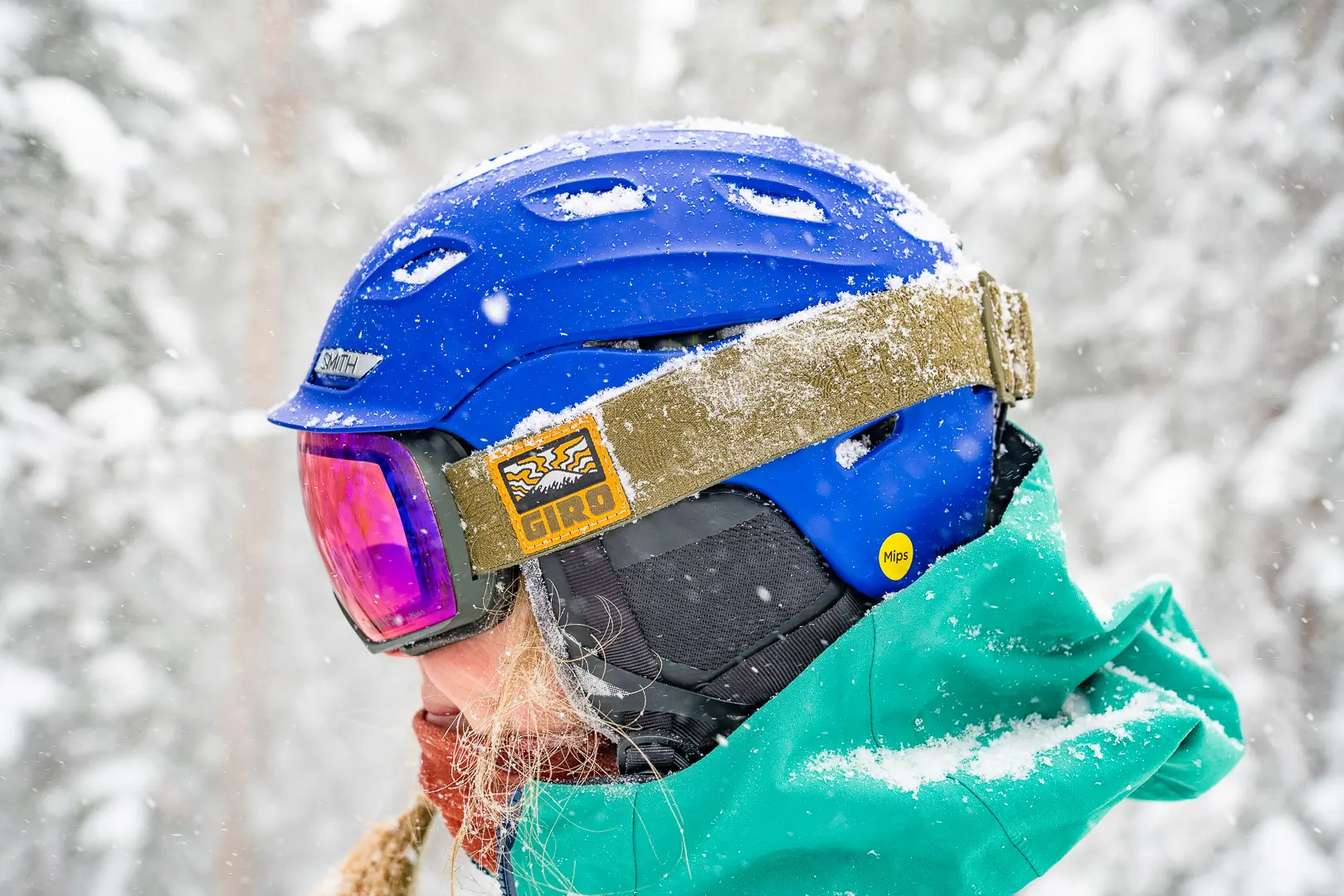



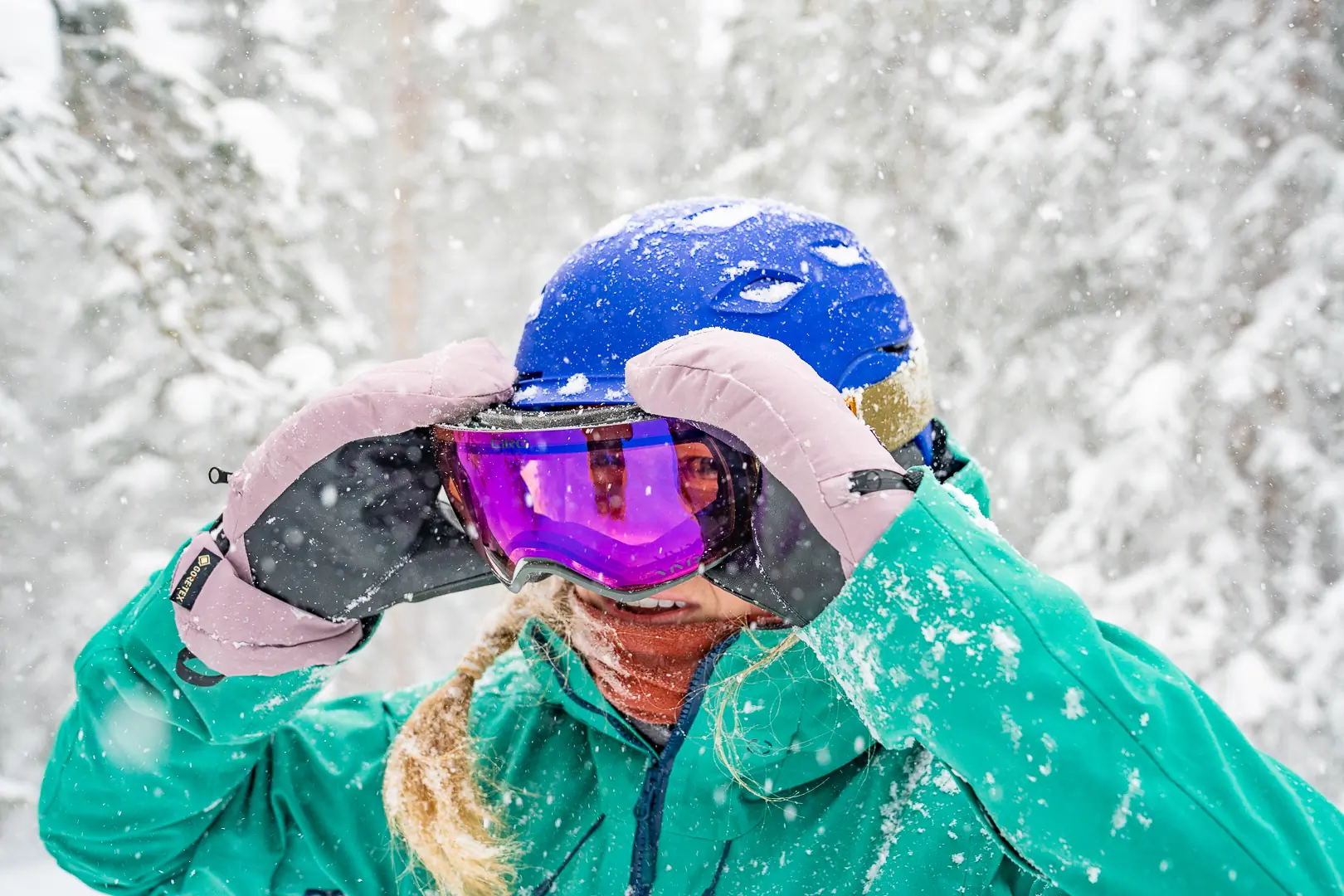



Polarized Lens
Polarized lenses reduce glare by filtering sunlight that reflects off snow or water. The health benefit of a polarized lens is preventing eye strain and fatigue, which also helps to support vision.
Typically, polarized shades are more expensive than non-polarized versions, but many people are pleased with the upgrade.
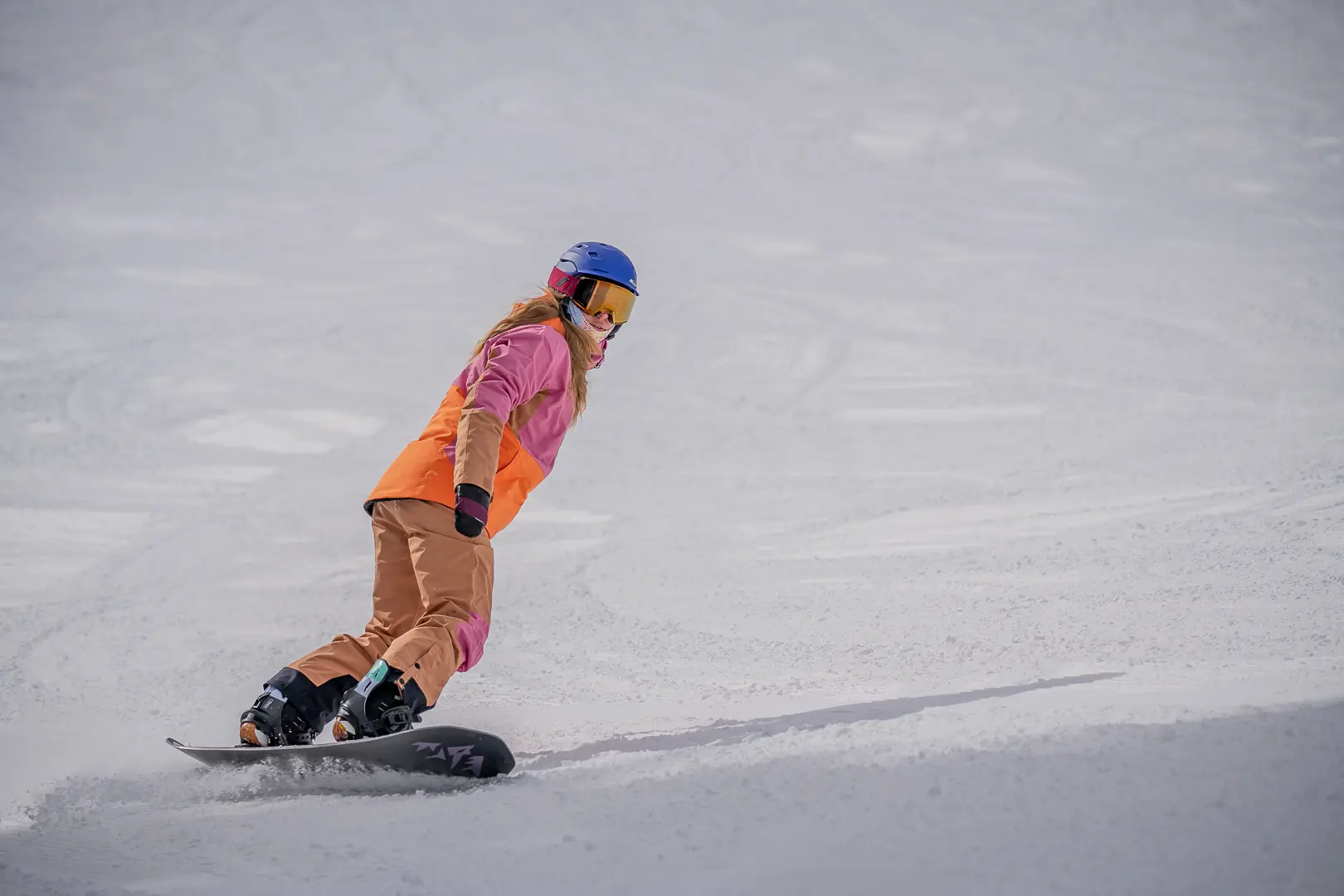



Mirrored Lens
A reflective coating on the outer lens of some goggle lenses creates a mirrored effect that reduces glare. Mirrored lenses look cool and futuristic — just look at the 100% Norg Goggle.
The coating can be partially or fully applied, preventing up to 50% less light than non-mirrored ski goggles.
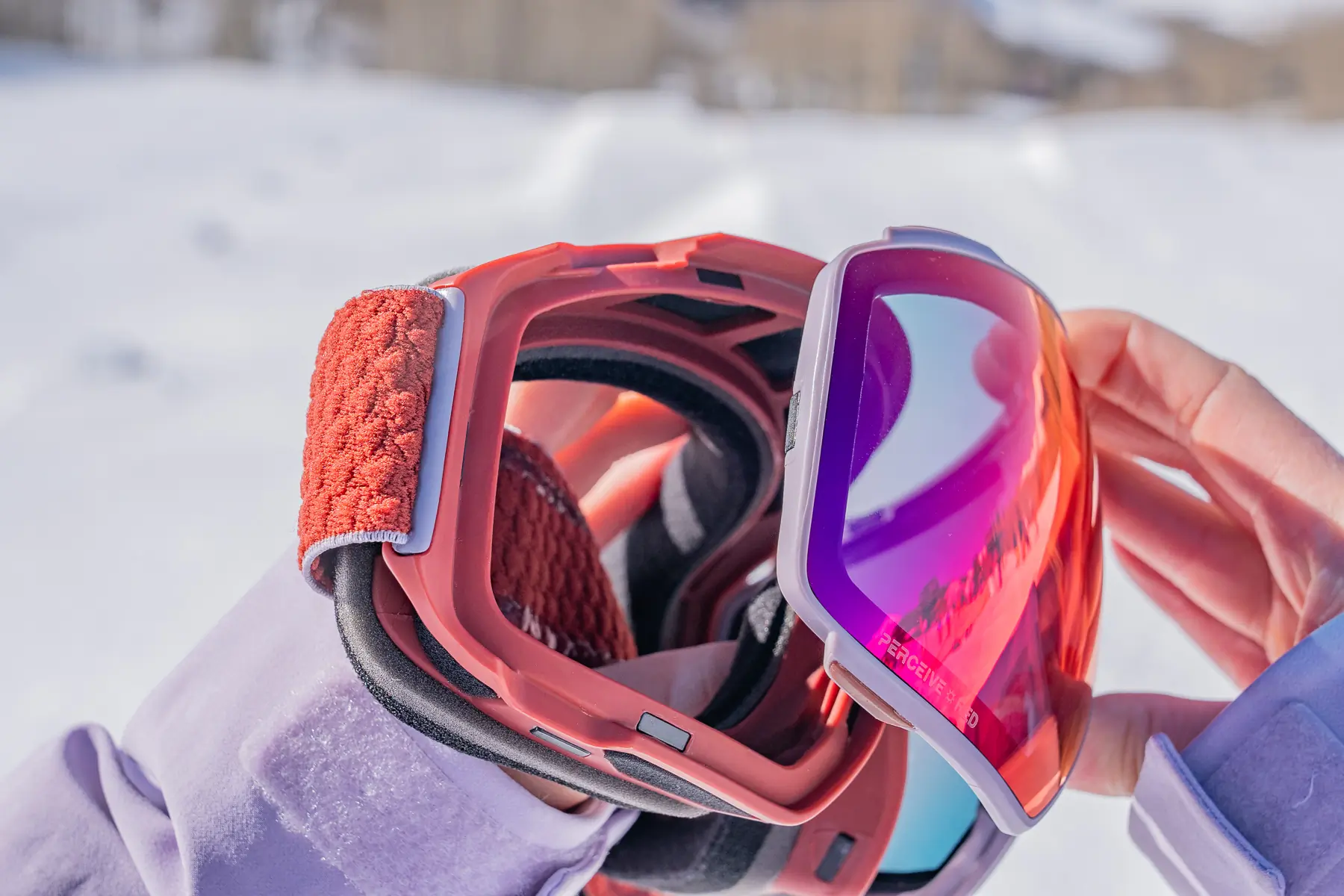



Interchangeable Lenses
Most snow goggles have interchangeable lenses, which allow you to switch lenses depending on light conditions. Consider if a brand sells replacement lenses, which could be cheaper to replace the optical when it gets scratched and the coatings wear off (which they all do eventually). That way, you can reuse the frame without purchasing a new goggle. Also, some goggles come with a second or third lens for varying light conditions.
If you plan to change lenses regularly, we recommend paying a bit more for a pair with an easy, quick-change design. This makes mid-mountain and chair lift changes more efficient and limits the possibility of soiling or damaging the goods, be it the lens or foam. With a magnetic system, you might not even need to take off your gloves because it doesn’t require as much finesse as a traditional pop-out lens.
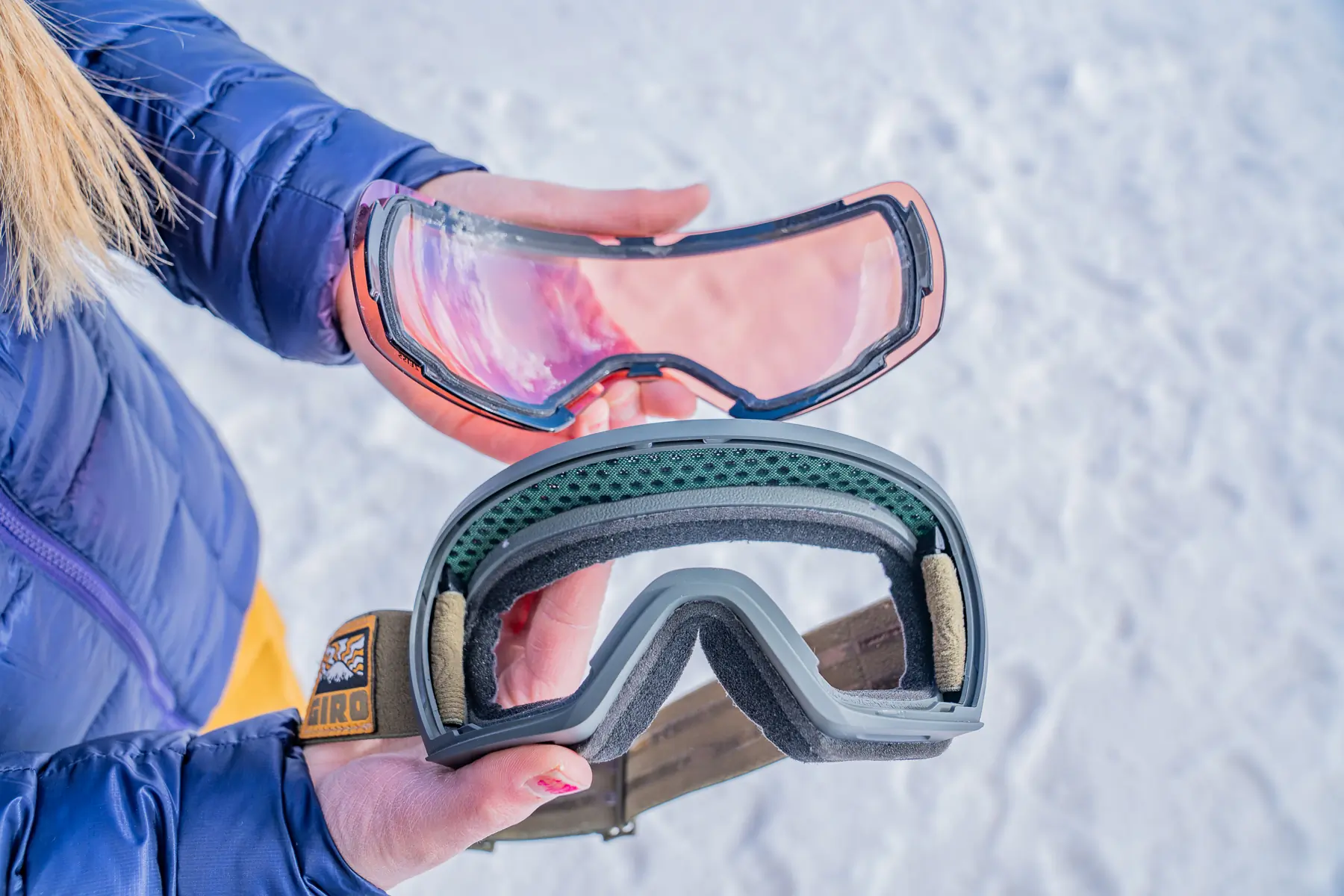



Traditional Lenses
Traditional interchangeable lenses have a handful of tiny teeth around the edge that pop into and out of divots in the plastic frame. You need to align the divots, which can be a tad time-consuming if you’re not familiar with the process, so be sure to practice at home before going on the ski lift to swap out a lens. You can also get fingerprints on the lens, so carry a goggle wipe to clean up.
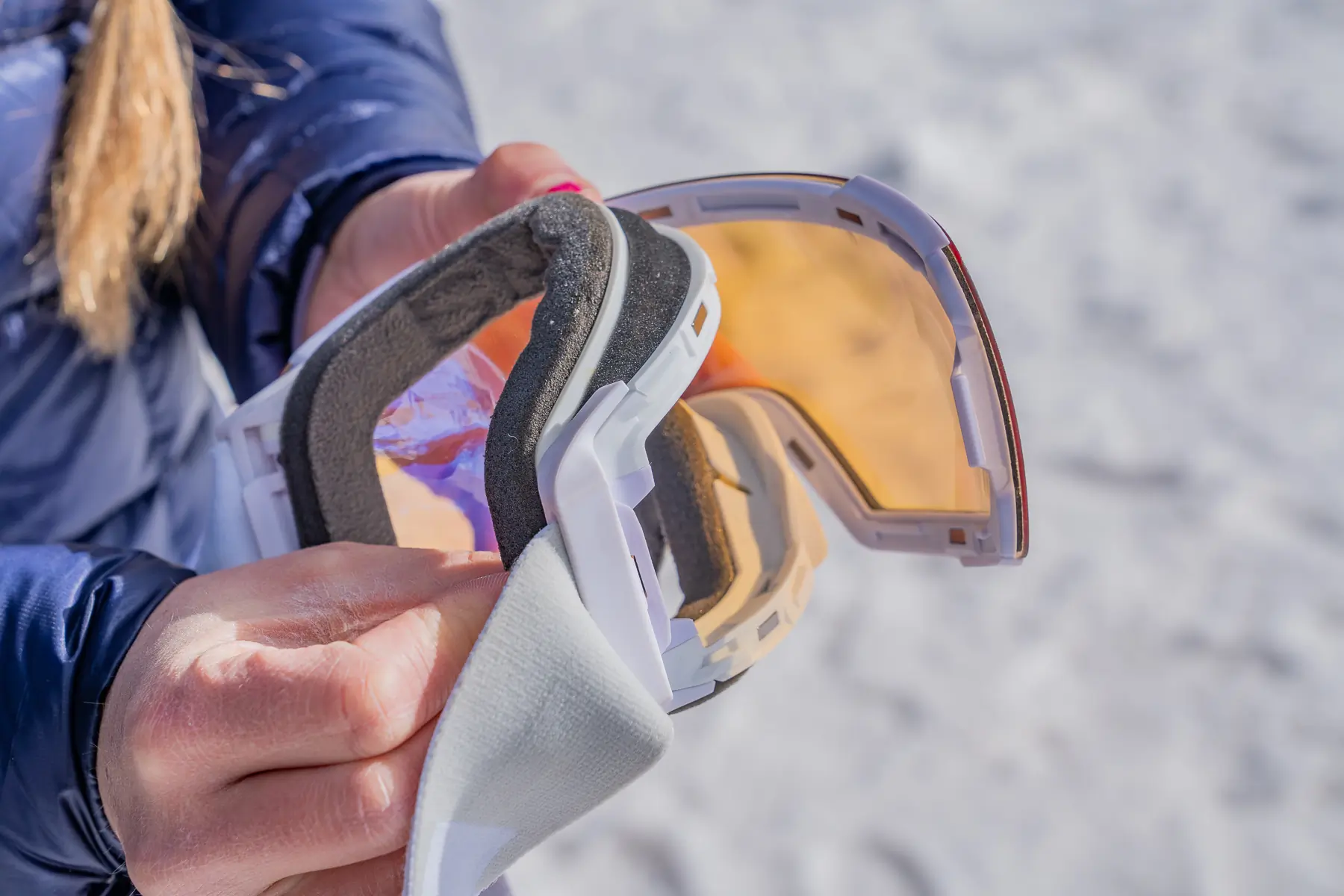



Magnetic Lenses
Progressive lenses attach to the frame using supplemental magnets, along with plastic clips or connection points that fold or slide across the lens for extra security.
Other goggle designs are completely smooth around the edge of the lens and solely depend on magnets, like the Anon M5 Goggles and 100% Norg Goggle.
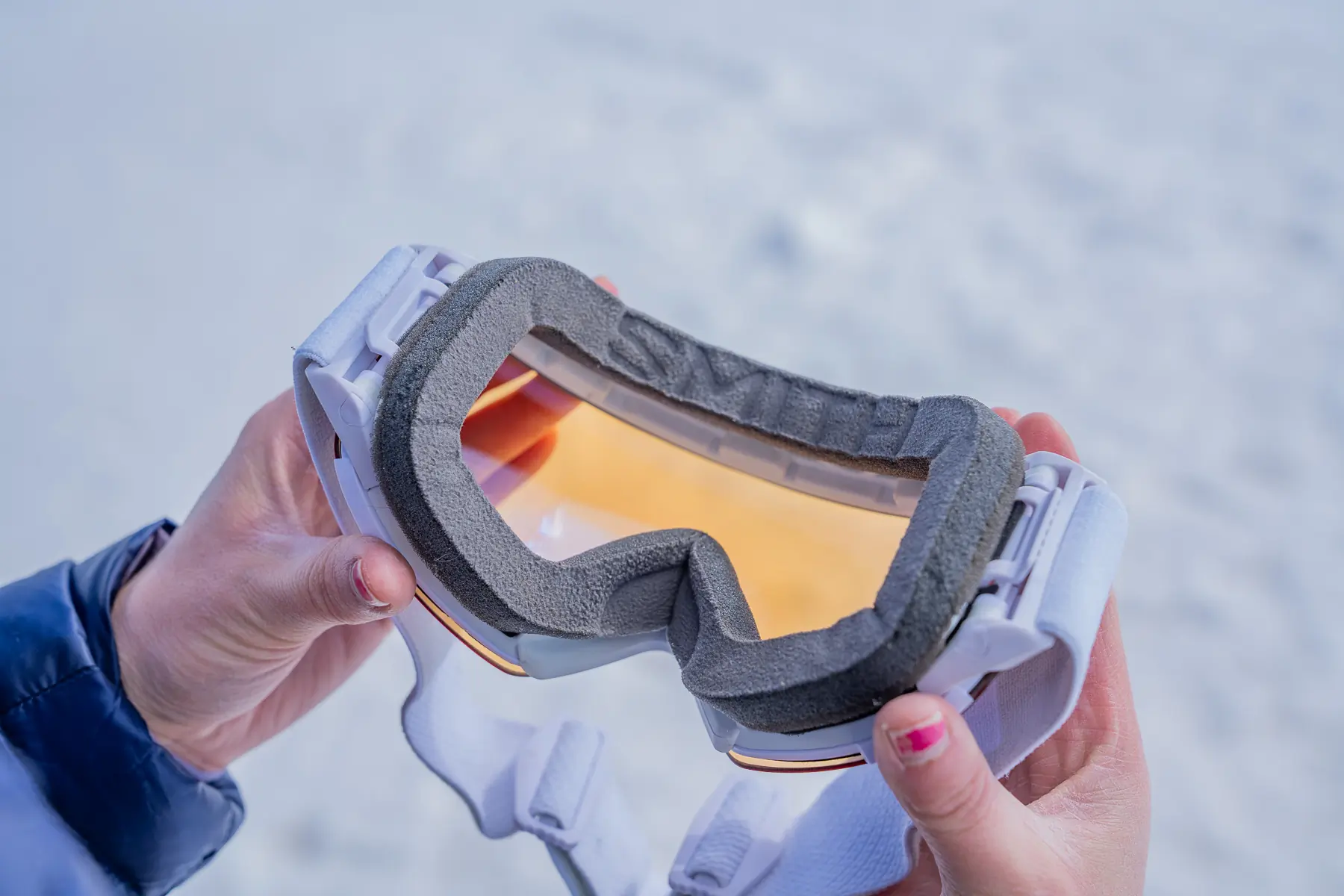



Vents & Foam
All ski goggles have some venting, and most work well. Maintain the foam over the vents, which can ice up or hold moisture on a powder day, and that’s a likely way to get fogged goggles. So, you’ll want to keep the padding clear of snow. But be careful: We’ve damaged our foam while removing snow. That stuff isn’t bombproof.
But the Dragon NFX OTG goggle has an innovative design that helps eliminate this issue: While there’s still a layer of foam against the skin, a durable, perforated vent system (called “armored venting”) is in front of the foam. If ice or snow builds up, you can bang the goggle against your hand to get all the elements out without the risk of a tear.
Higher-priced goggles tend to have sturdier foam around the face and over vents, facilitating better airflow.
Face coverings can also cause fog, which even the best vented goggles struggle to combat. Whether you layer a thin face mask under the goggle foam or keep the face mask ajar and on the exterior, just be aware that your exhalation could get funneled up to the lens.
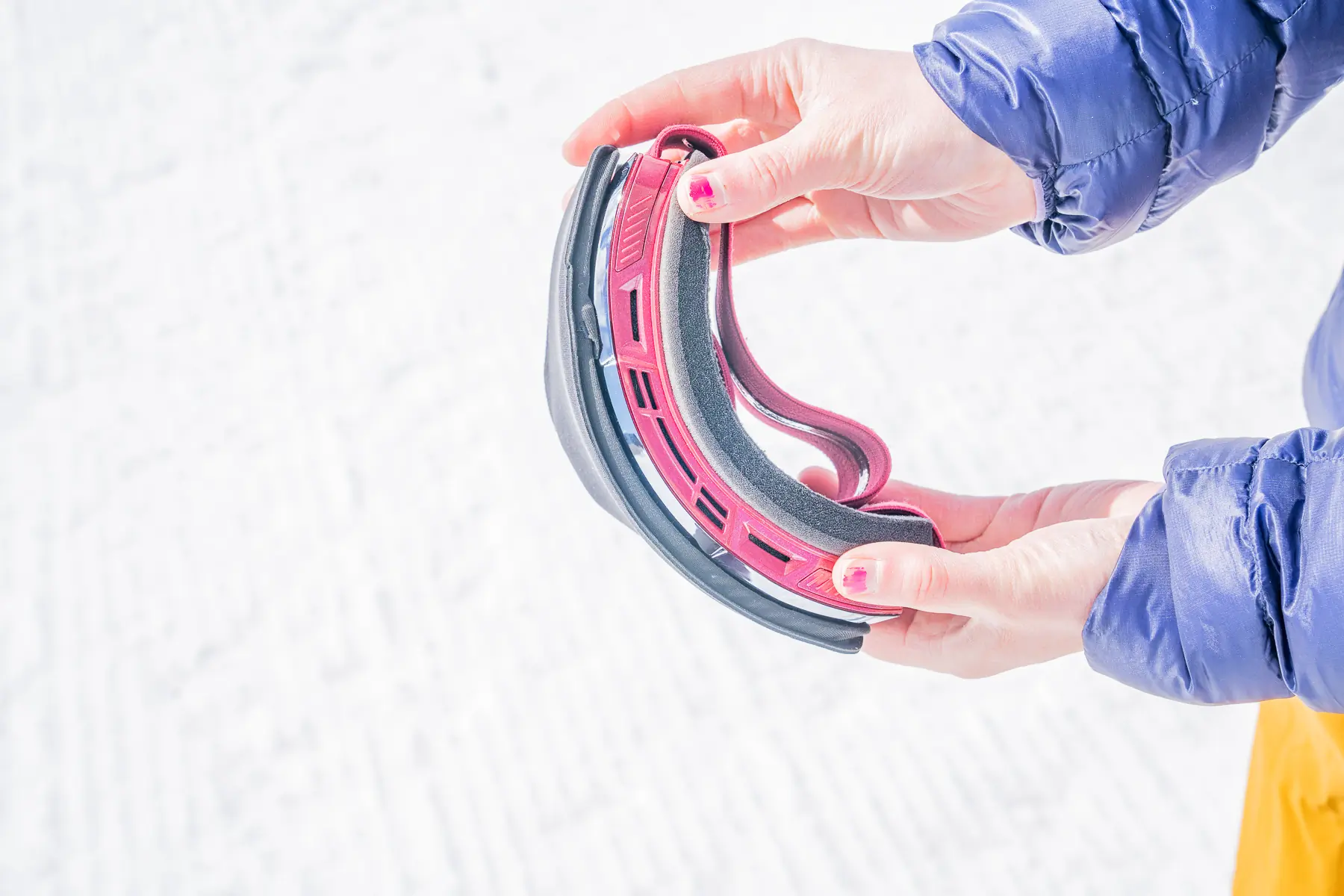



Uphill Goggles & Sunglasses
Generally, goggles are too enclosed to wear while working up a sweat on the skin track, which leads to fog buildup. Julbo has a unique technology called the Super Flow Pro that allows wearers to pop forward the lens, enabling airflow and warm vapor to escape. But in other instances, backcountry tourers use sunglasses and a hat on the ascent and then transition to a helmet and goggle for the descent.
You can wear oversized sunglasses with plenty of coverage that provide airflow for adequate protection. When not testing goggles, GearJunkie Tester Bergen Tjossem prefers wrap-around sunglasses for 90% of each ski tour — for the climb and the downhill. But he always packs goggles as a backup for poor lighting, especially on stormy days when shades won’t cut it.
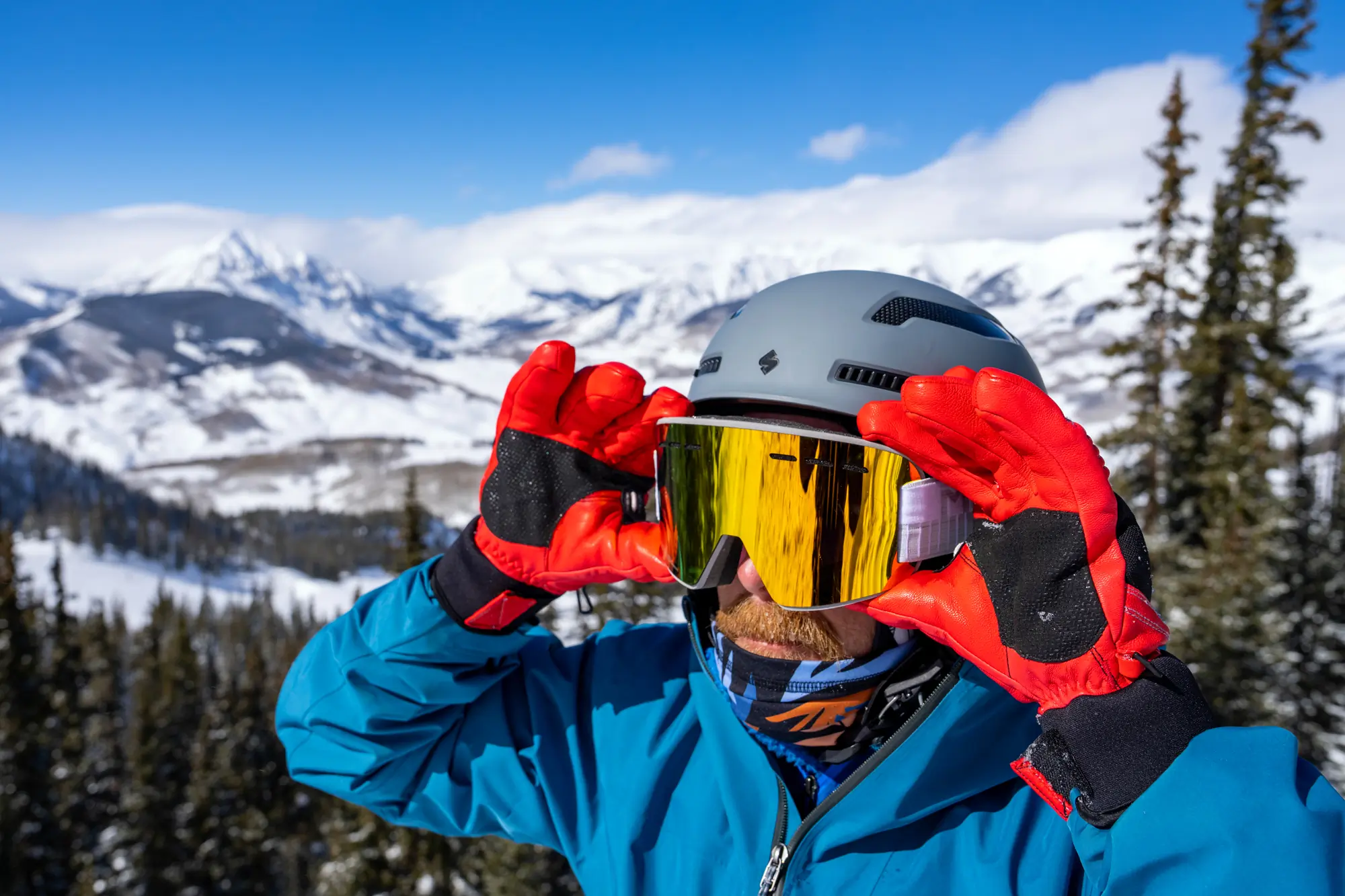



Sustainability
We’re seeing a handful of goggle brands, like Opolis, Scott, Zeal, Bollé, and Coral, use materials and manufacturing practices that are less harmful to the environment.
Recycled Textiles
Using recycled polyester, like in the strap of the Bollé Eco Torus — which has 65% recycled polyester and integrates 100% recycled patches — is a good start for softening a manufacturing footprint without the risk of performance tradeoffs. Scott has likewise produced recycled goggle straps.
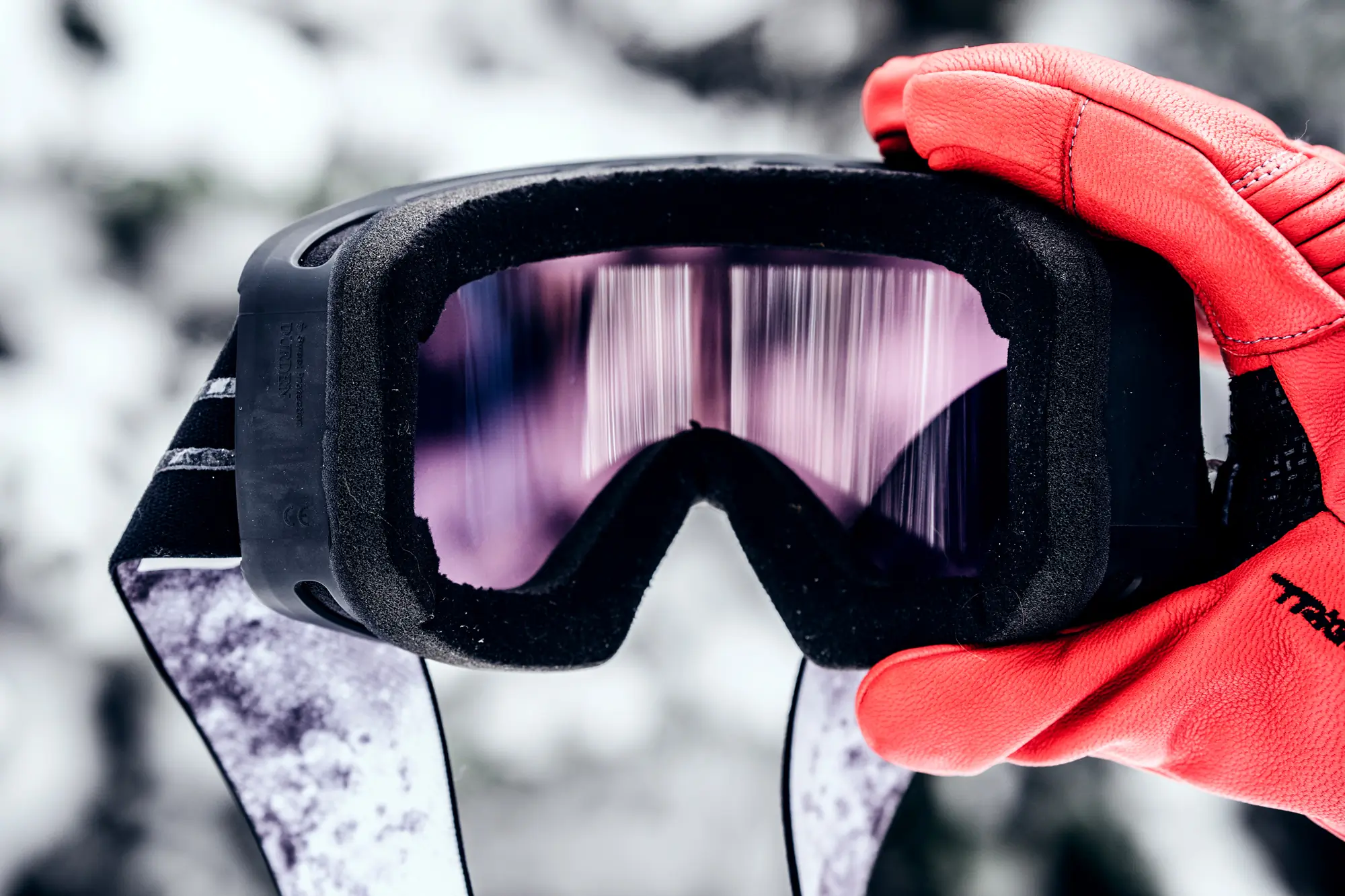



Recycled Plastic
Some brands use recycled materials instead of virgin plastic to create the goggle frame, which entails various methods. Specific models use rPET (recycled polyethylene terephthalate) sourced from plastics from recycling waste or preconsumer waste. Pioneering StokedPlastic, Opolis has partners in Bali, Manila, and Nairobi to collect plastic bottles from beaches, oceans, and landfills.
That recovered plastic is blended with plant-based castor oil and manufactured into the parts of the goggles. For select Scott goggles models, the brand has previously collected retired and used Scott goggles to recycle the frames into new ones.
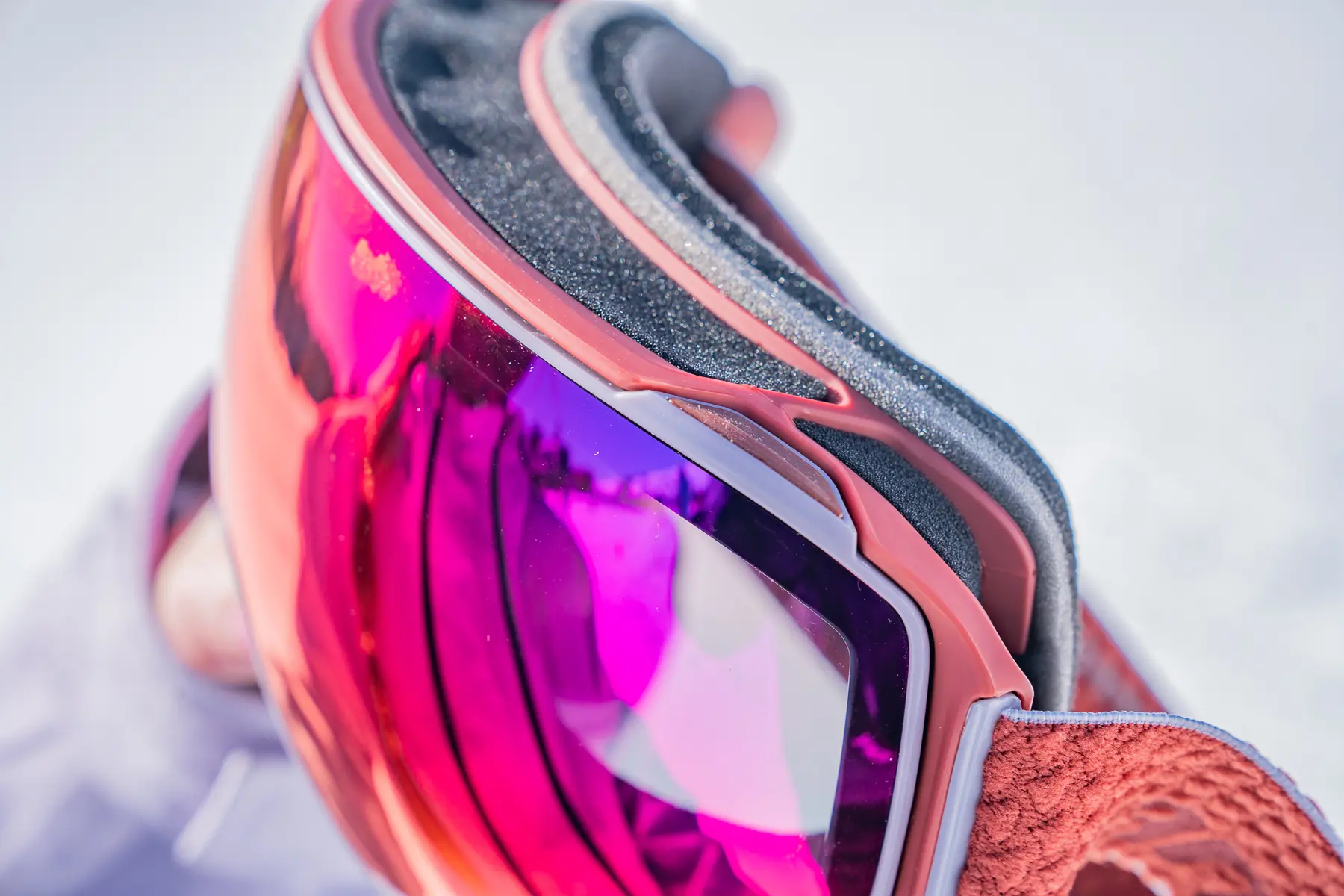



In 2023-2024, Bolle launched an ongoing sustainability initiative for the brand’s goggles and helmets. This initiative entailed partially recycled straps, recycled patches, and bio-based frames and adjusters made from renewable castor oil. Bolle’s goal is for more than 20% of each product to contain recycled or bio-based materials.
Lenses & Recycling
We are unaware of any brands that have cracked the nut for recycled or bio-based lenses, but we’ll update this guide when we do.
When snow goggles reach their end of life, we’d love to see trade-in and recycling programs offered by goggle brands so that fewer goggles end up in the landfill. For creating sunglasses, Opolis developed Bio-Acetate, a group of plant-based polymers derived from natural materials such as hemp, red pulp, and cotton seeds. The organic solution replaces the phthalate-based plasticizers, and the material biodegrades in 115 days versus 400 years — it’d be sweet to see goggles made with similar stuff.


Price & Value
Our choice of snow goggles typically costs $90 to $320. There are cheaper and more expensive goggles available, but after ample testing, we think that the vast majority of skiers and riders will find what they’re looking for in this price range.
Budget: Pocket-Friendly, Pliable Ski Goggles
All ski goggles protect your eyes from flying objects, cold air, and sunshine — and they do it well. But under $100, you usually lose out on vision-enhancing tech, extra lenses, or sustainable materials. You’ll likely also miss coatings that prevent scratches, smudges, glare, and fog. The lens change system also tends to be somewhat clumsy or nonexistent. And the fit can be funky with a ski helmet.
But these options can be an economic back up. The frame might be pliable and good for stashing in a pocket like on the Marker Smooth Operator ($90), which doesn’t have vents but has a lens that’s anti-fog treated.
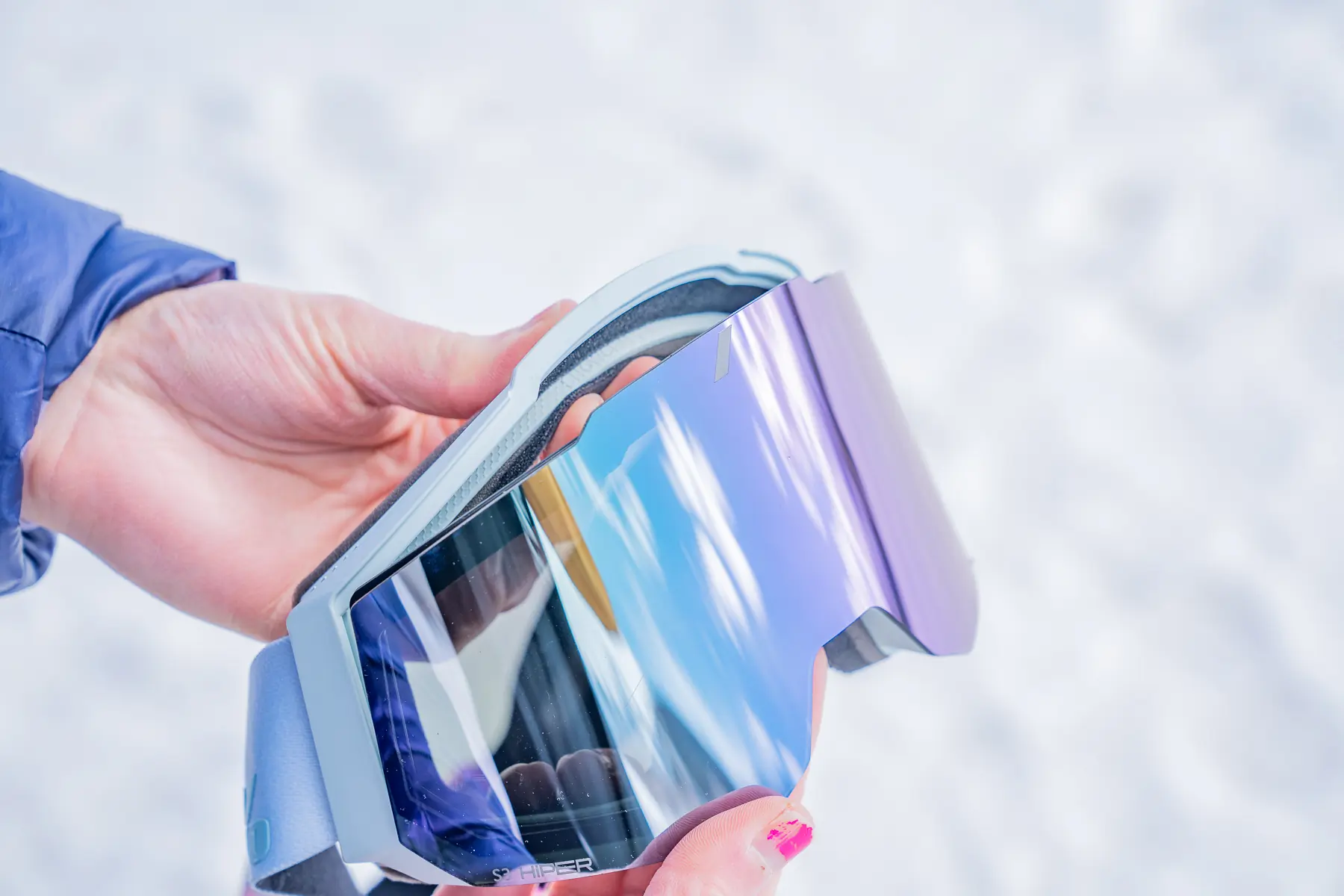



Mid-Tier: Comfortable & Crisp Ski Goggles
Goggles in the $100-200 range typically have crisper optics and sometimes an extra second lens. The frame and foam are usually more comfortable and compatible with a helmet. The lens is often treated with various products to improve clarity, prevent scratches and smudges, and ward off fog. Some lenses are only treated on the exterior surface, while others include a second coat on the interior, which costs more.
Each lens design features fancier technology, including polarized, mirrored, interchangeable, and magnetic options. The Giro Revolt ($150) is a solid pick in this range: It includes two lenses, a cylindrical shape, and solid optics with enhanced contrast, even if the lens swap is a bit of a challenge.
The slightly pricier Sweet Protection Durden RIG Reflect Goggles ($150) skip the bonus lens but sport excellent optics with bumped-up contrast plus stellar scratch resistance.




Premium: Two Lenses, Photochromatic, Magnetic Connection
Resting on the $200-$320 shelf, these premium snow goggles pull out all the stops. Most goggles include two lenses that cover the full lighting spectrum, which the brands enhance for contrast or vibrancy. This price tier is where a spherical lens shape and photochromatic lens upgrades pop up, like for the Smith I/O MAG ($283), which hosts an exceptionally easy-to-use magnetic attachment system.
There’s a refined lens swap system, well-designed vents, and high-quality foam at this level. The POC Nexal Goggles($230) are another excellent contender with two high-quality lenses.
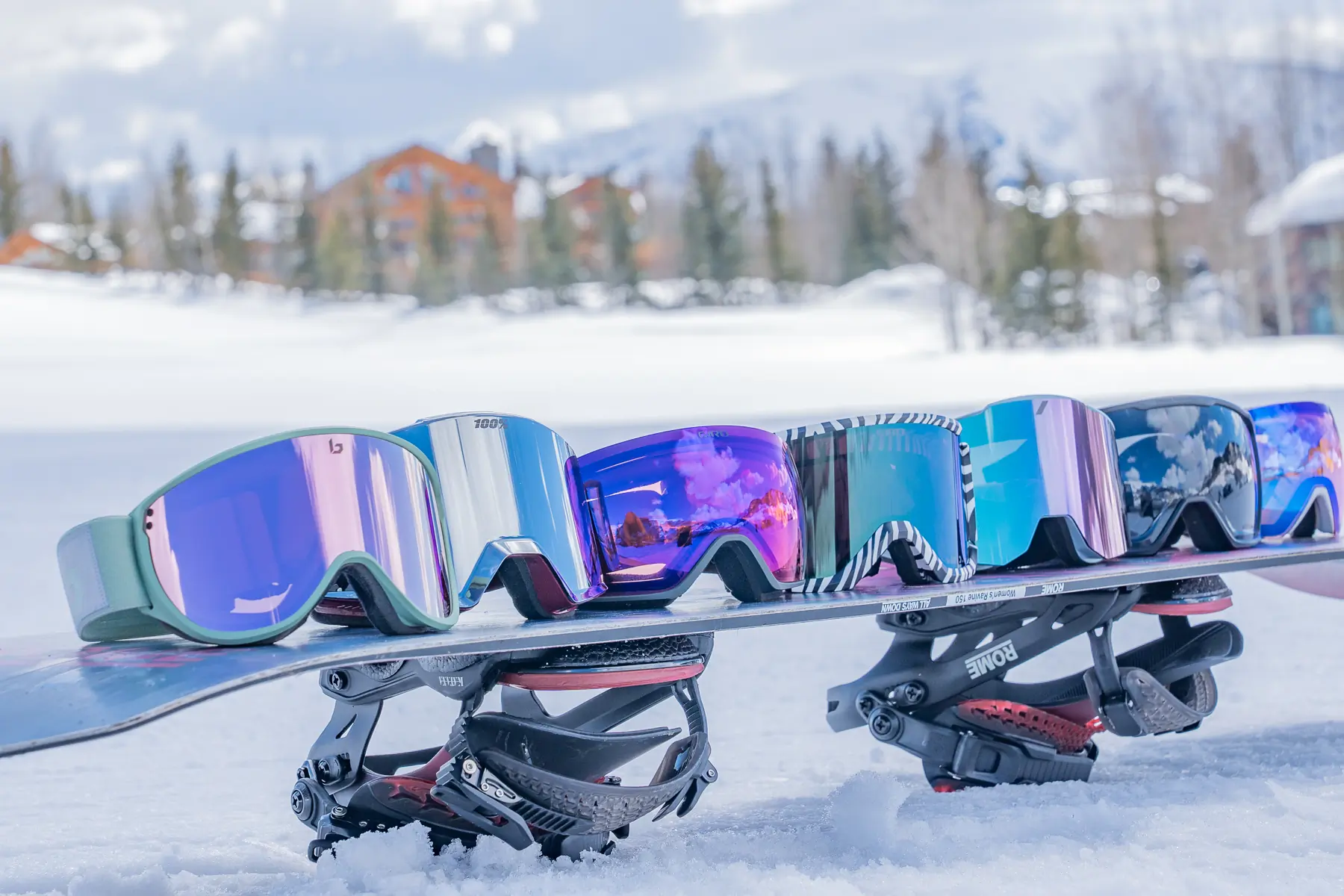



Frequently Asked Questions
There is no best color for ski goggles because different colors work better in various conditions. In low or flat light conditions (like cloudy days and snowstorms), goggles with rose or amber lenses will help increase contrast the best.
Most skiers choose a darker lens for bright, sunny days and may opt for a gray color, although many will still retain a rose or amber tint. Night skiing requires extreme light transmission so that most skiers will choose a nearly clear lens, possibly with a yellow or rose tint.
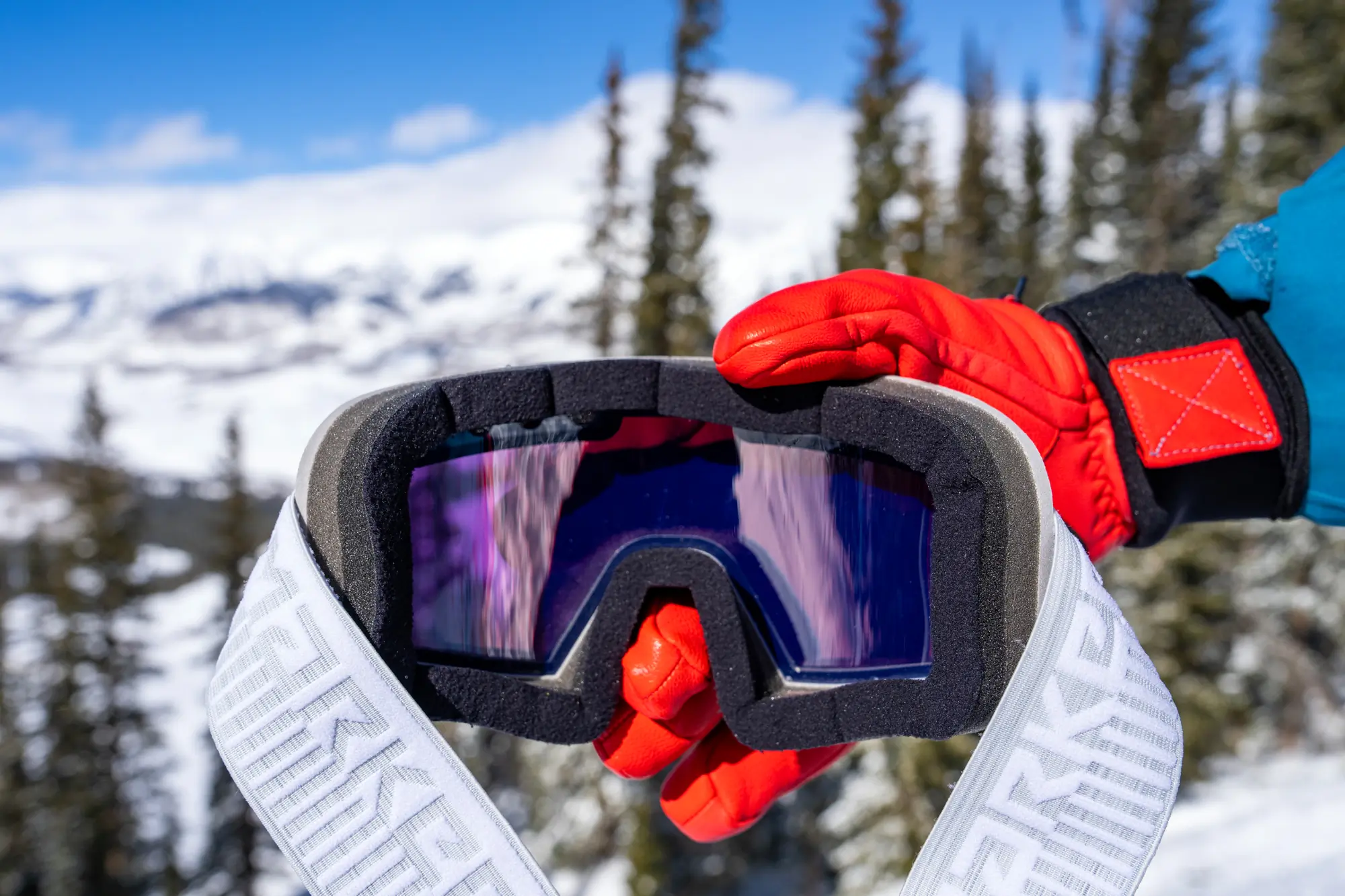



Choose lenses with a high VLT for low light. Snow goggles with yellow, amber, or rose lenses will help enhance contrast for low-contrast situations.
Photochromatic lenses are an excellent choice for those who want a lens for varied conditions. They allow one pair of goggles to meet most needs without changing lenses. They also help you maintain visibility throughout changing light conditions caused by shifting weather and terrain.
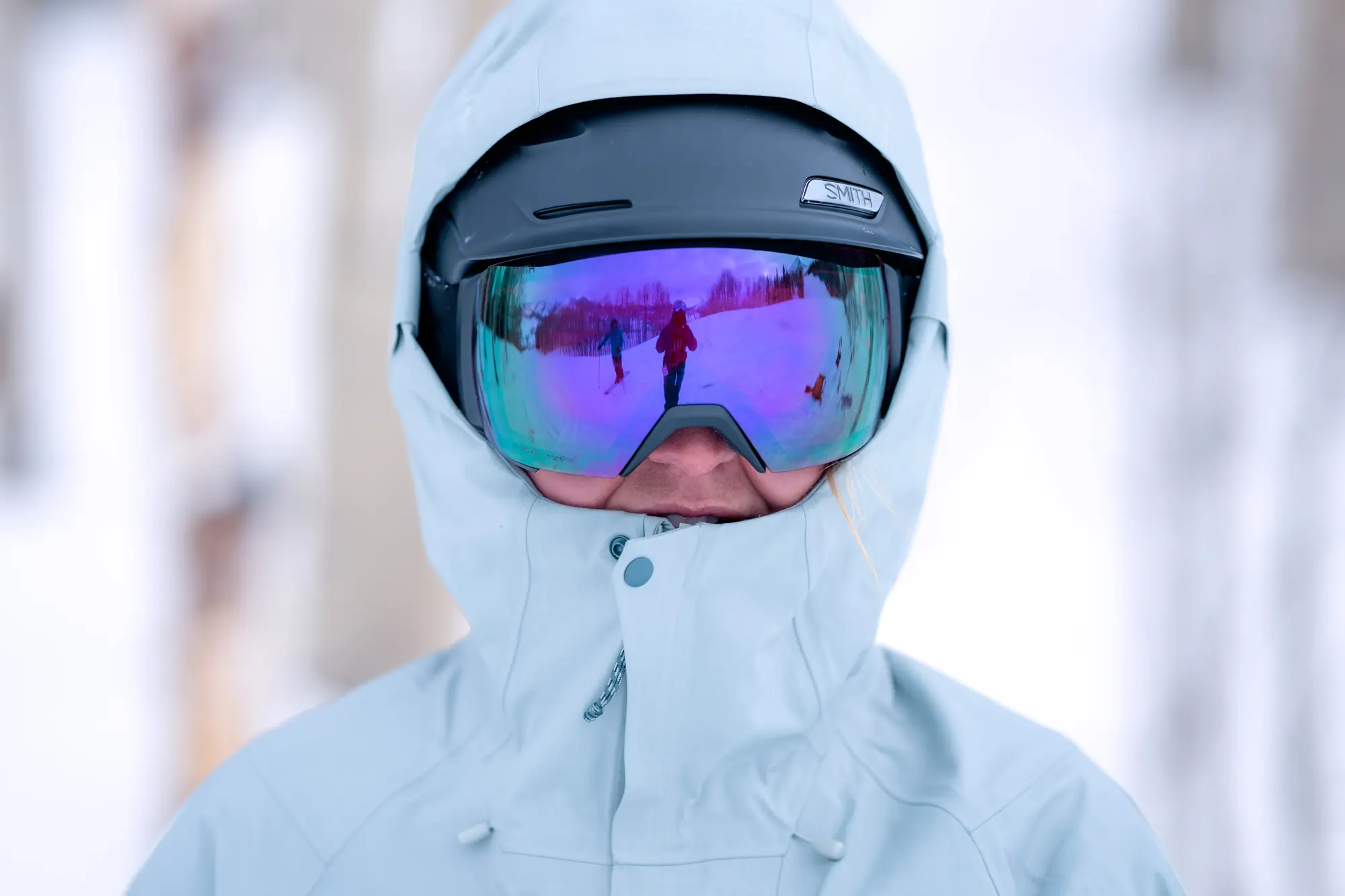



Spherical lenses, like those found in the Zeal Cloudfall, and four-dimensional lenses — with a curved bottom portion for a wider field of vision — give skiers the biggest field of view, which equates to better vision at the edges of the goggles. They also provide the least distortion compared with cheaper cylindrical lenses. Look for goggles with the widest field of view while fitting your face and helmet well.
However, taking inspiration from a spherical and cylindrical design, toric lenses maximize the peripheral field of view and the vent volume.
With proper care, a good pair of ski goggles can last for several years. However, as with most optics, the most significant risk is scratching the lens or smearing off coatings that help prevent fog. Only touch the lens with a soft, clean microfiber cloth or cotton material to avoid scratching. Be careful when brushing off snow with rough gloves or jackets.
One benefit of an interchangeable lens system is that you can often buy lenses separately, so you can get replacements if you scratch your lens at a fraction of the cost of a new pair of goggles. Quality frames and foam should last for many years on the mountain.
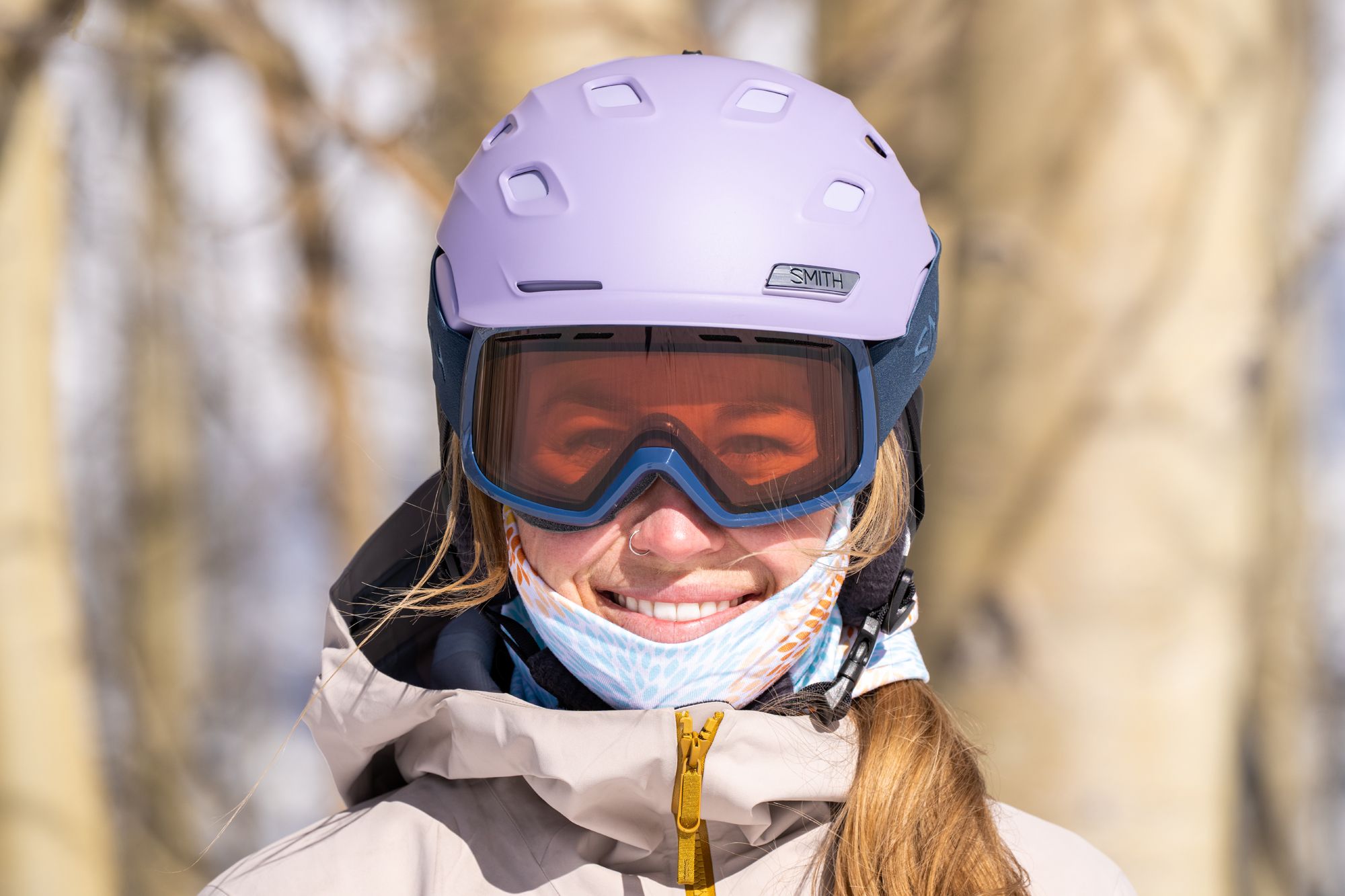

There are so many companies making incredible ski goggles these days. We trust our face and eyes to every brand on this list. While there isn’t a supreme brand, there will be brands that suit your particular needs and ski goggle specifications more closely.
Beyond brand recognition, look at the construction and details of a goggle — including the lens, size, lens attachment system, and lens coatings like anti-fog treatment — before taking your pick.
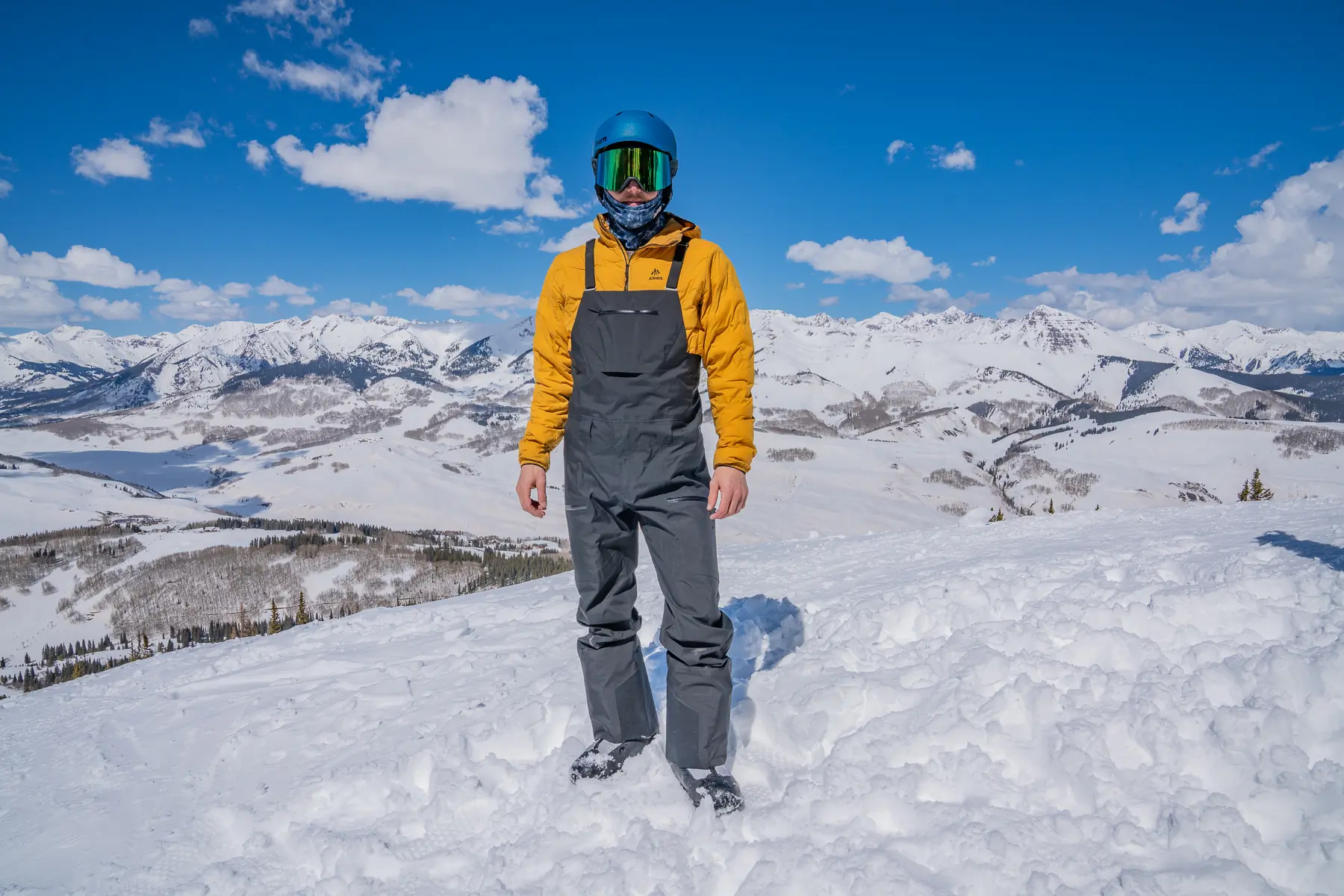

The Best Men’s Ski Bibs of 2025-2026
Whether you ski, snowboard, snowmobile, or splitboard, we’ve found the best men’s ski bibs.
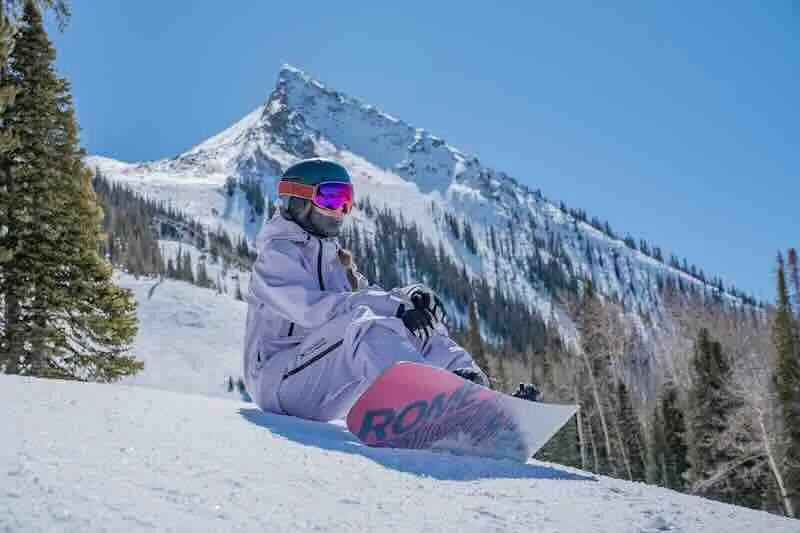

The Best Snowboard Jackets of 2025-2026
From the ski resort to the backcountry, we tested and found the best snowboard jackets for all conditions and budgets.
